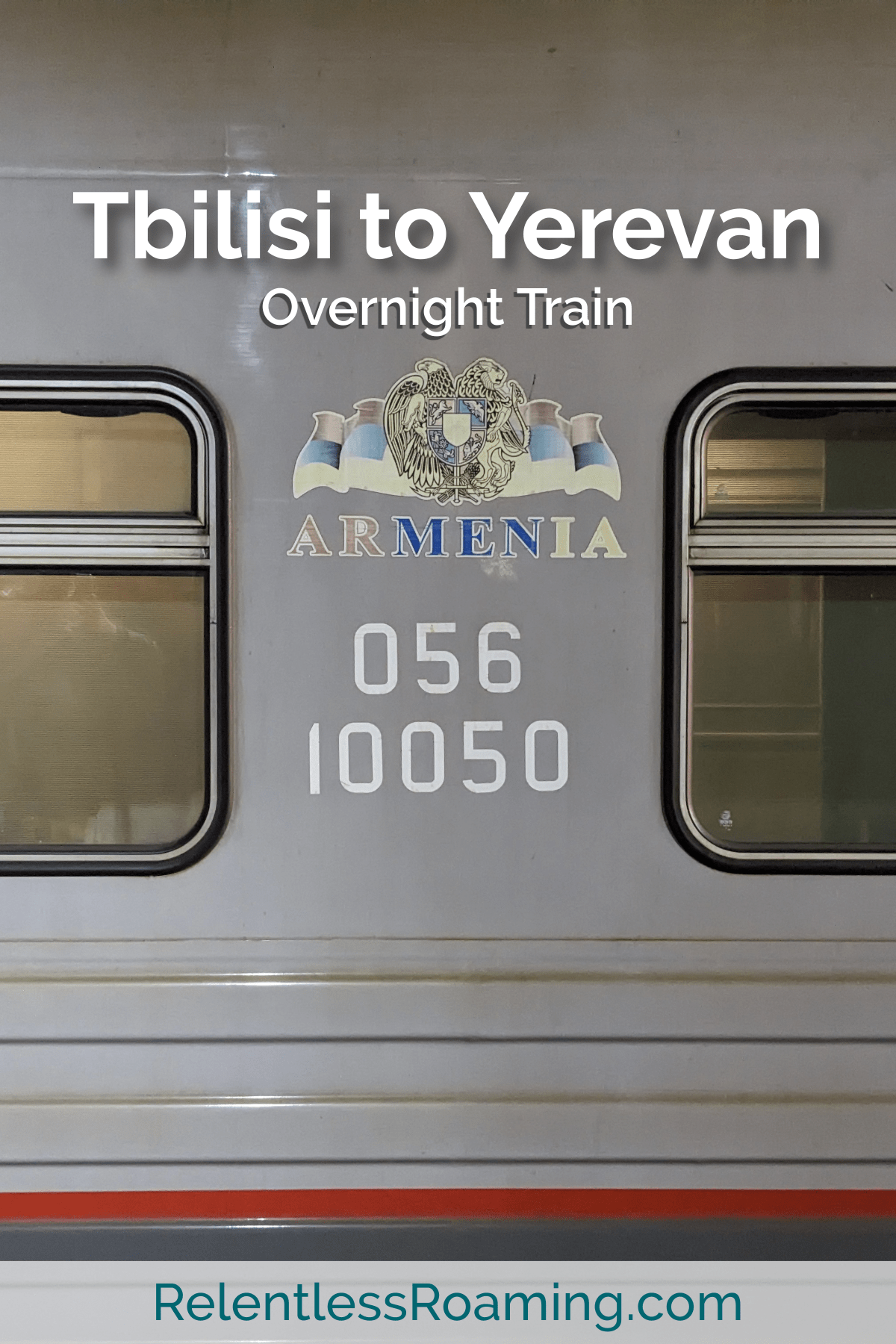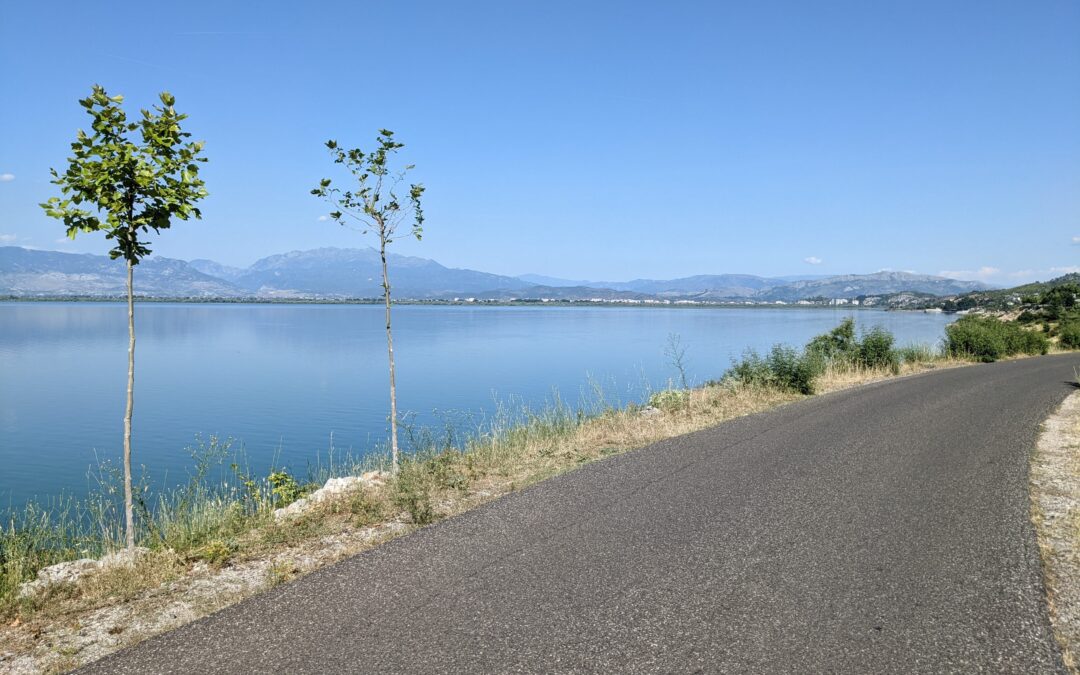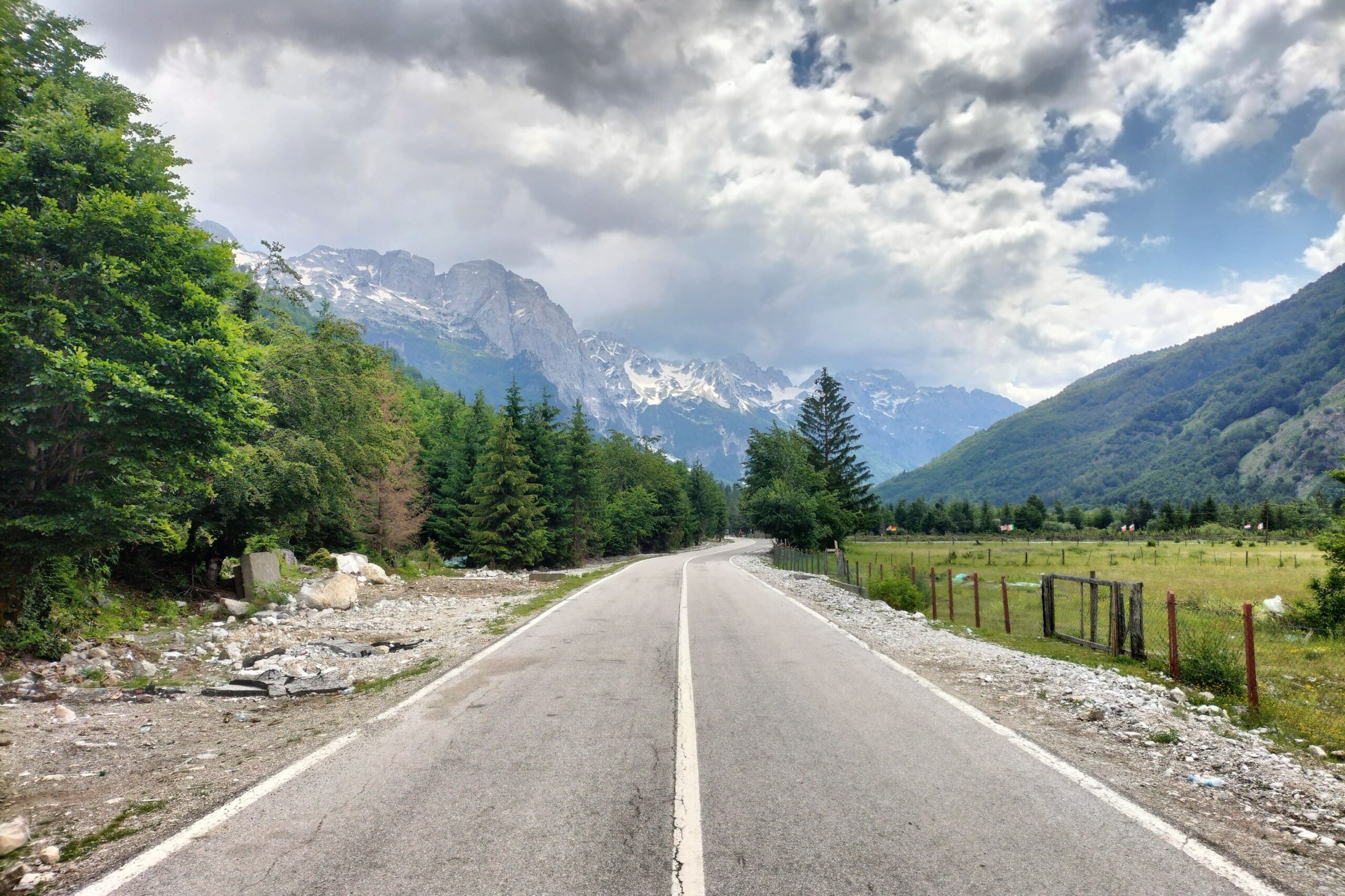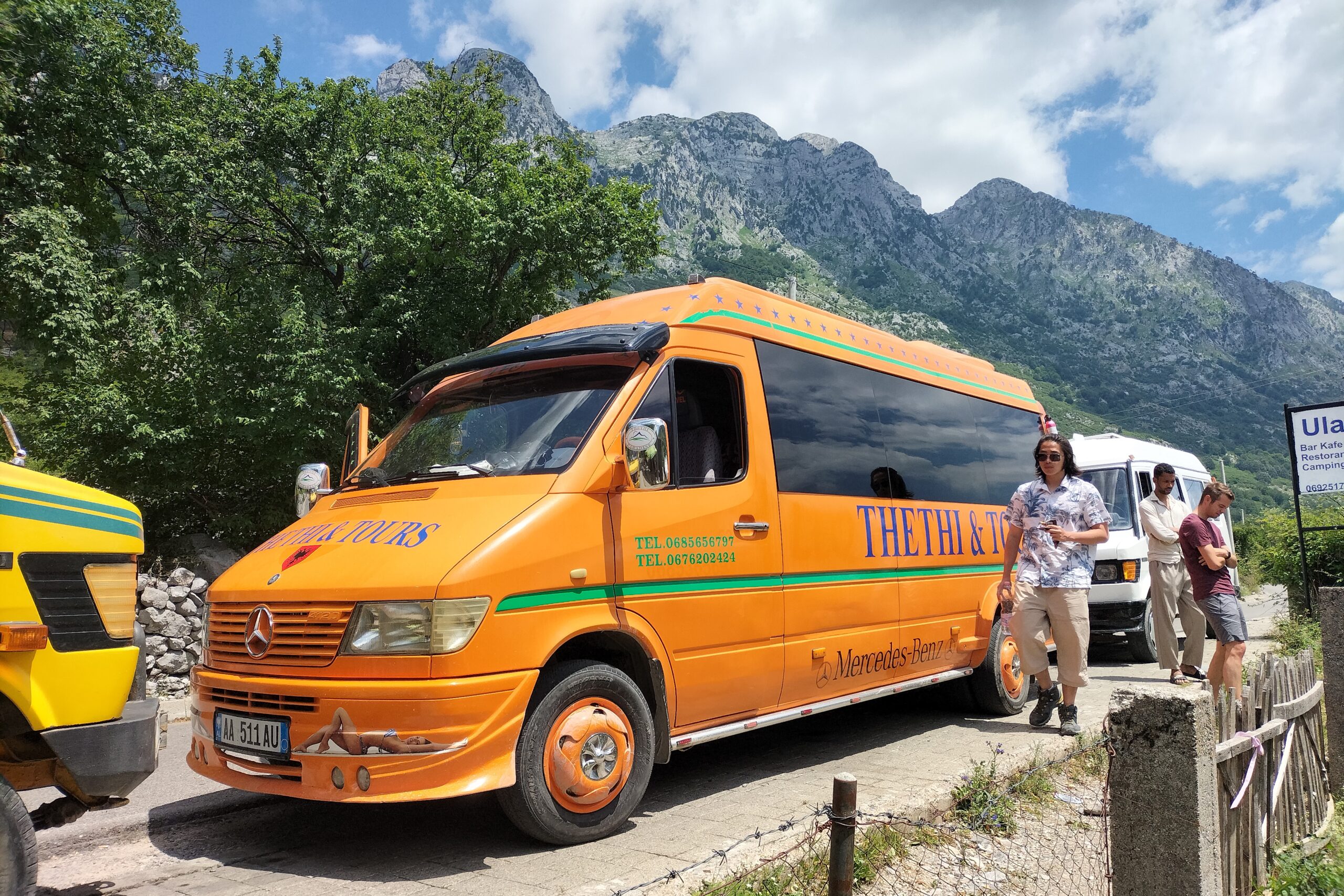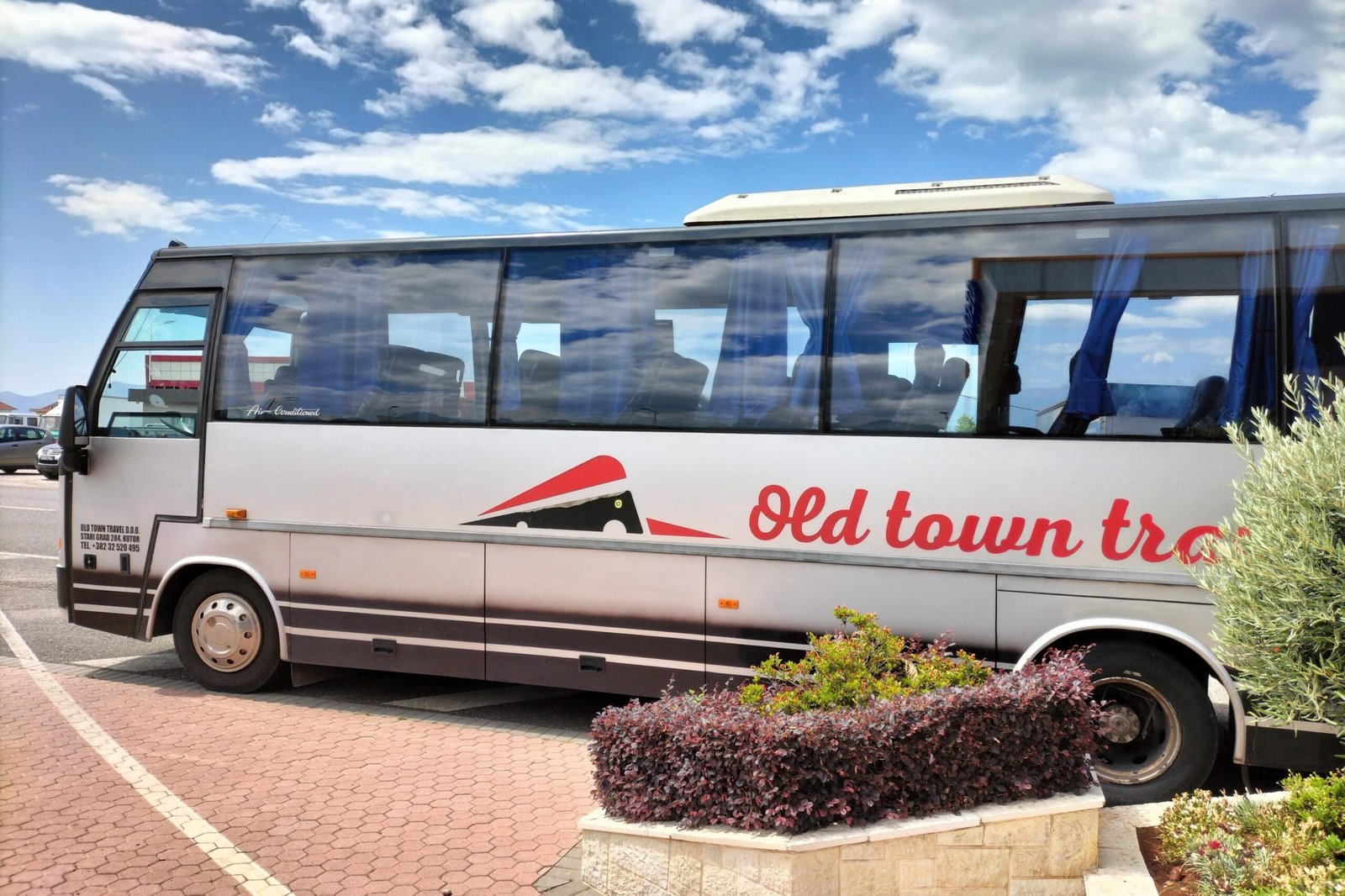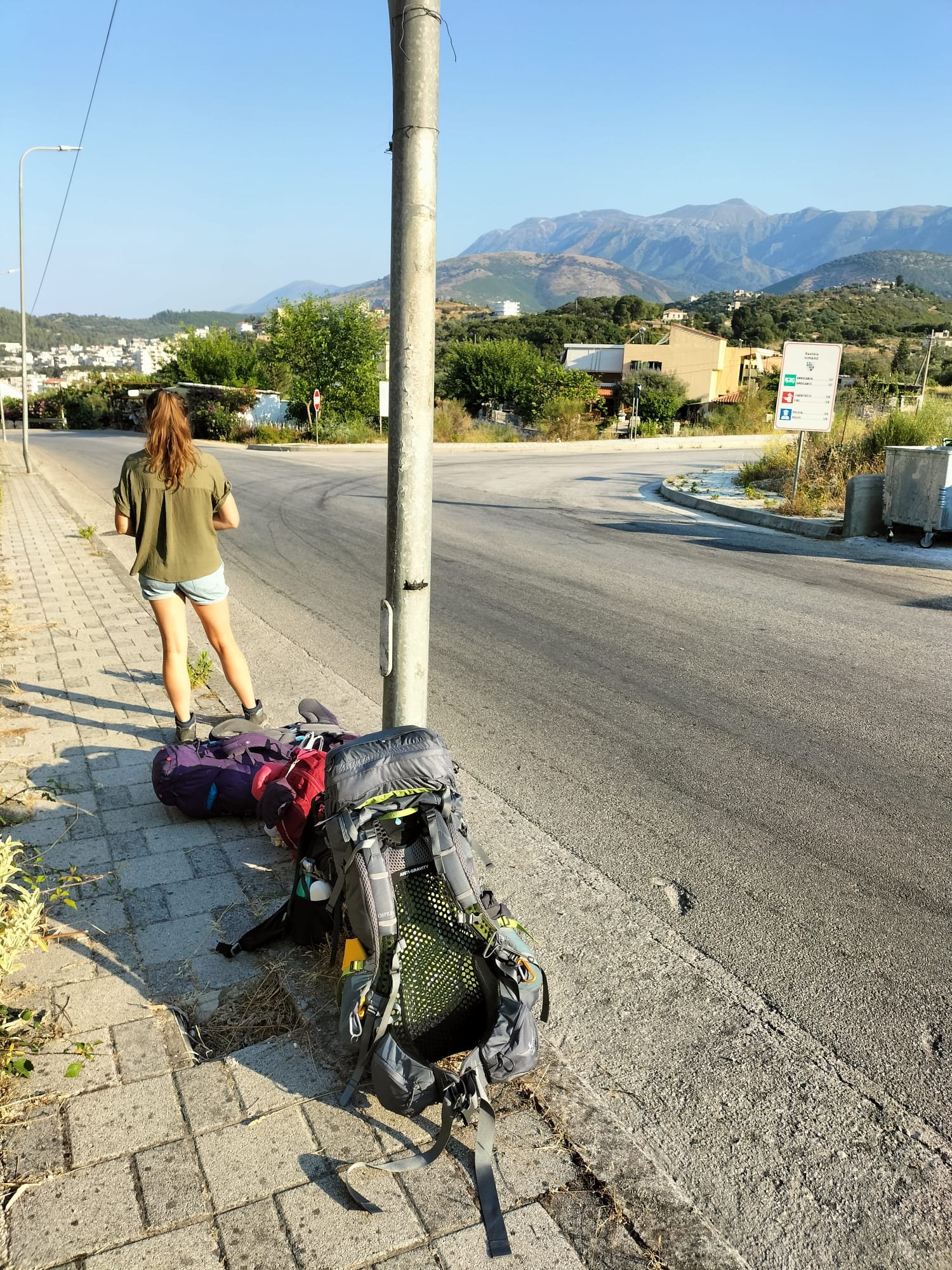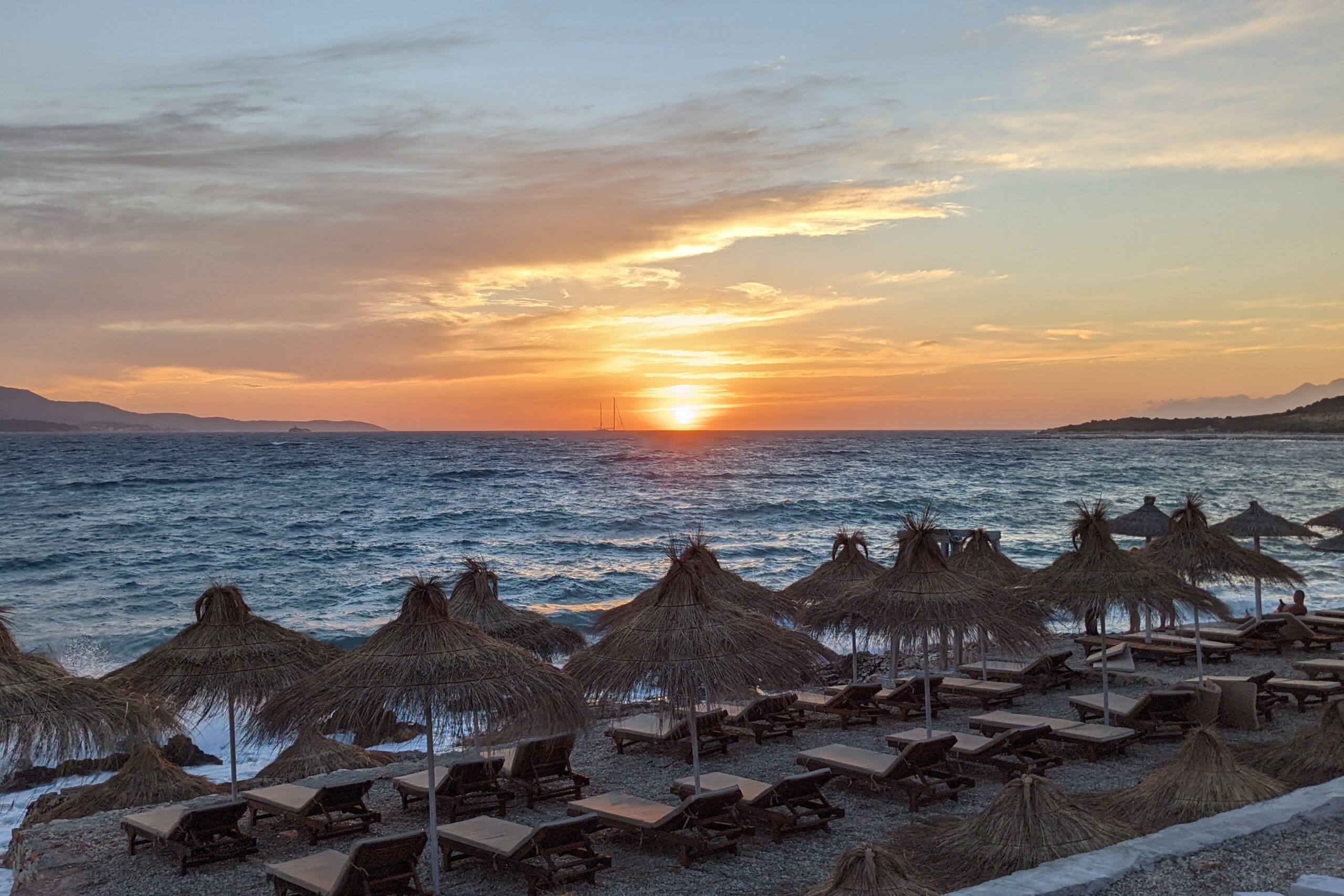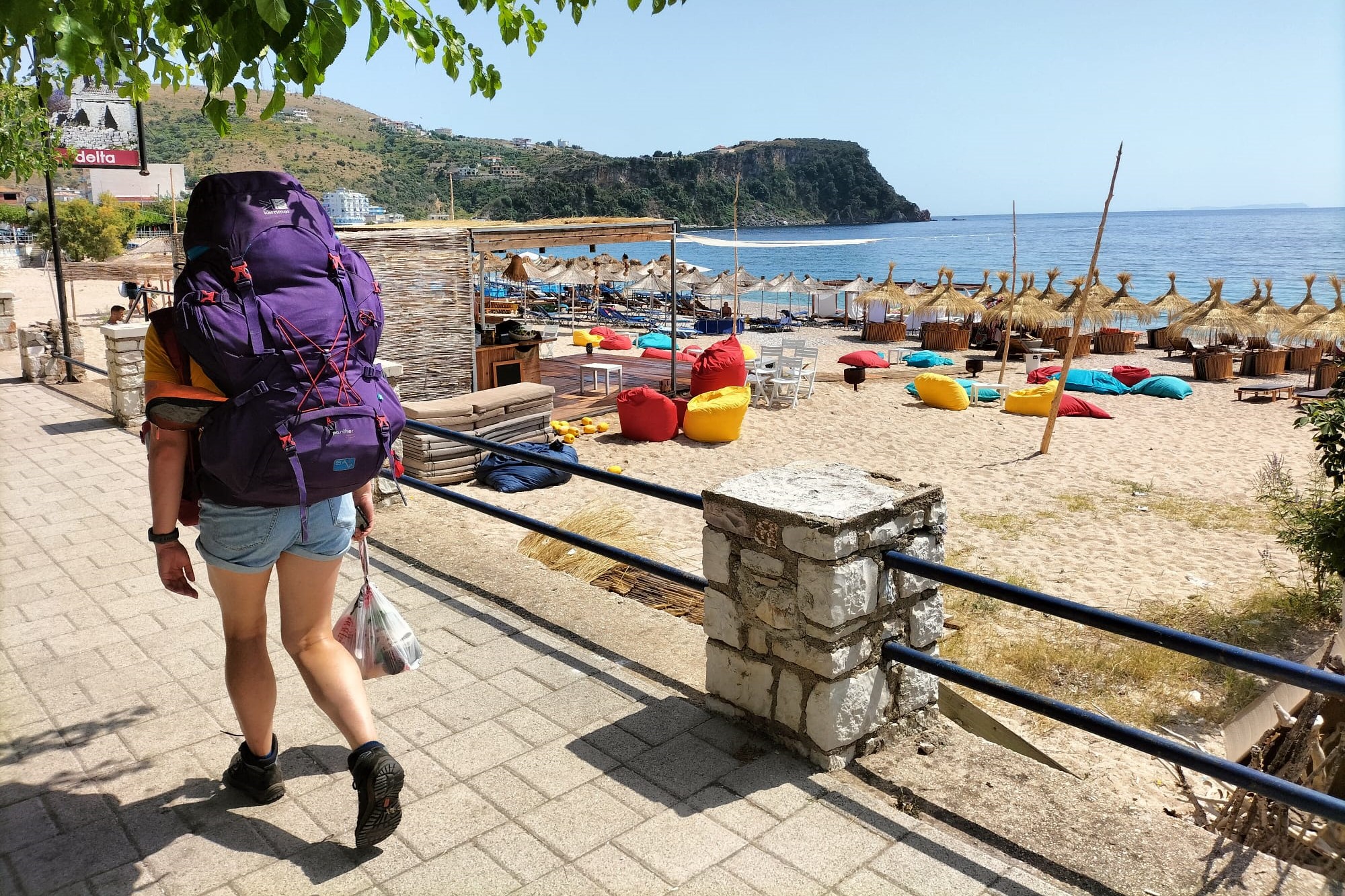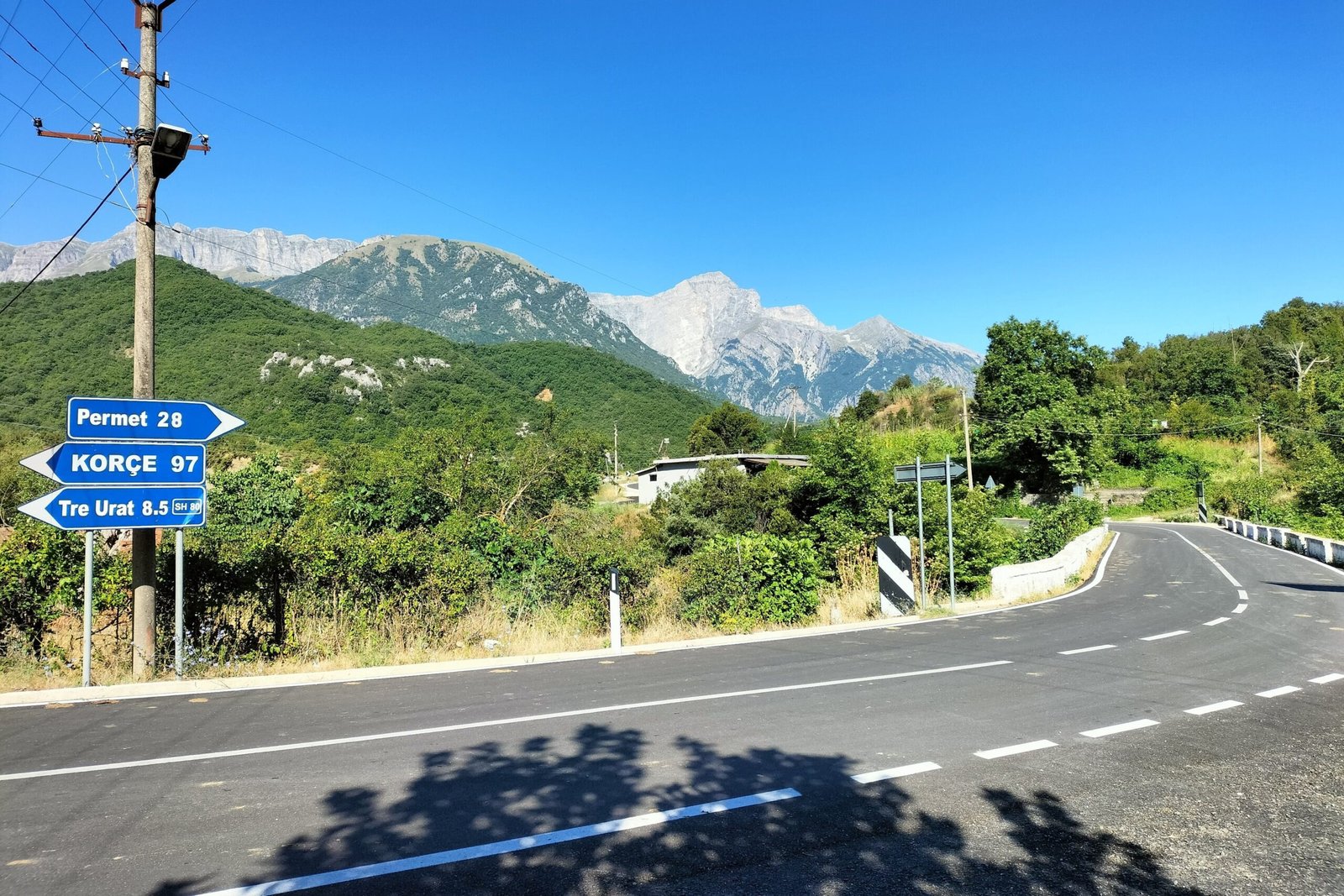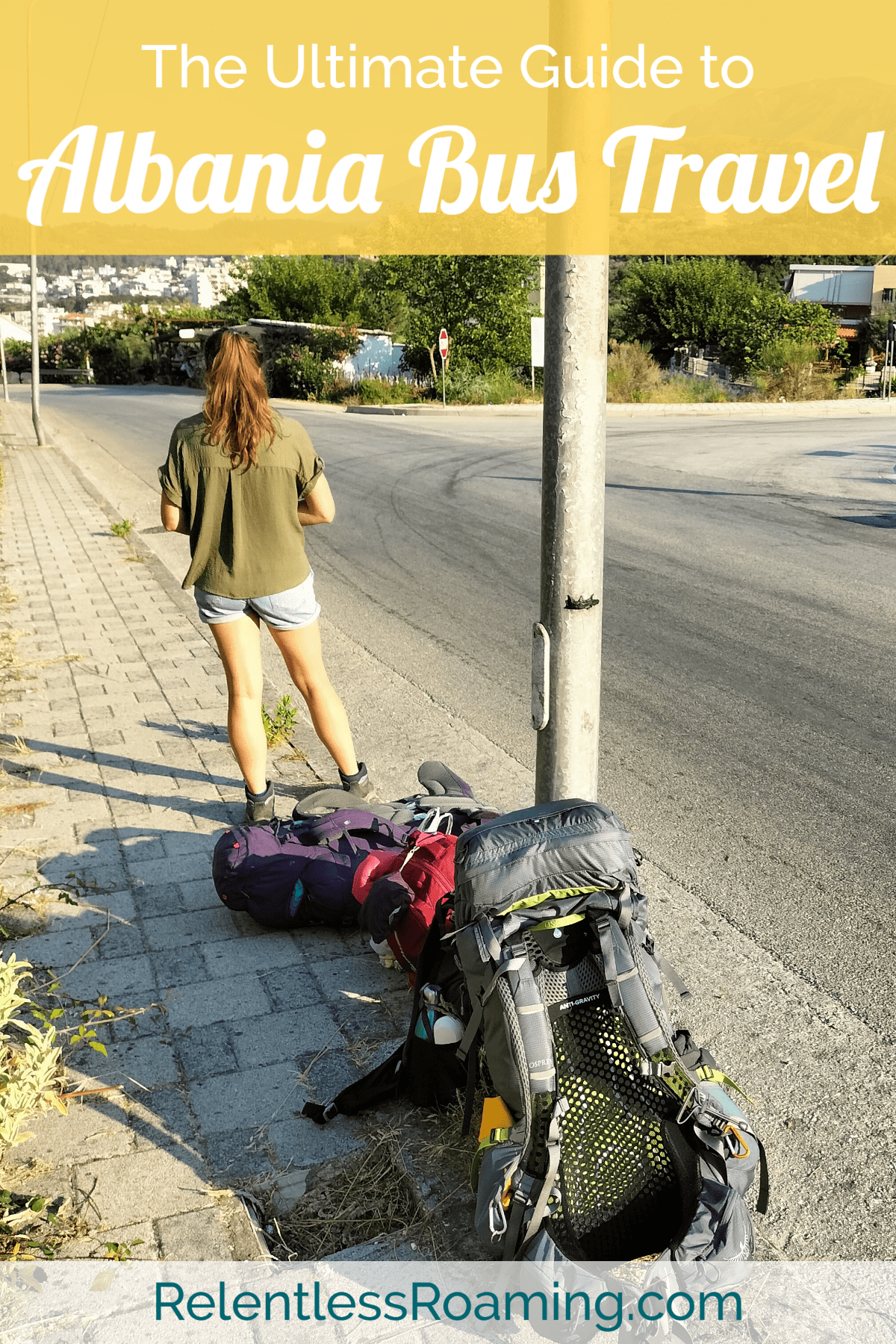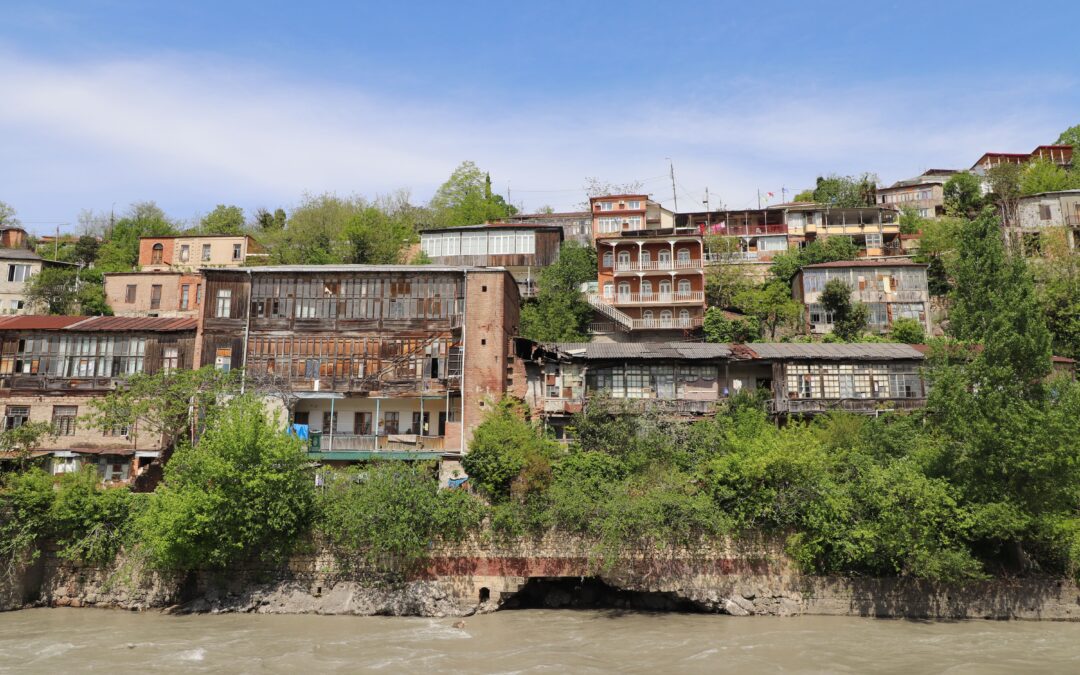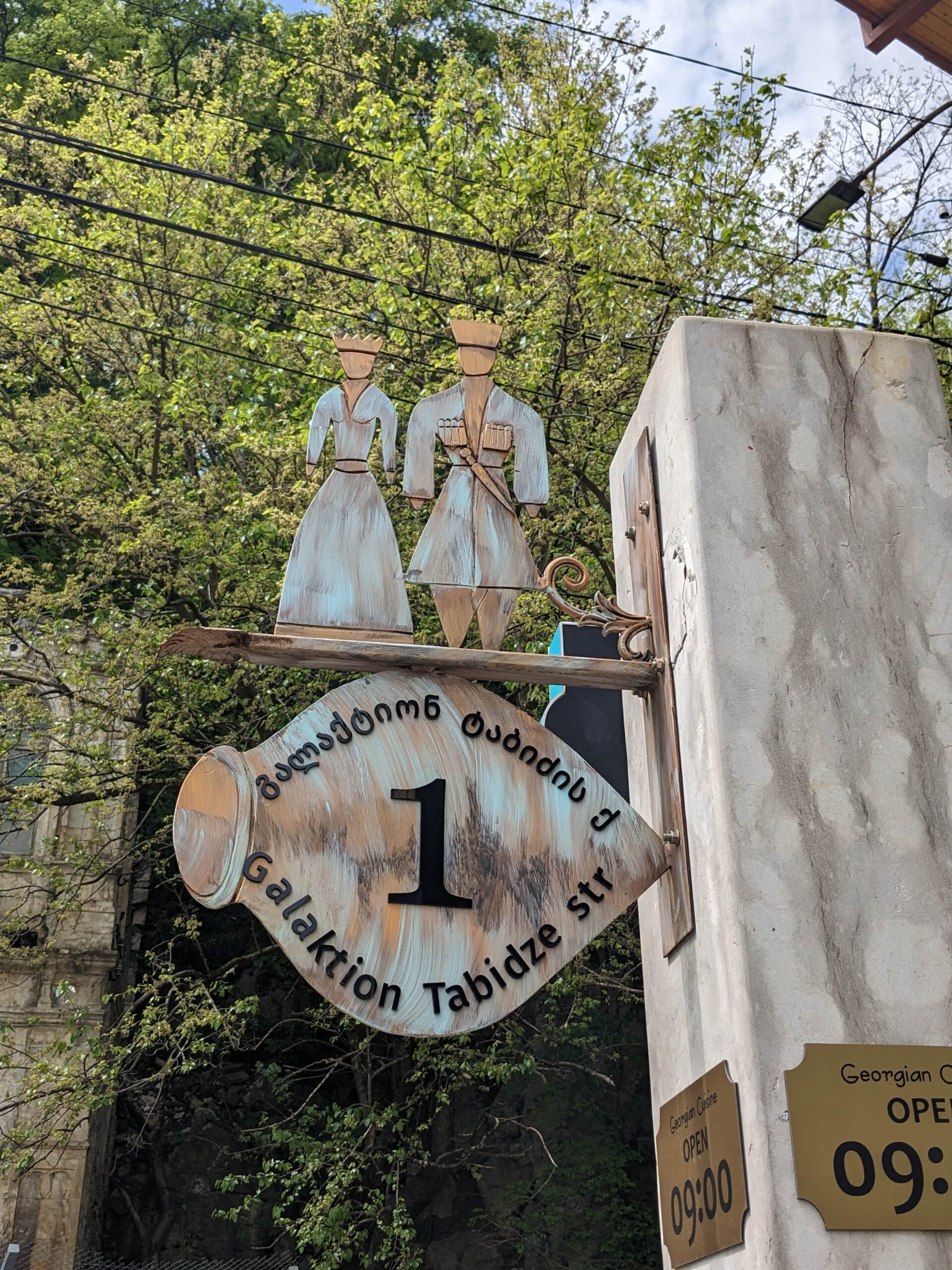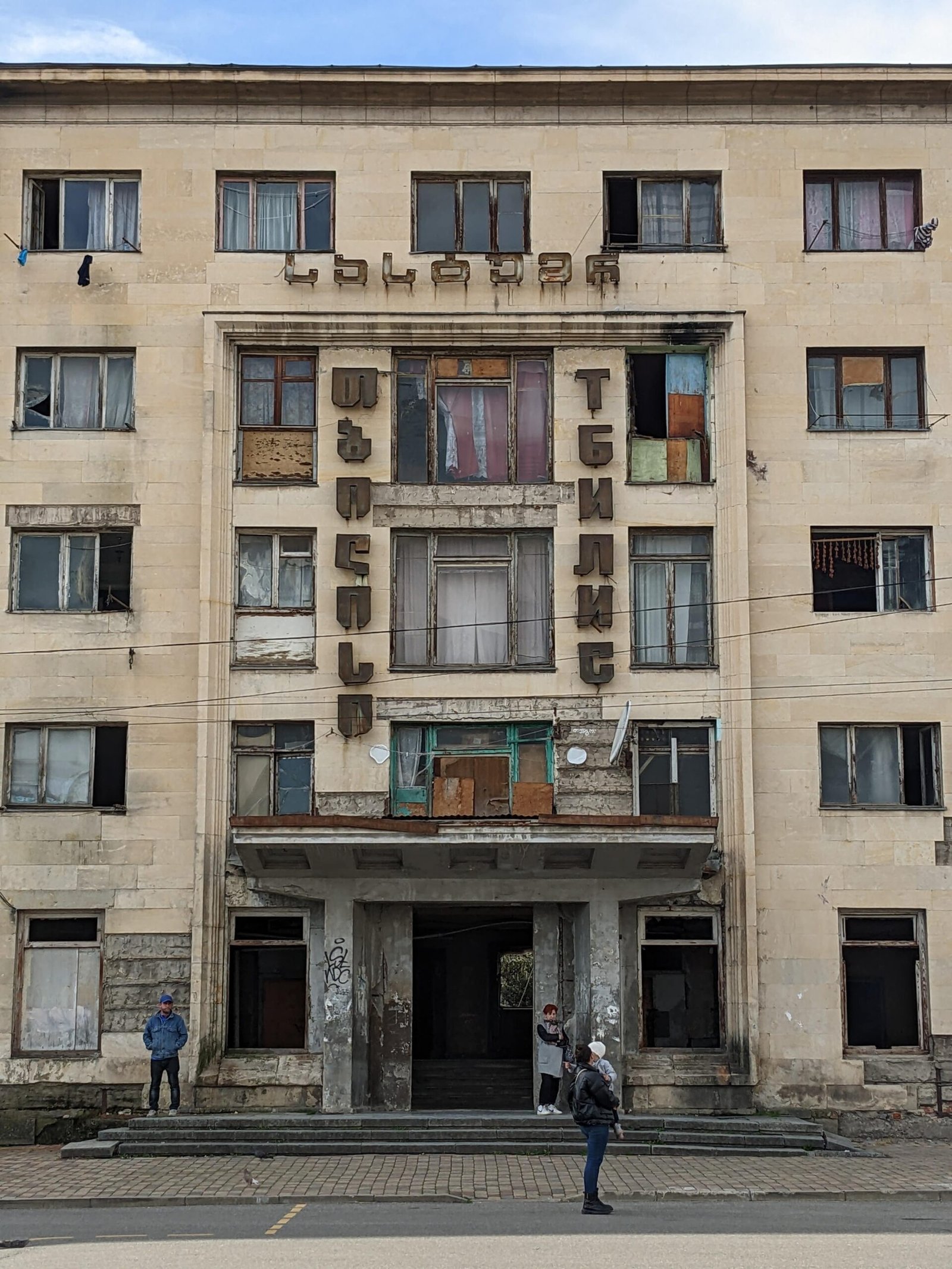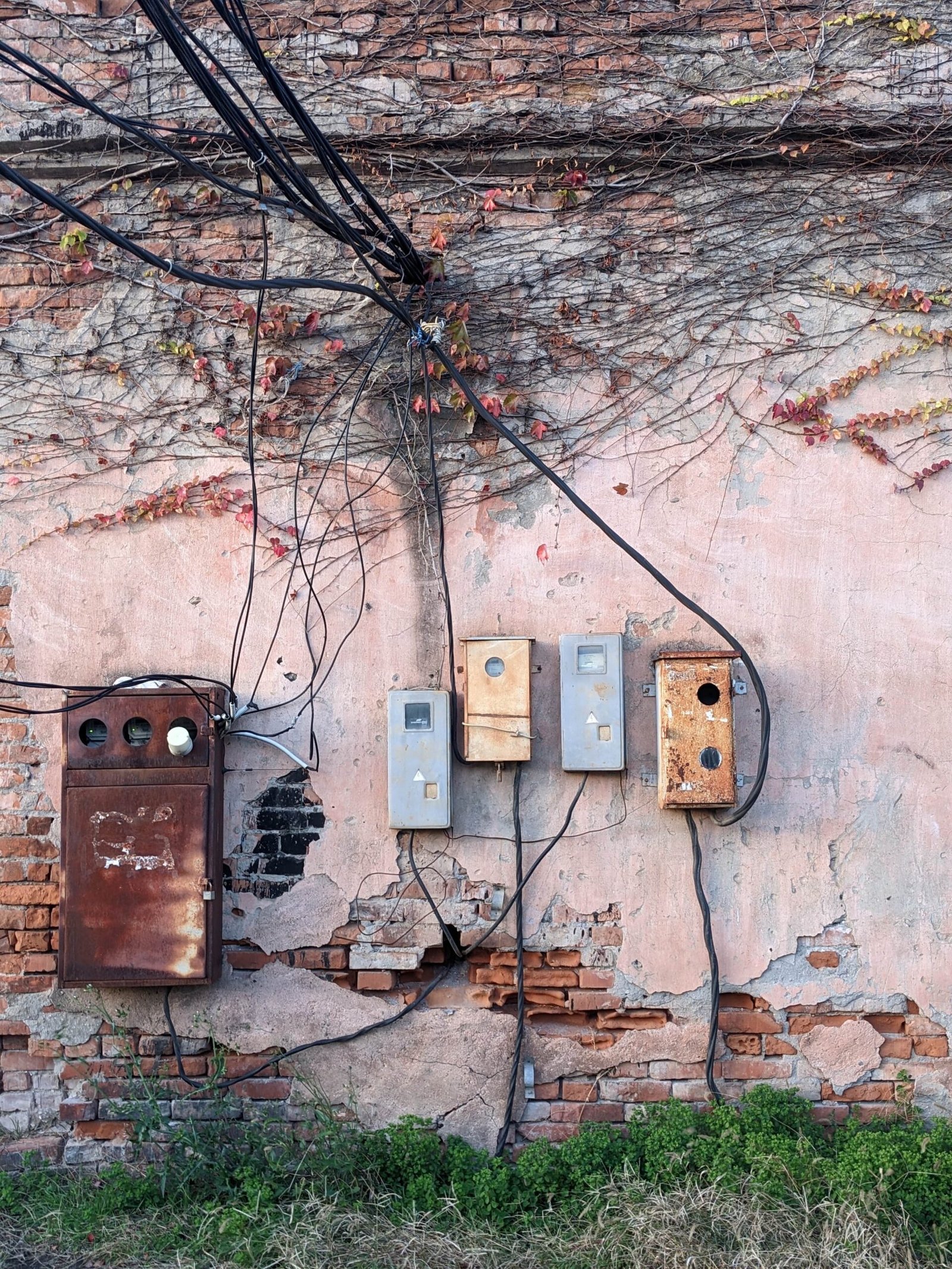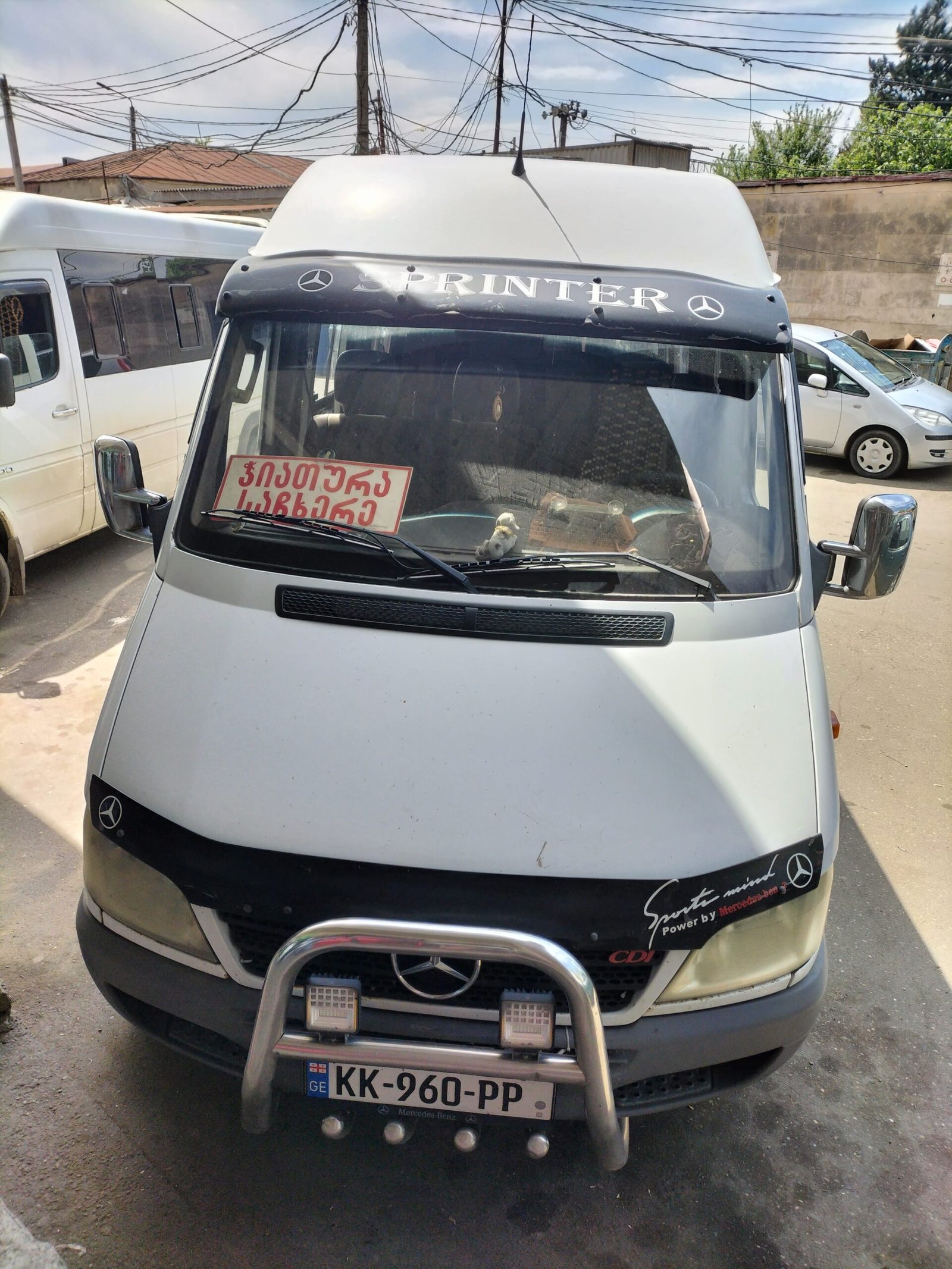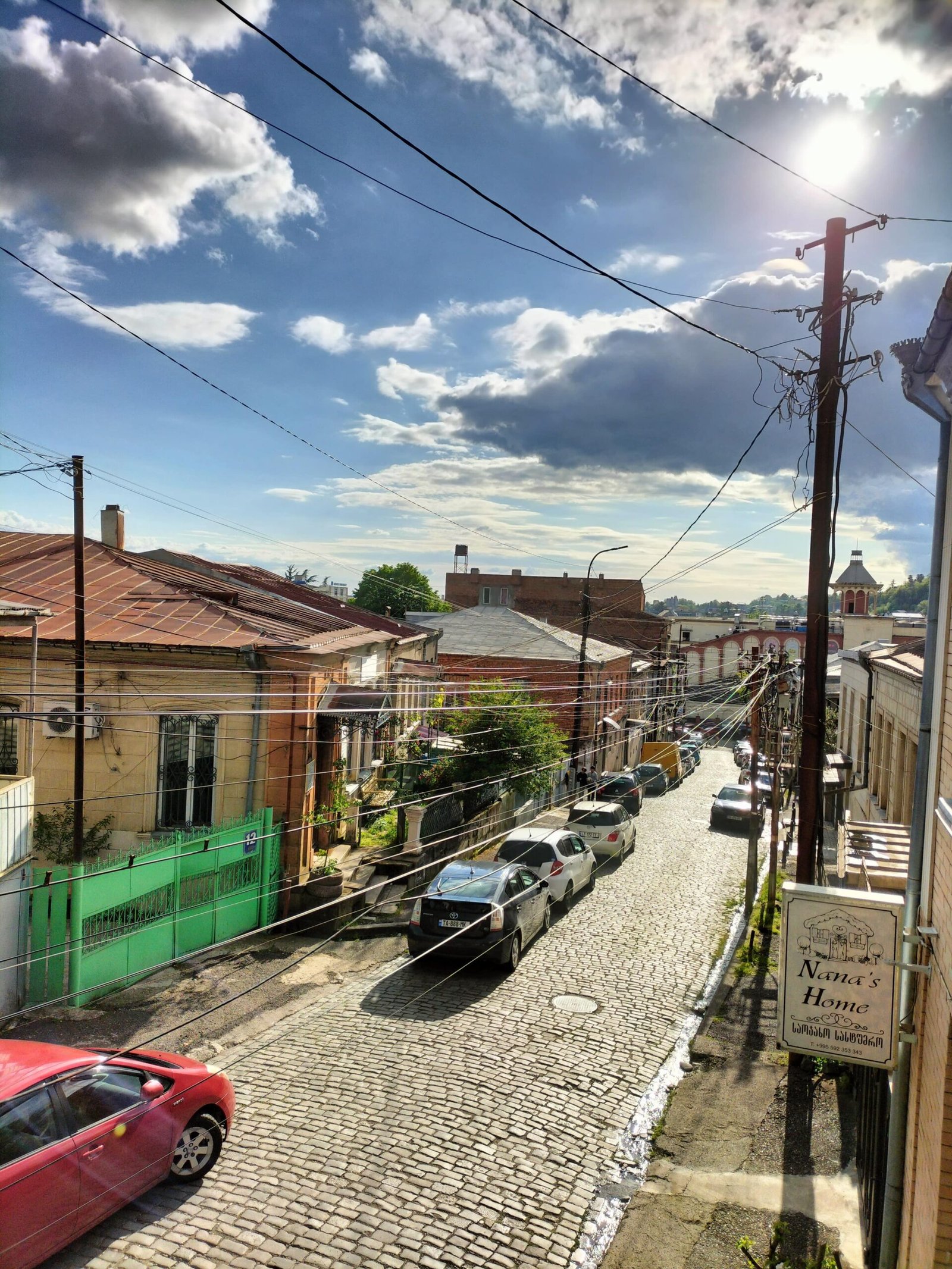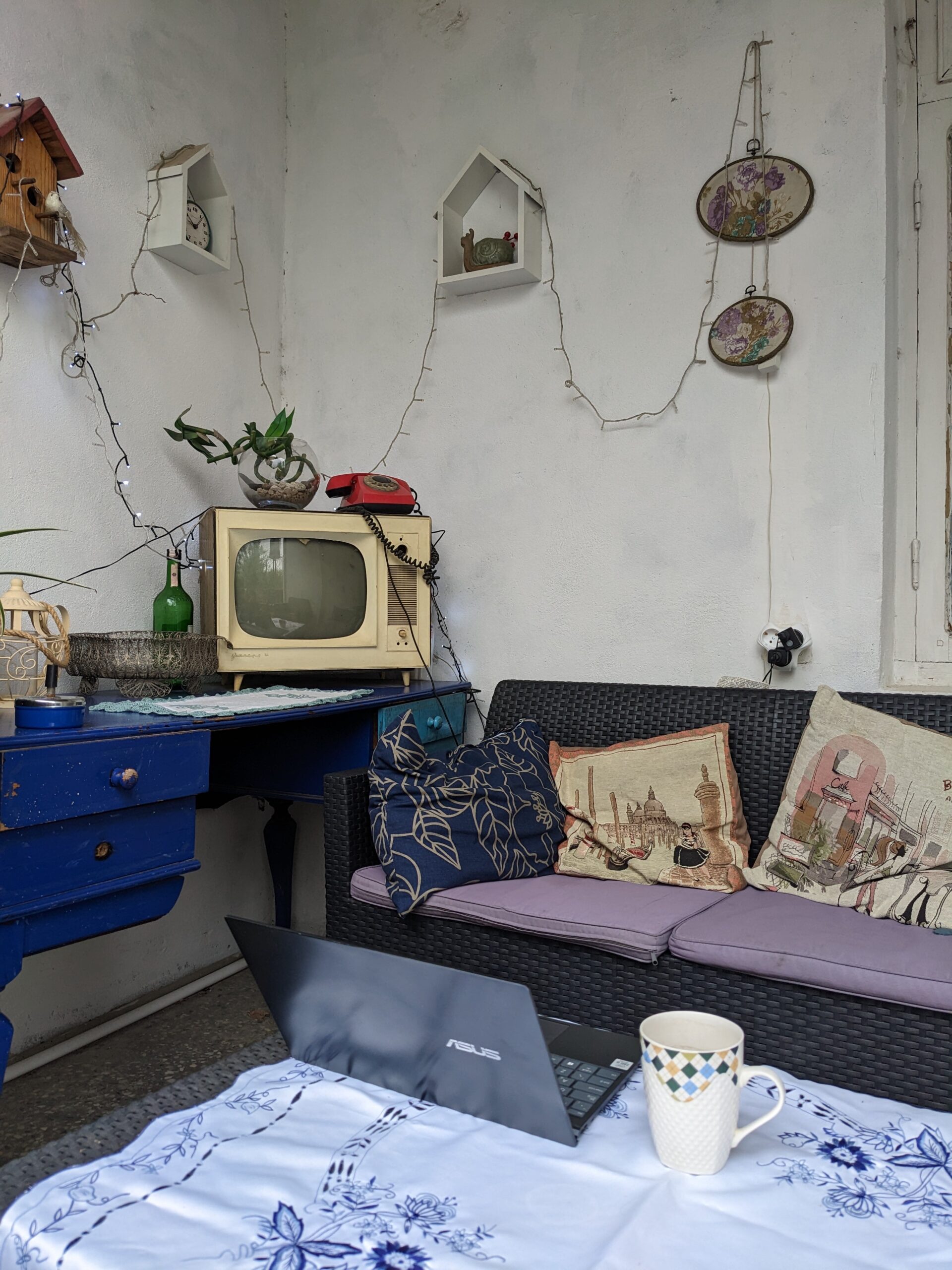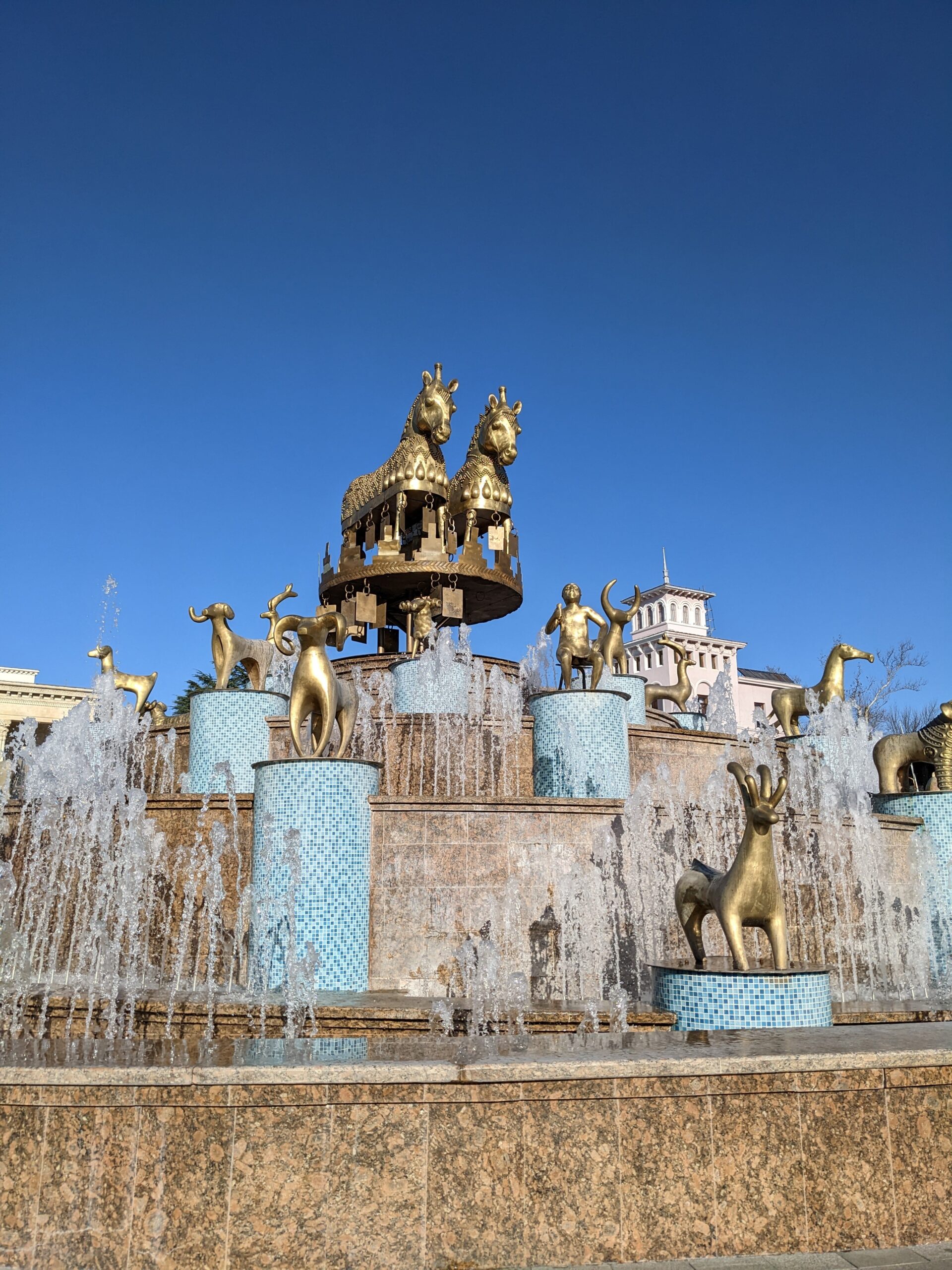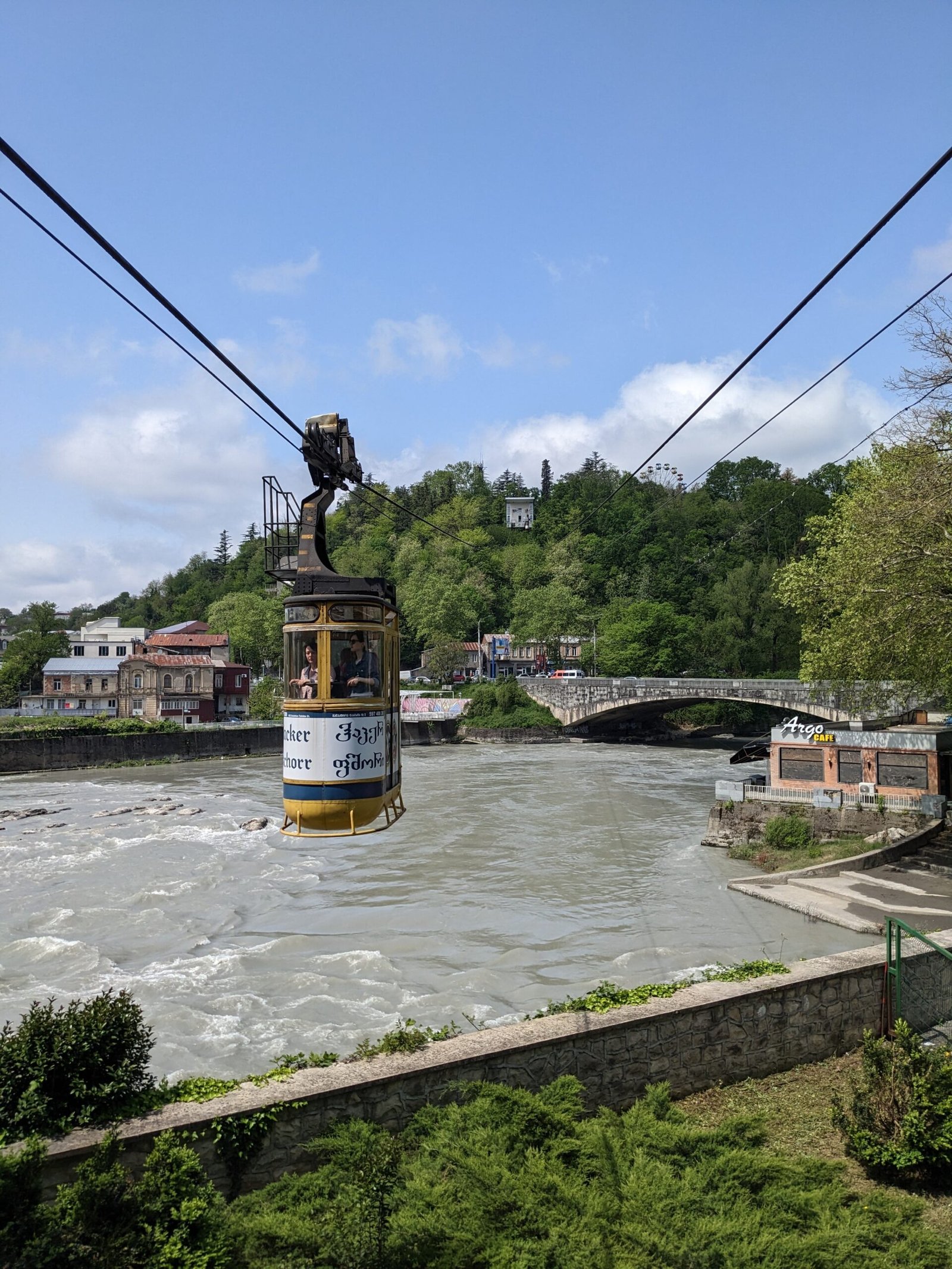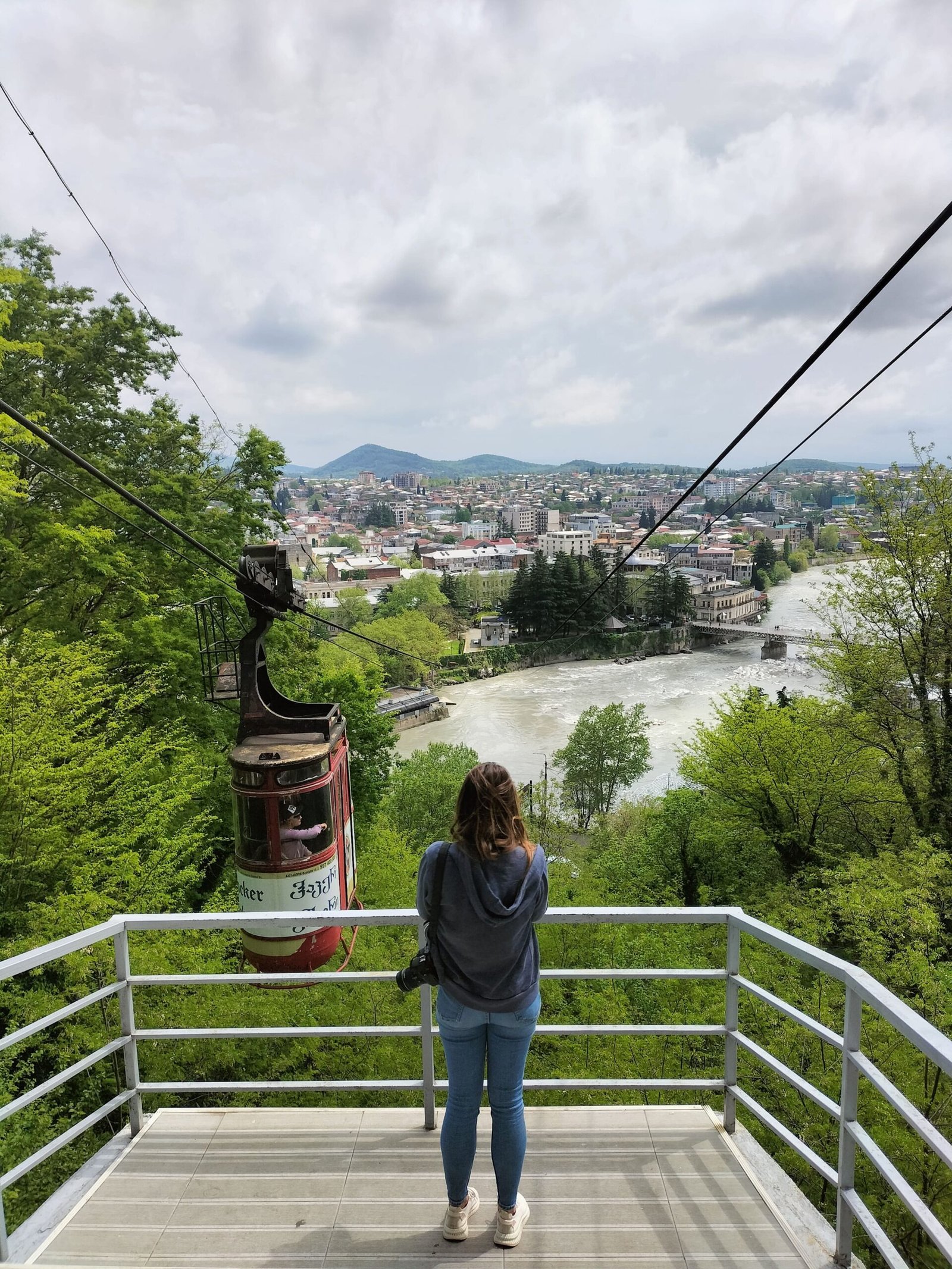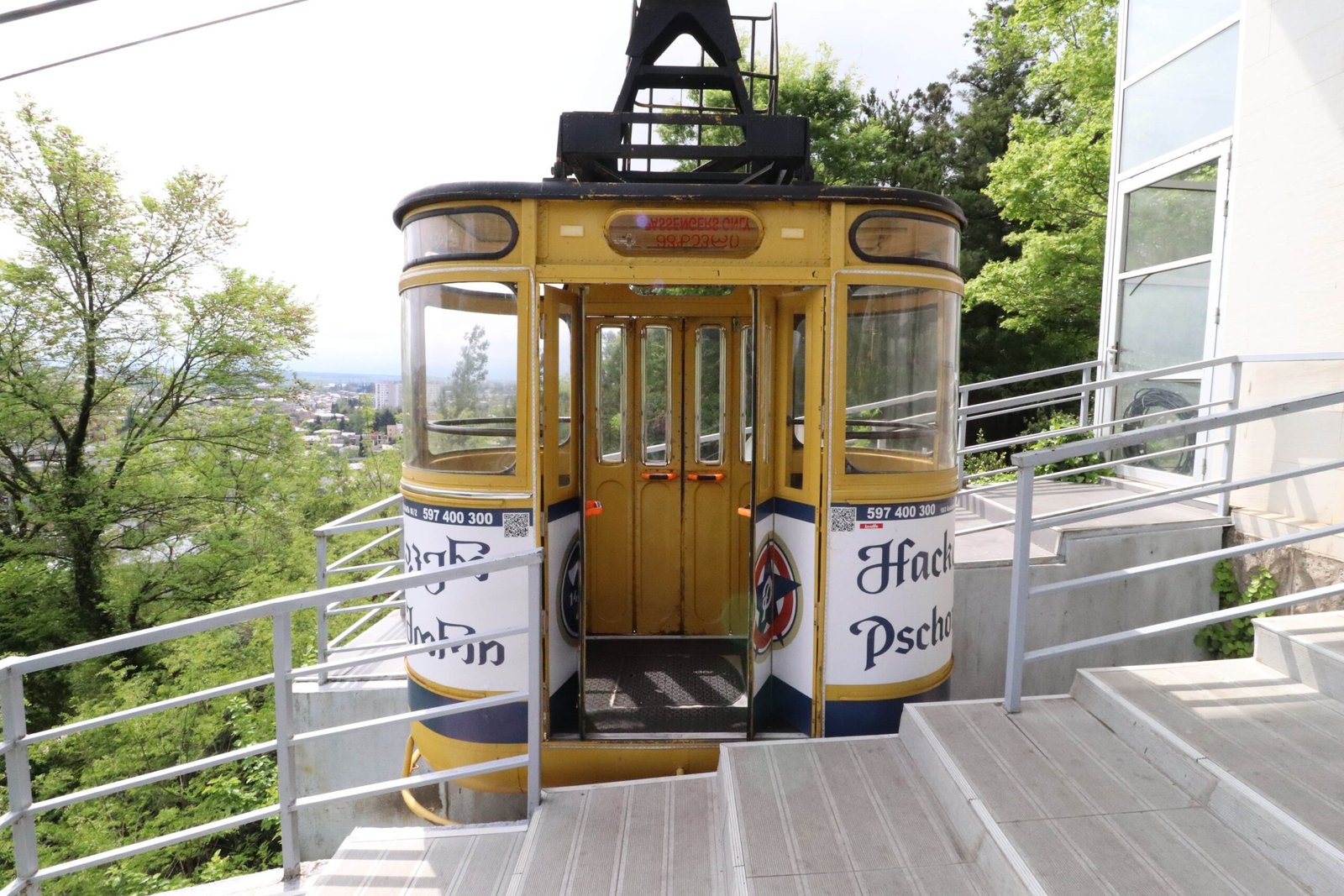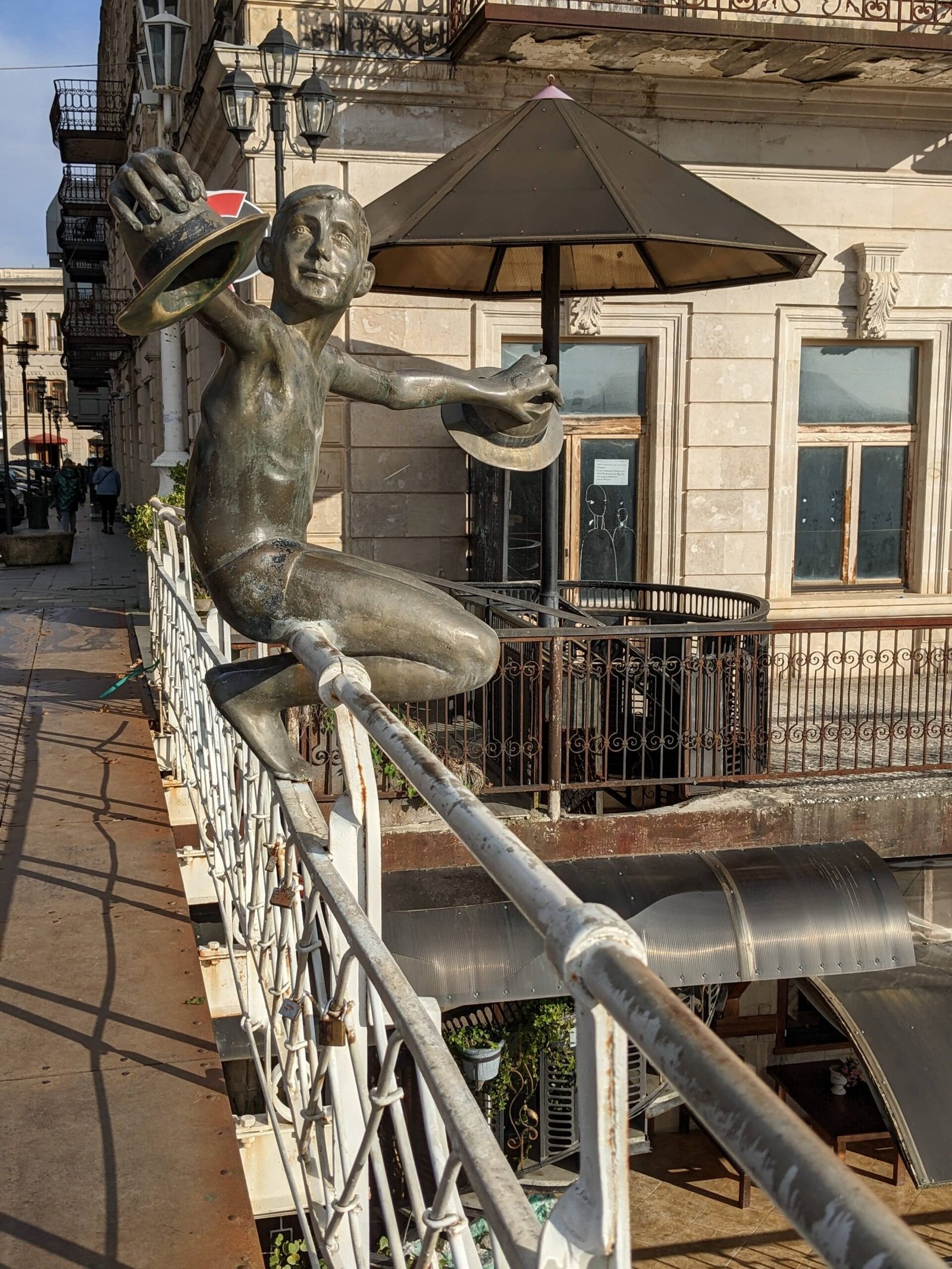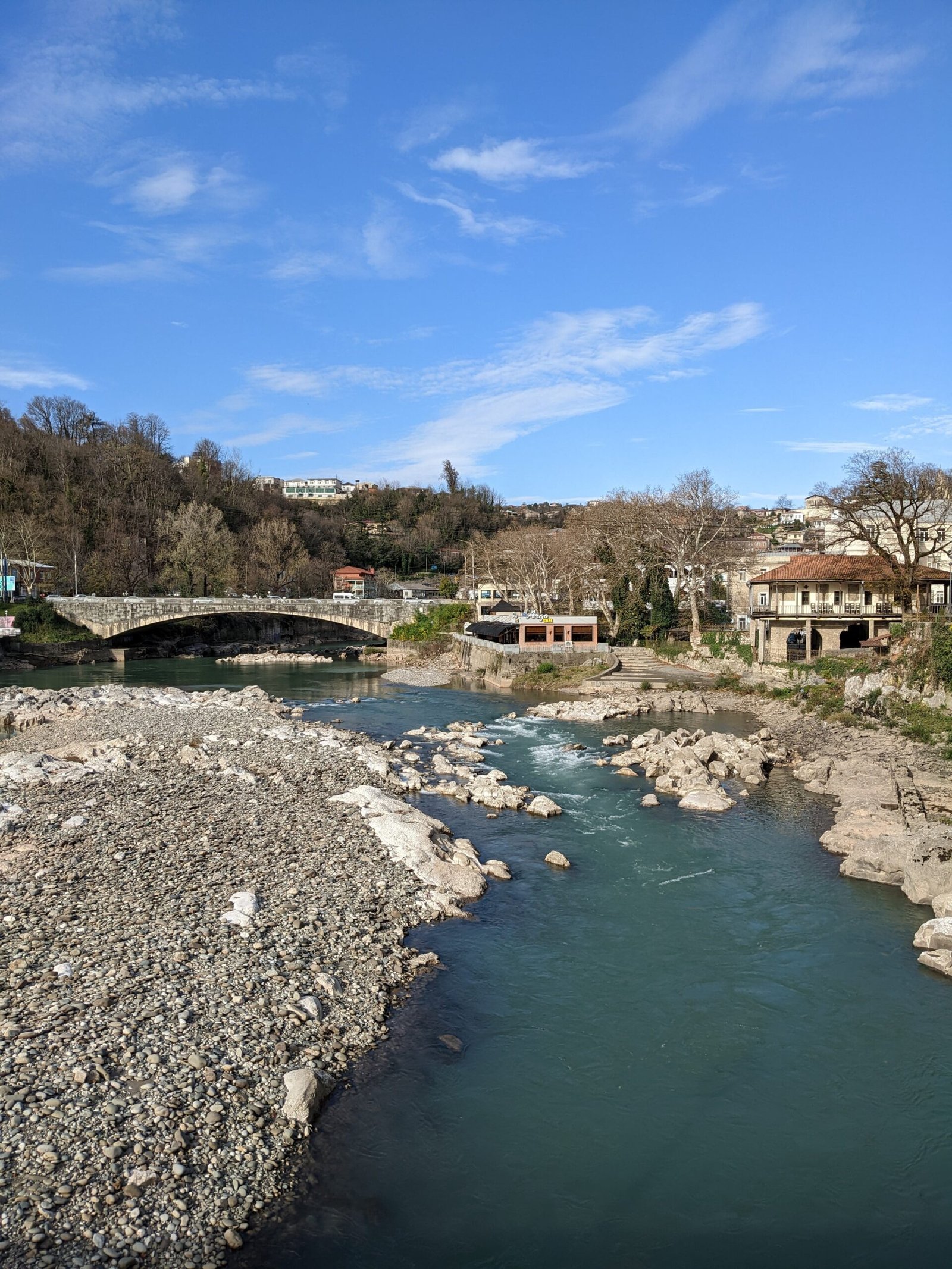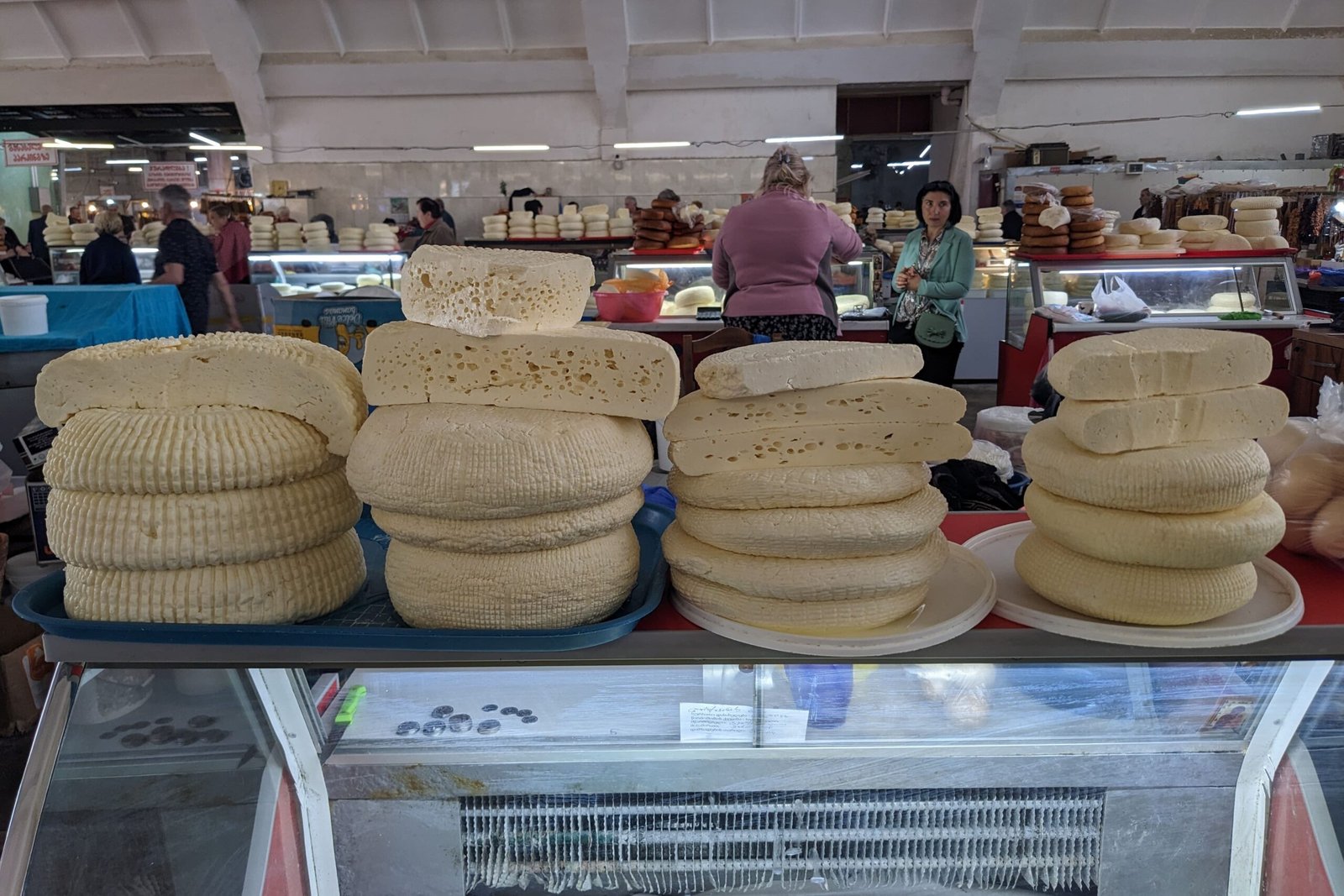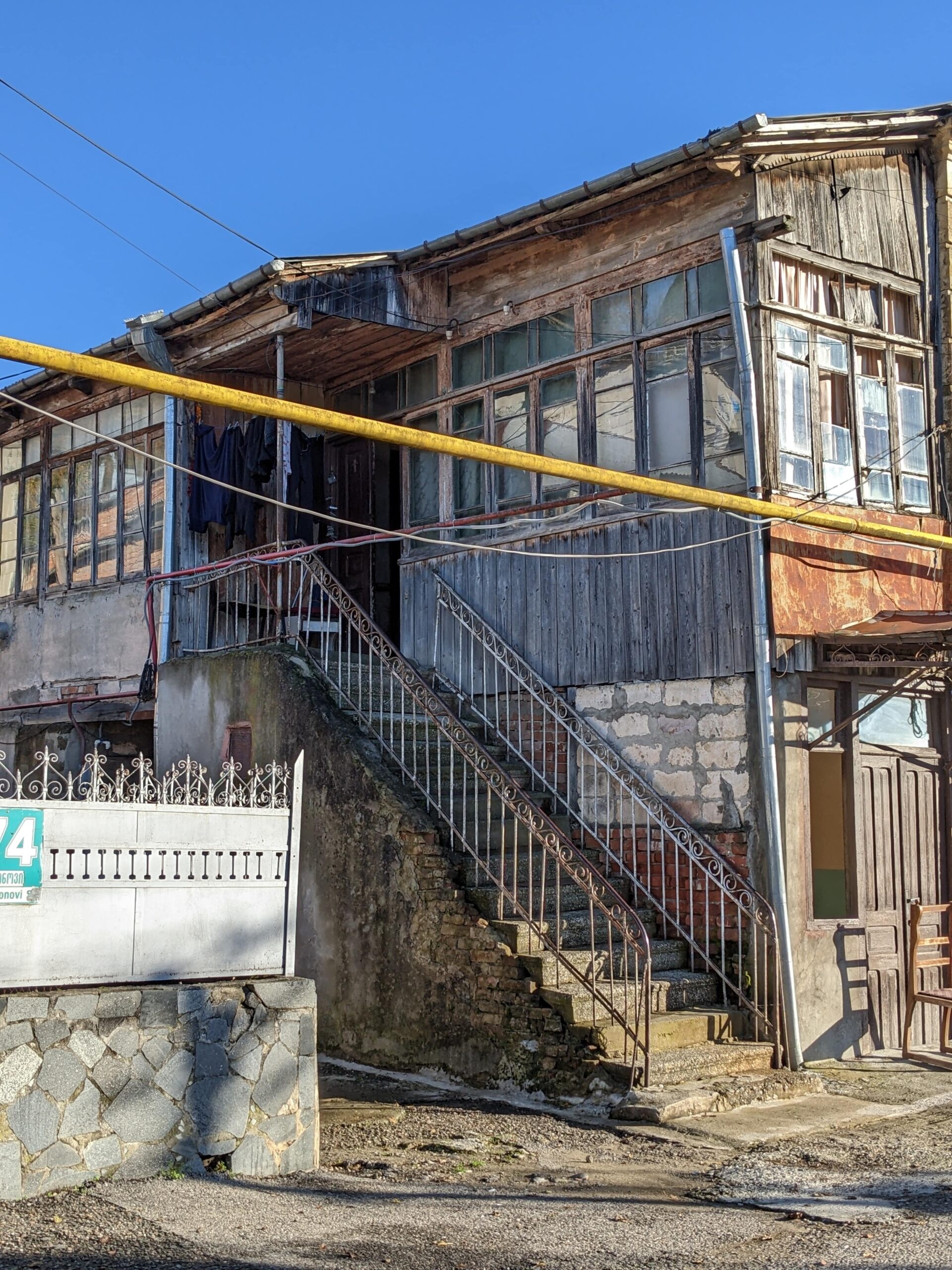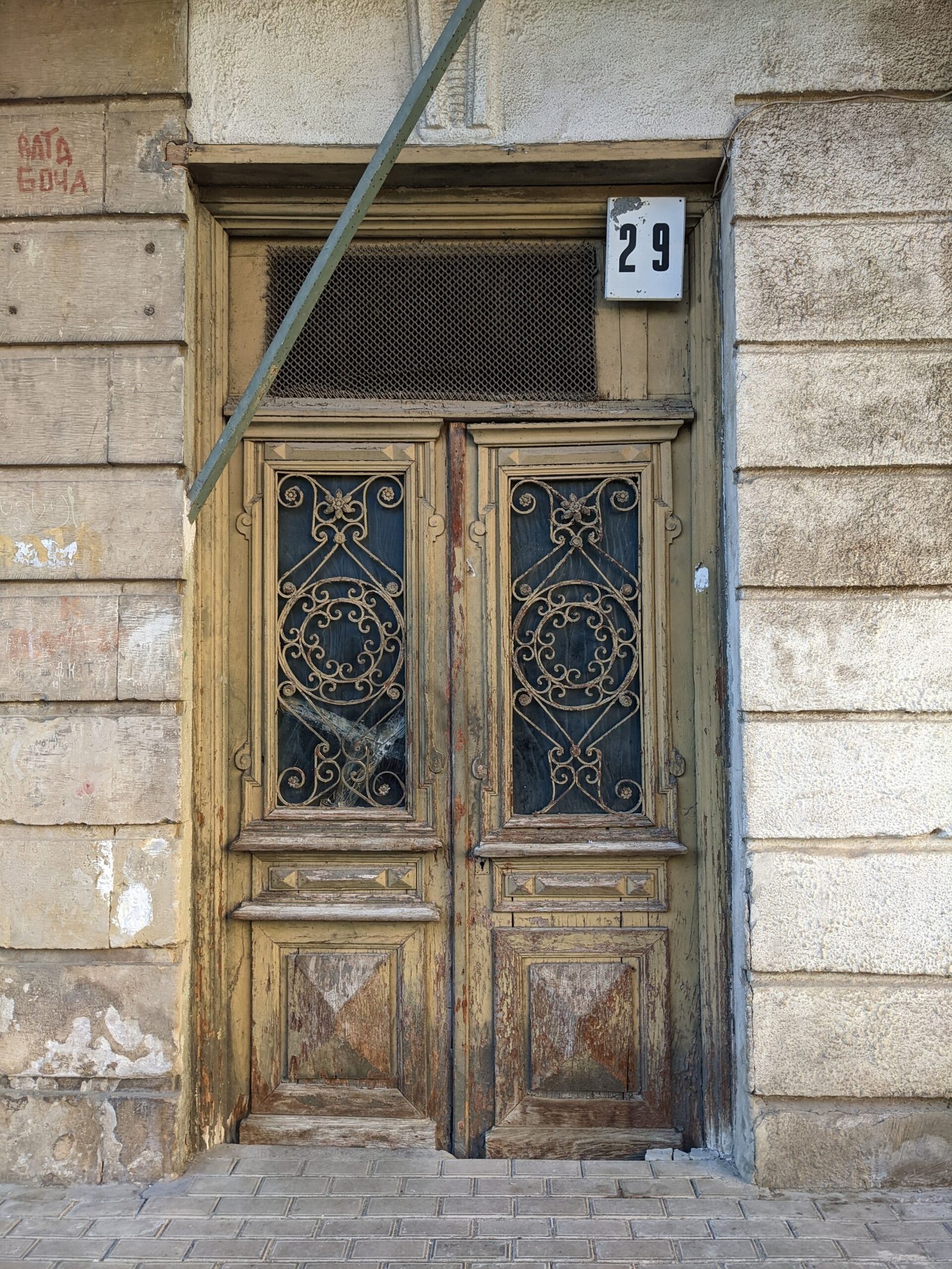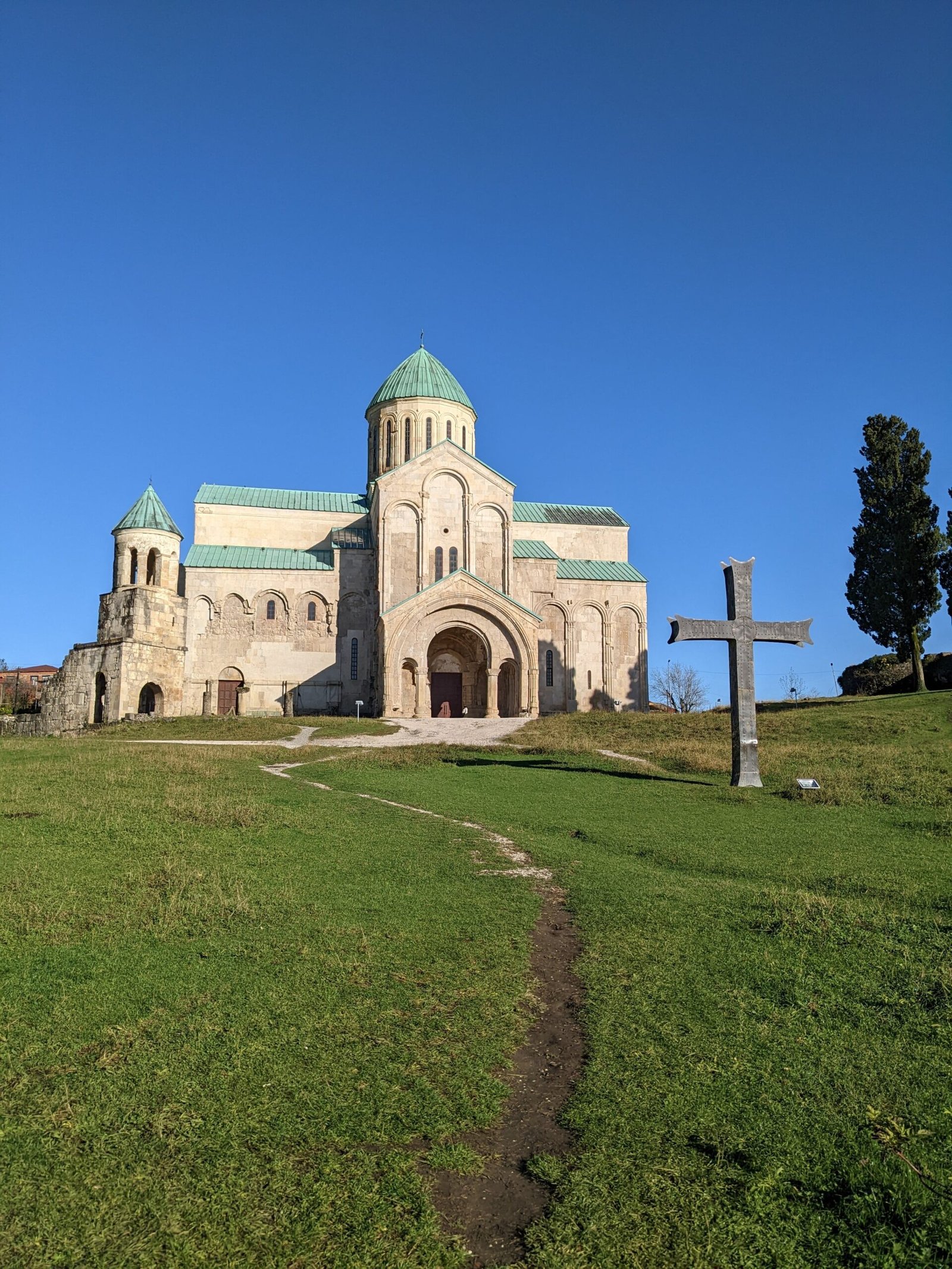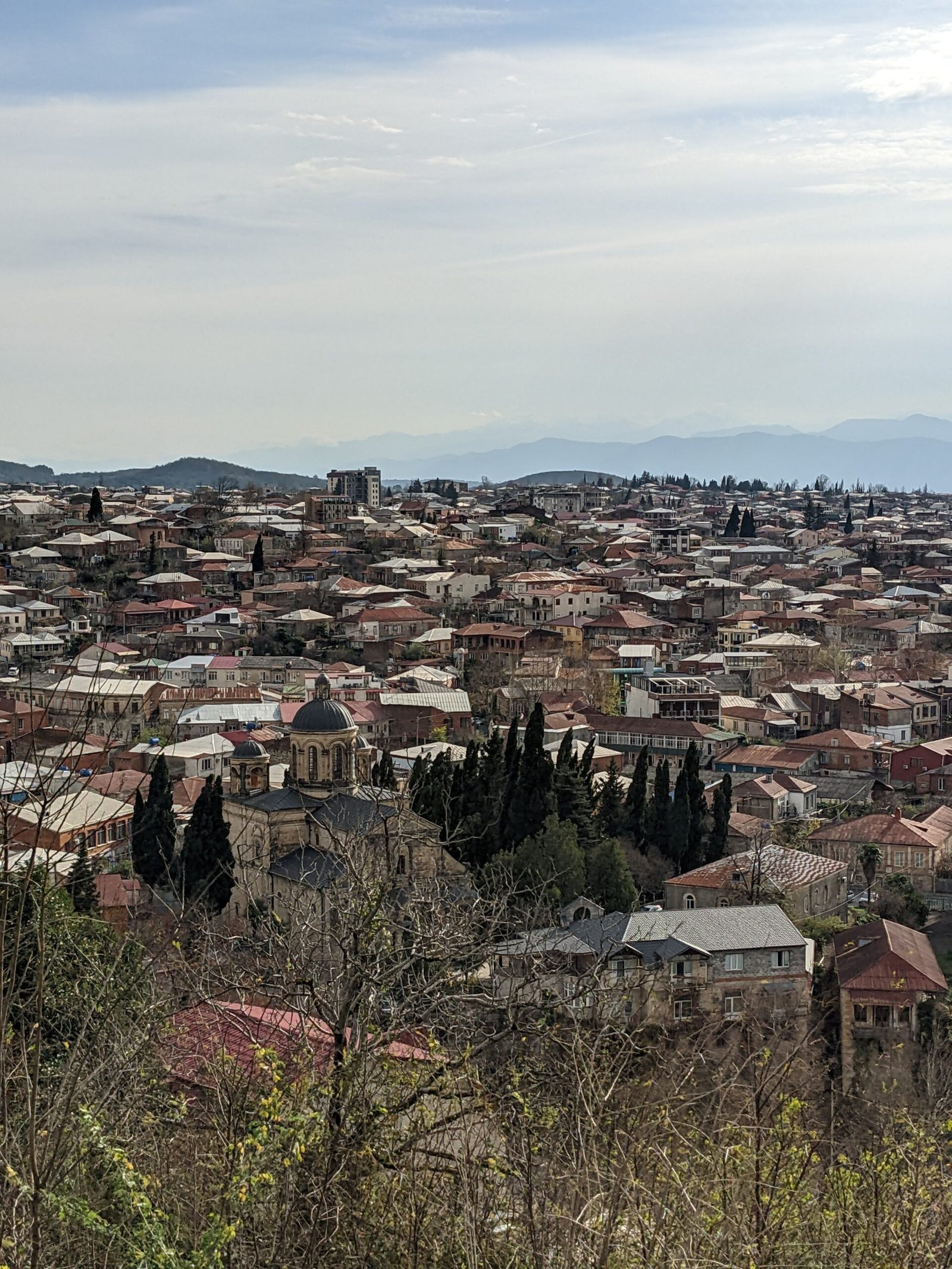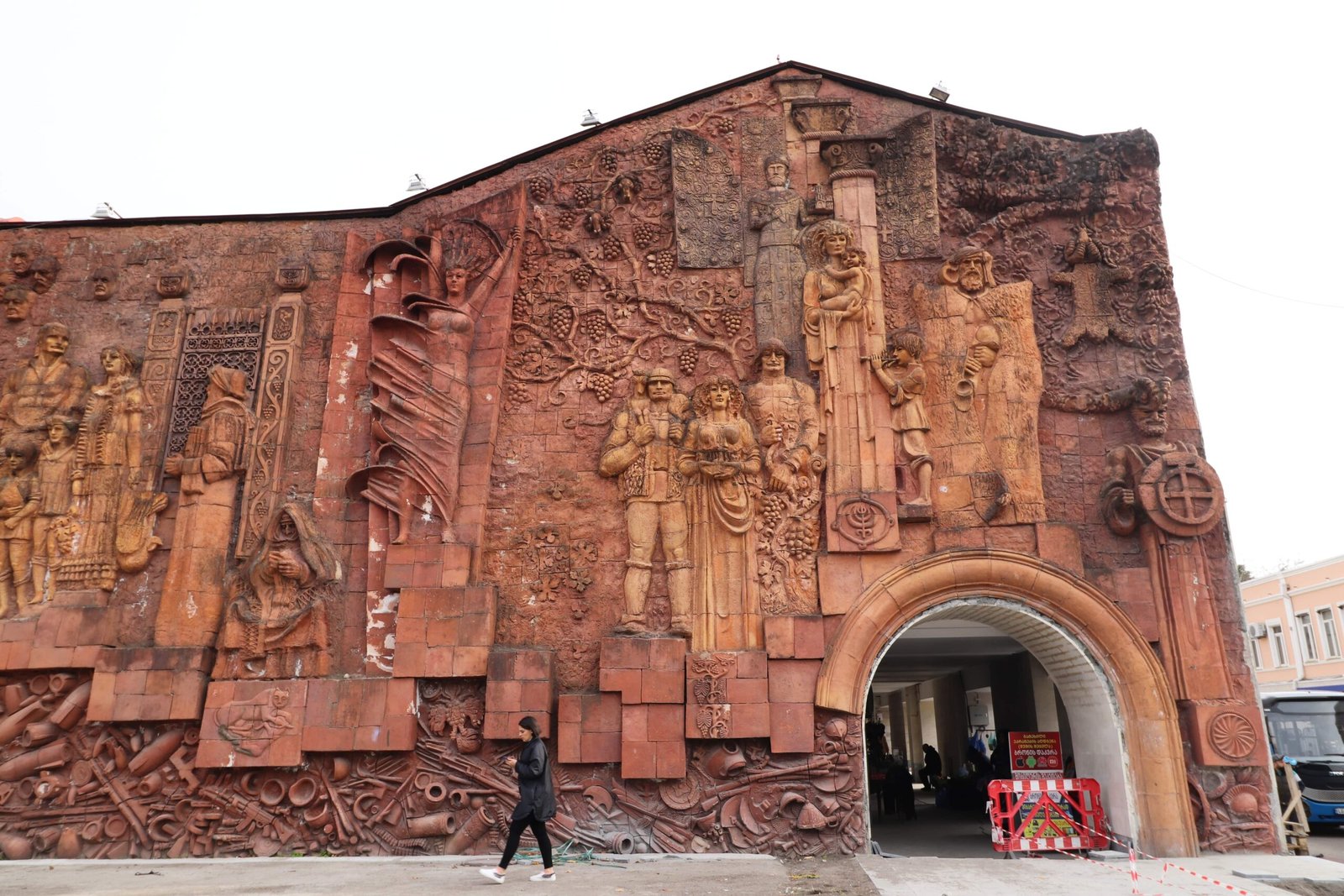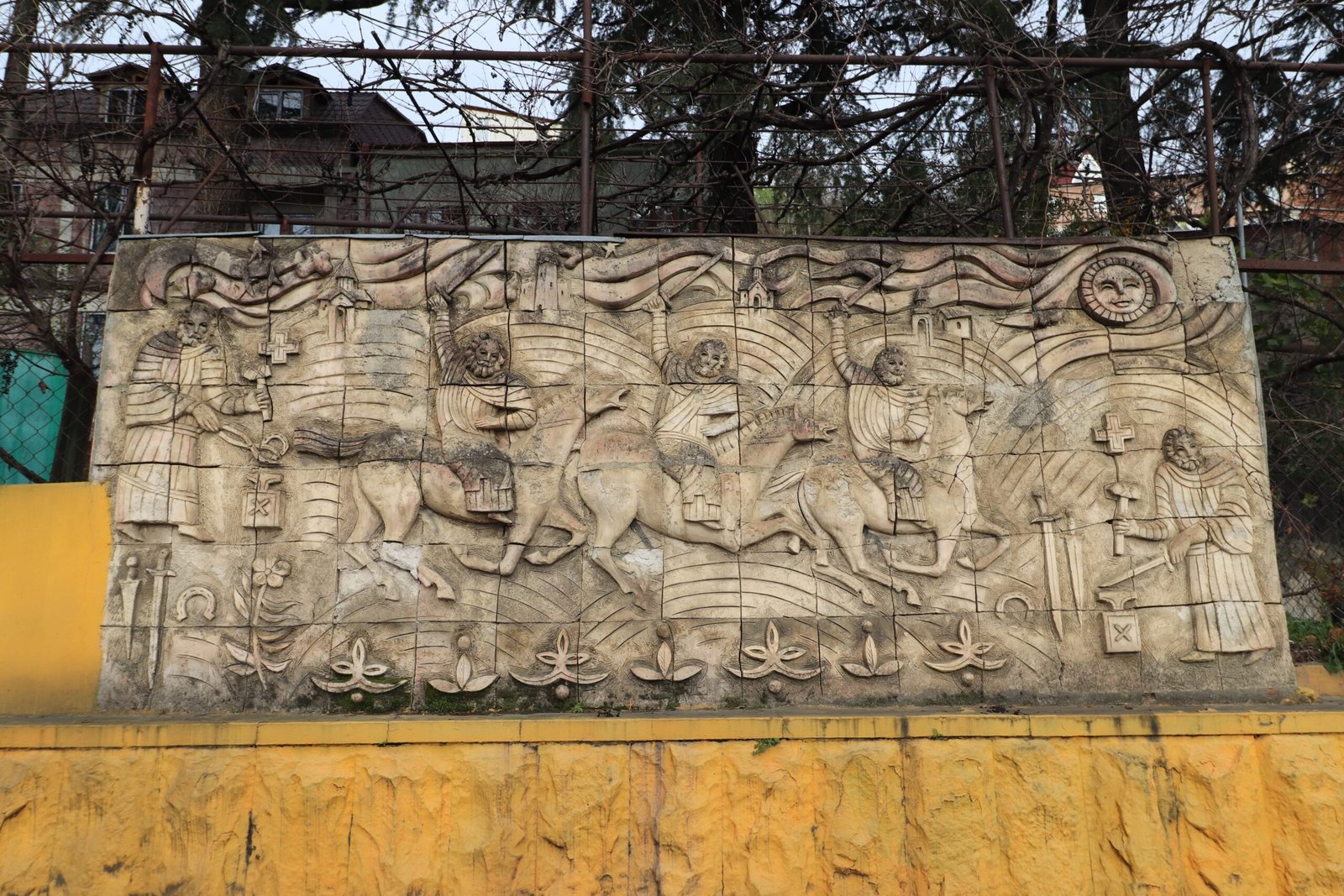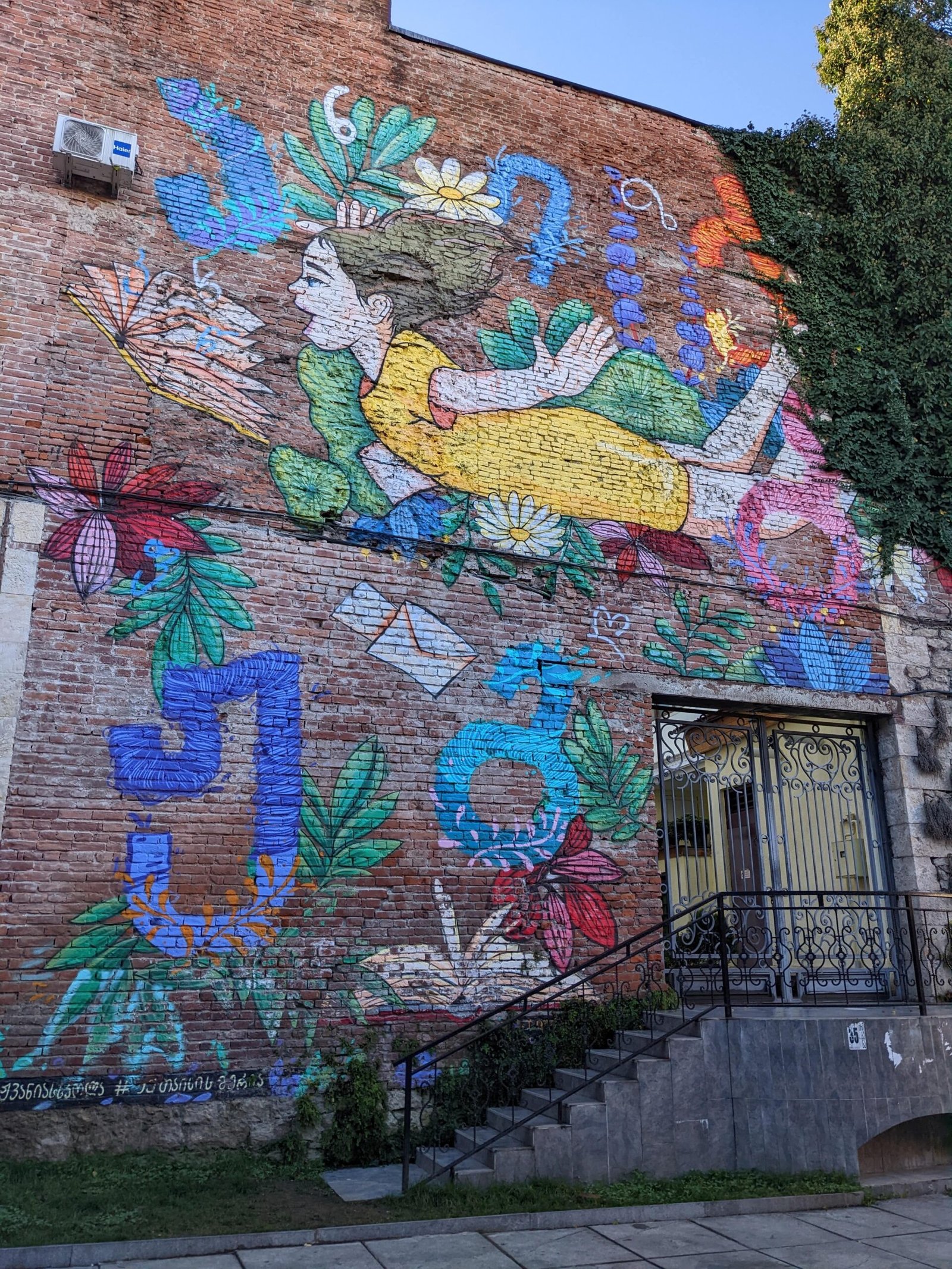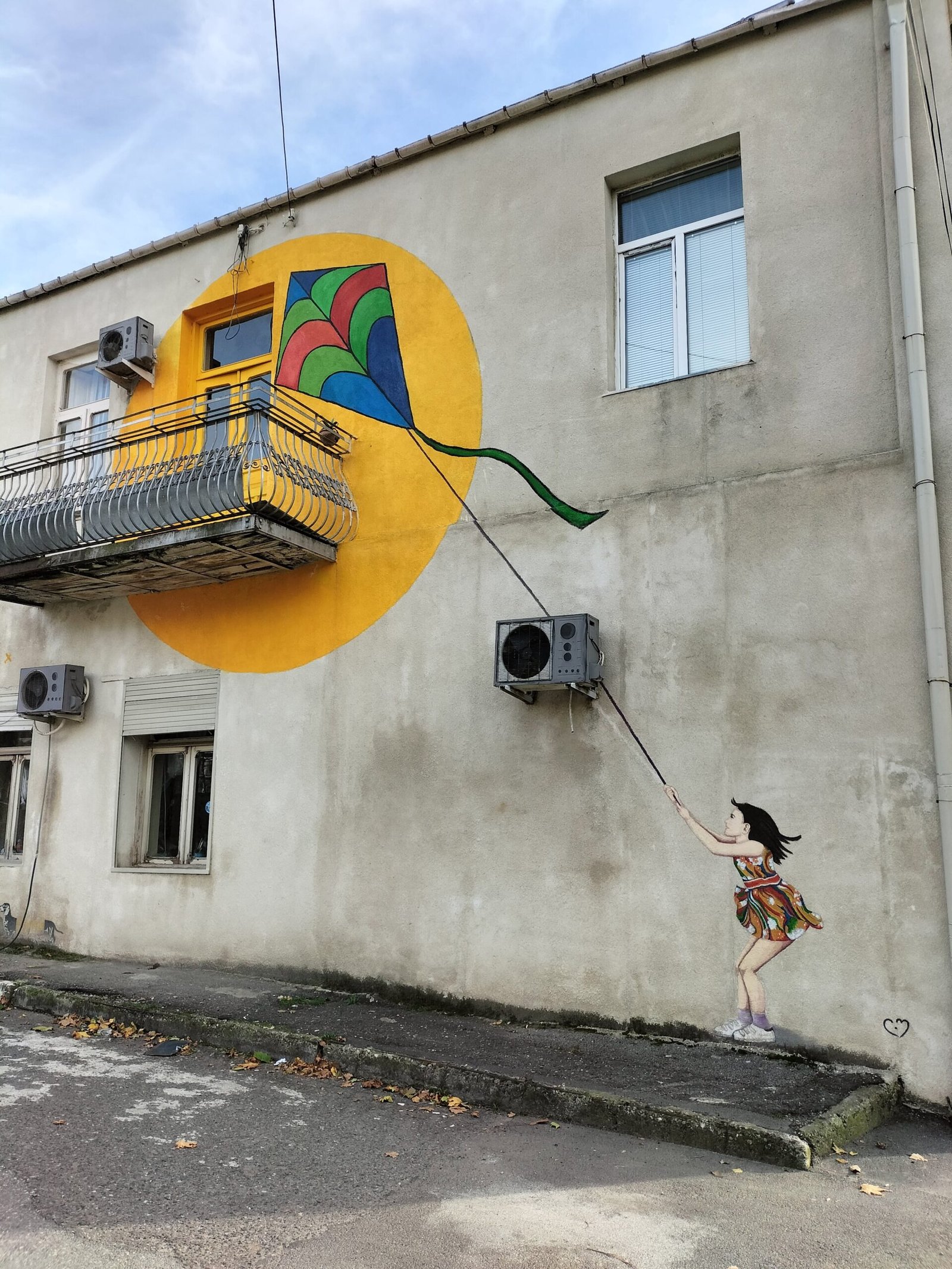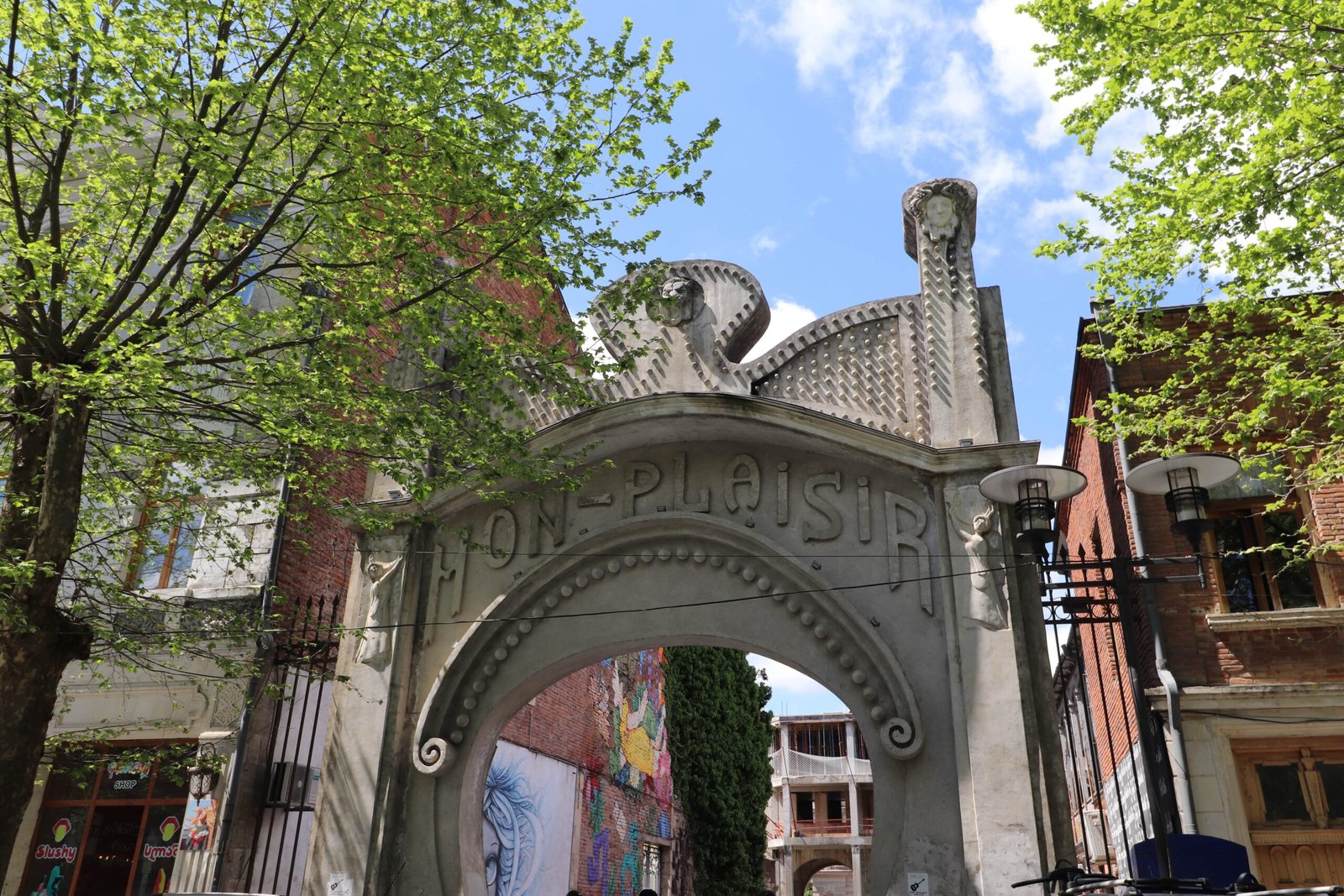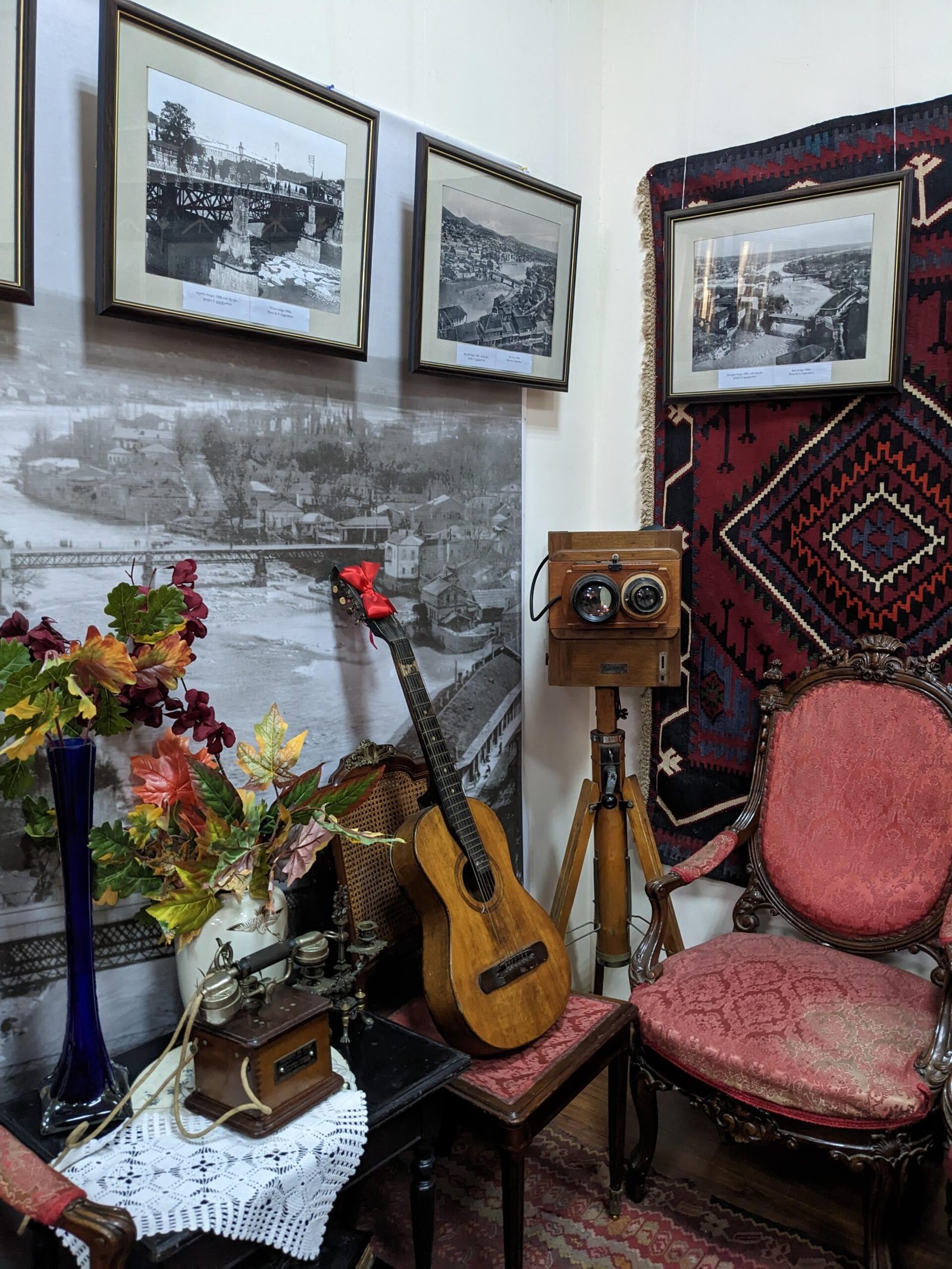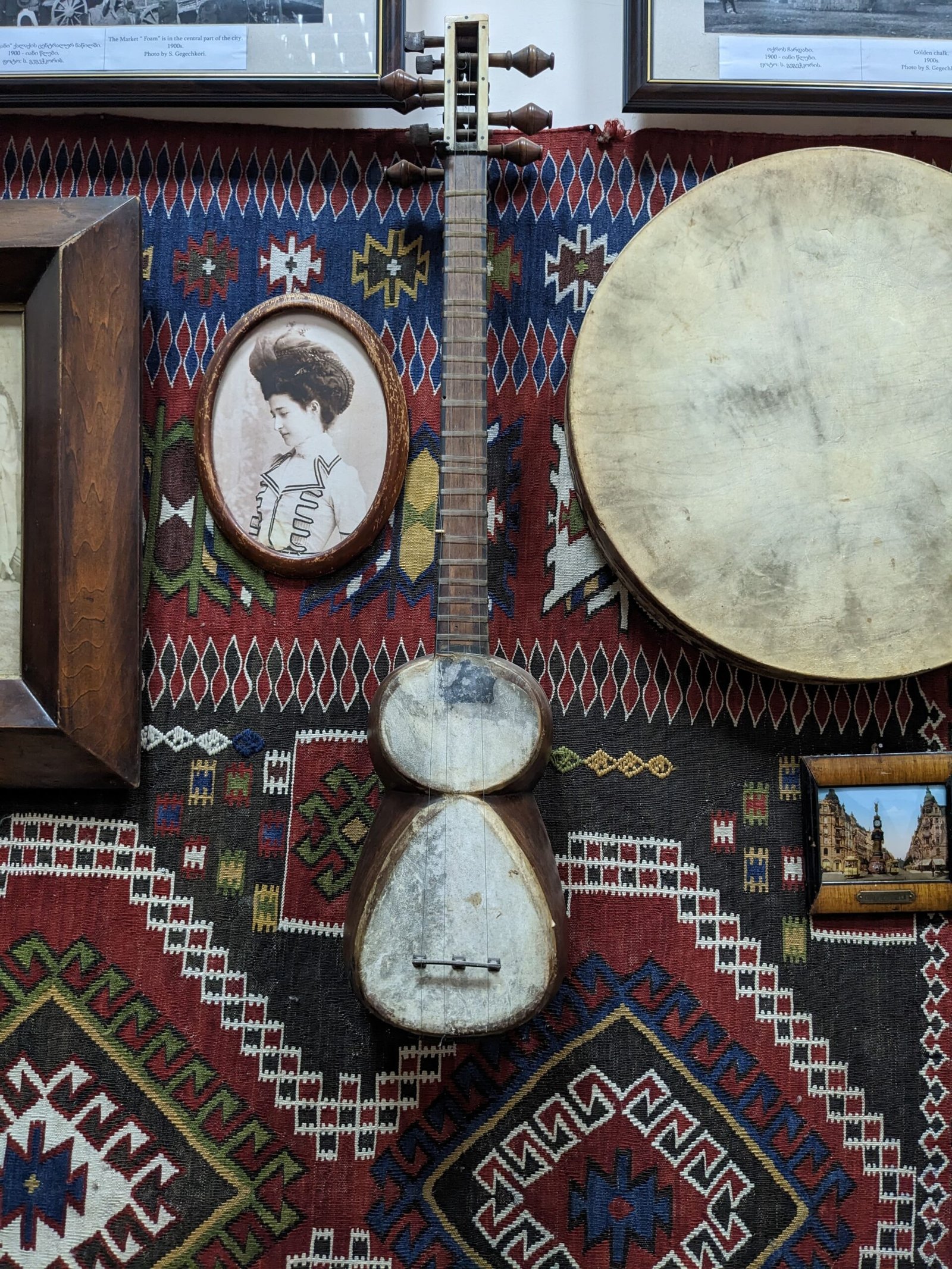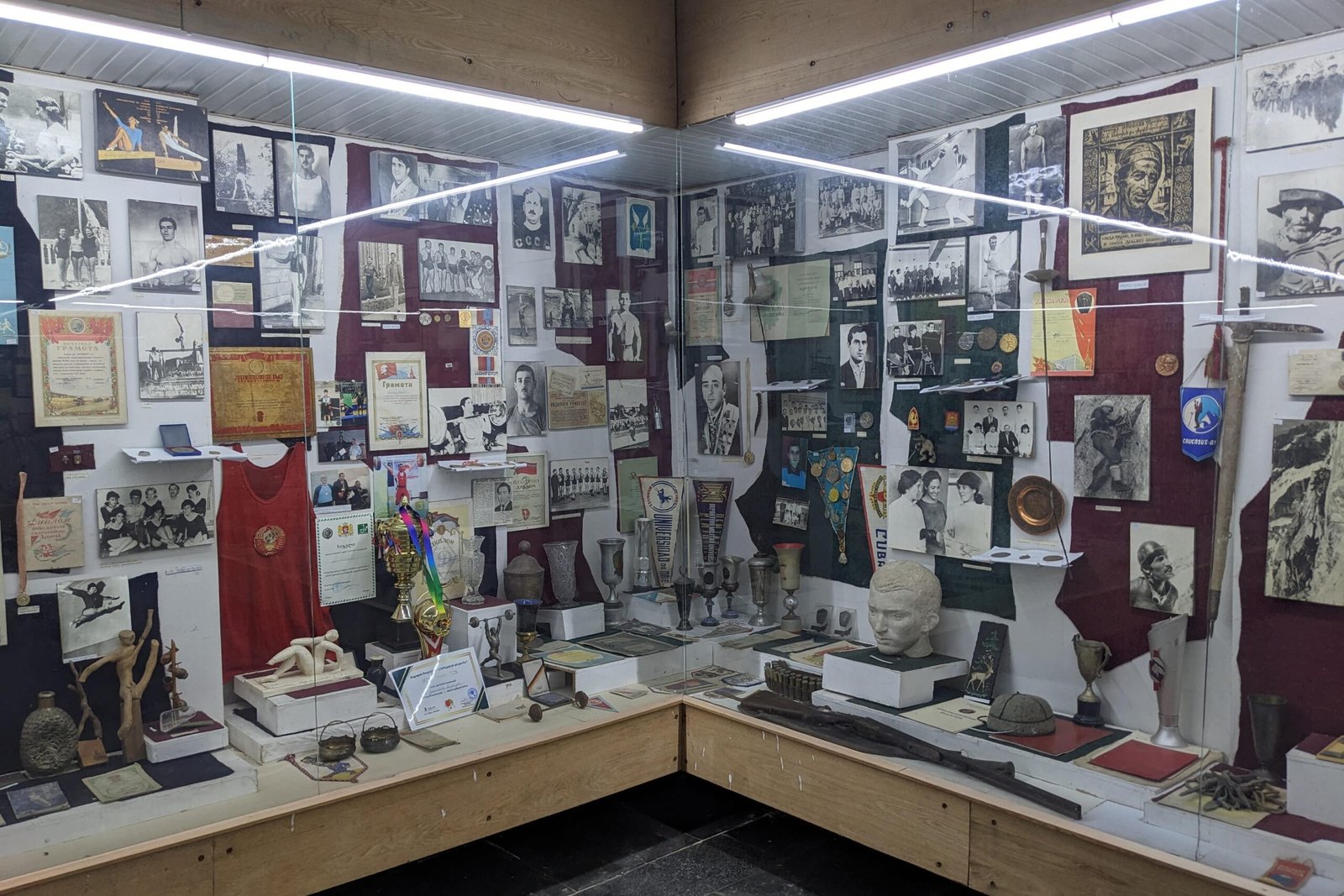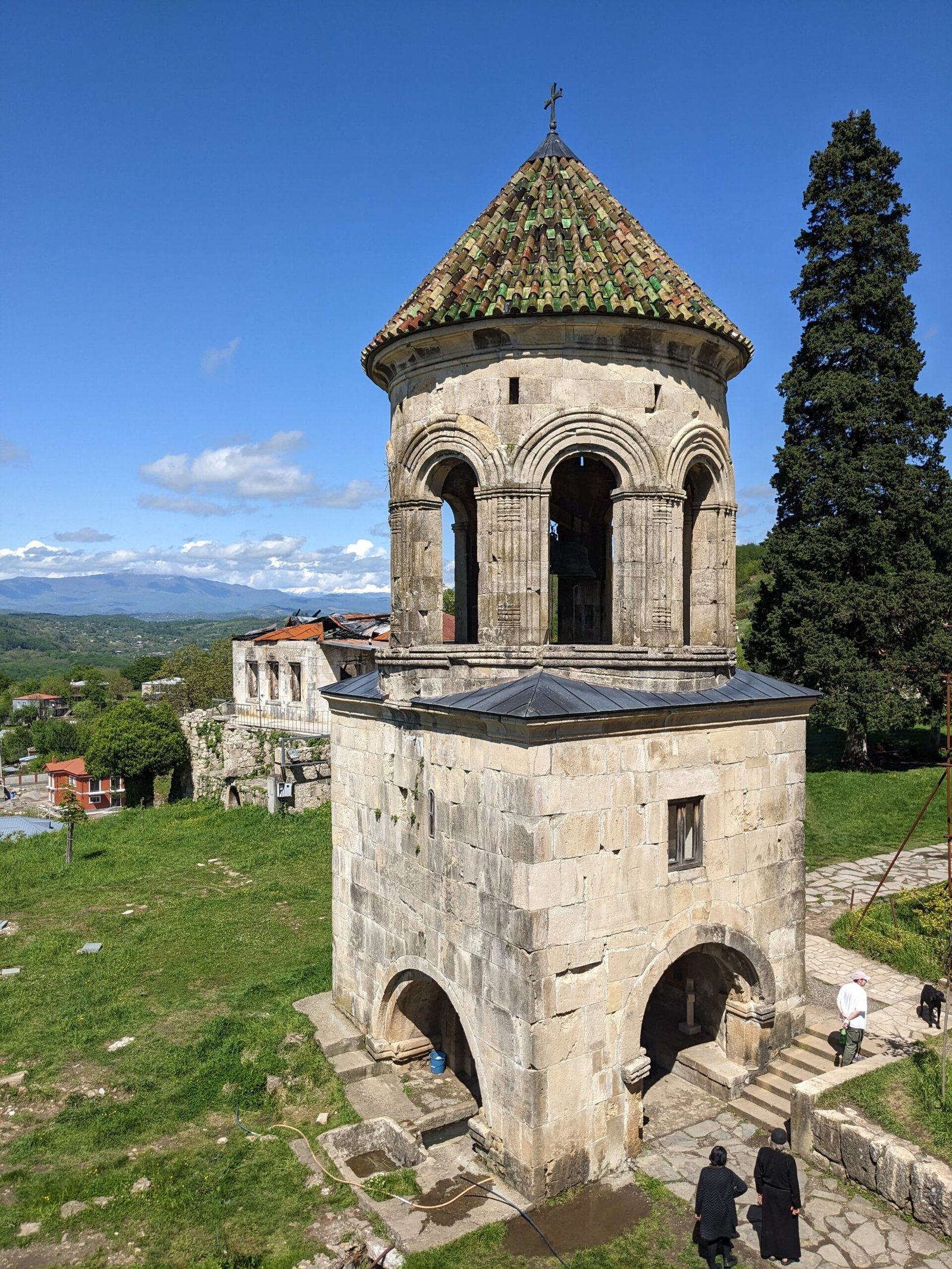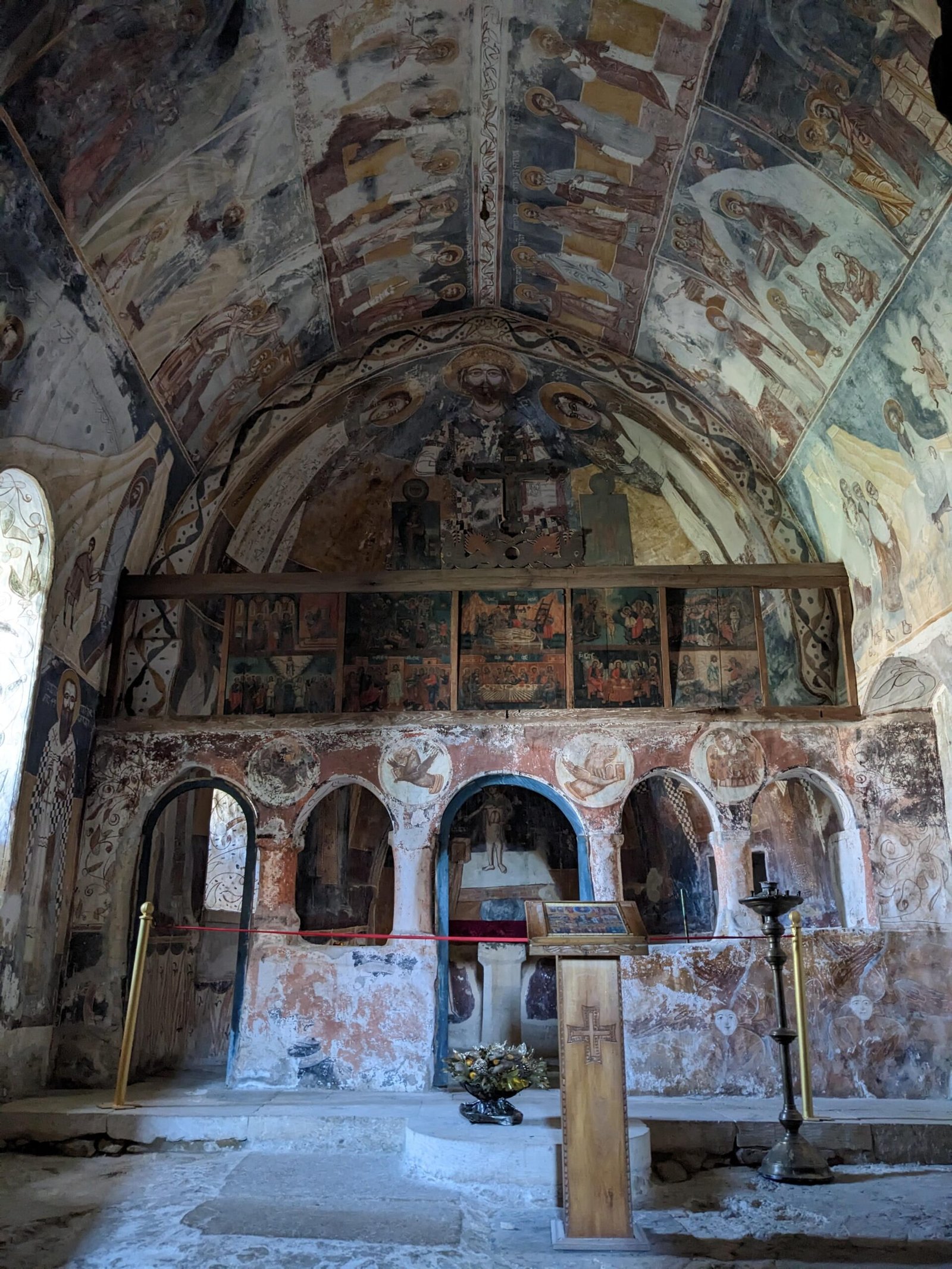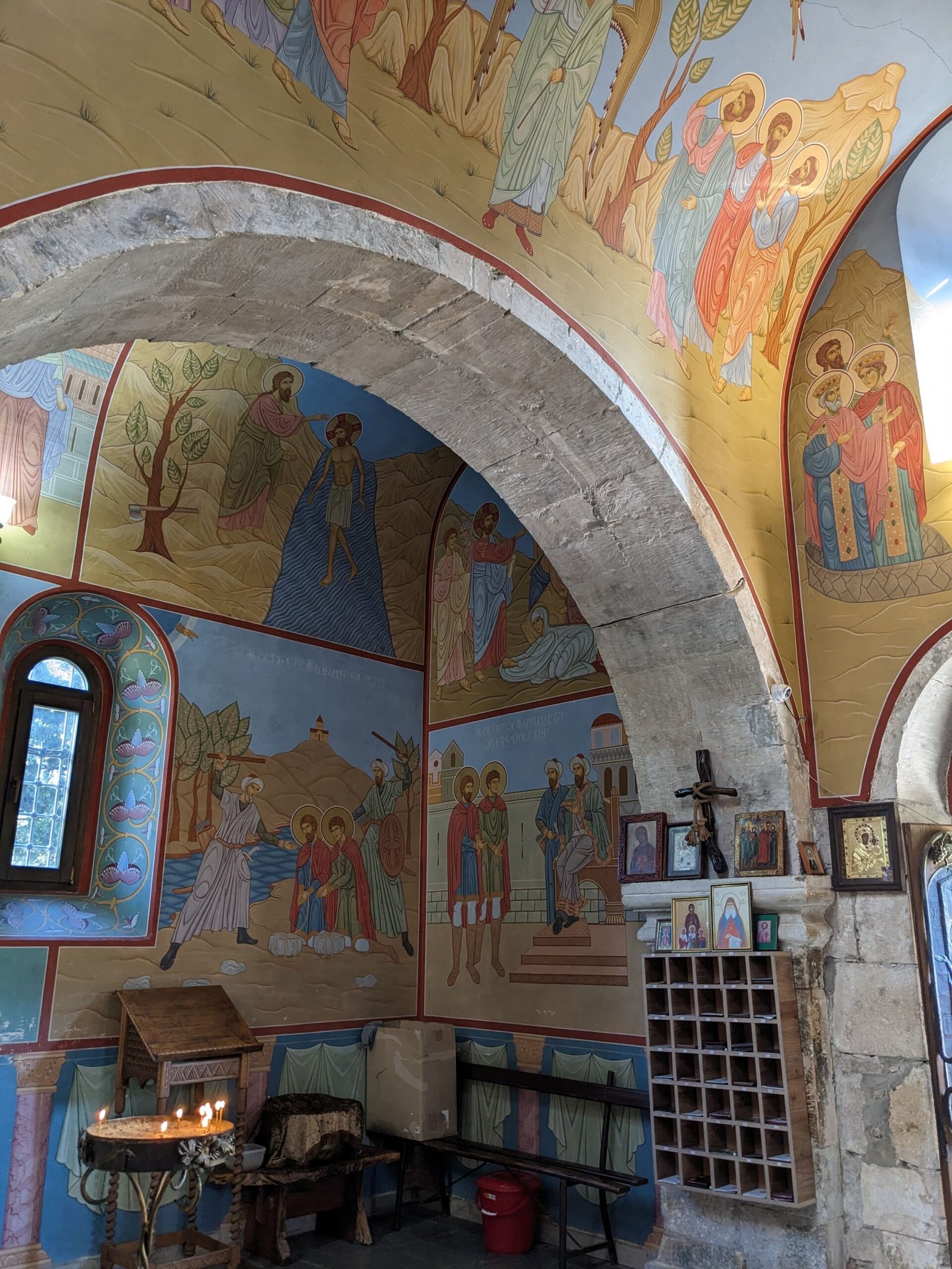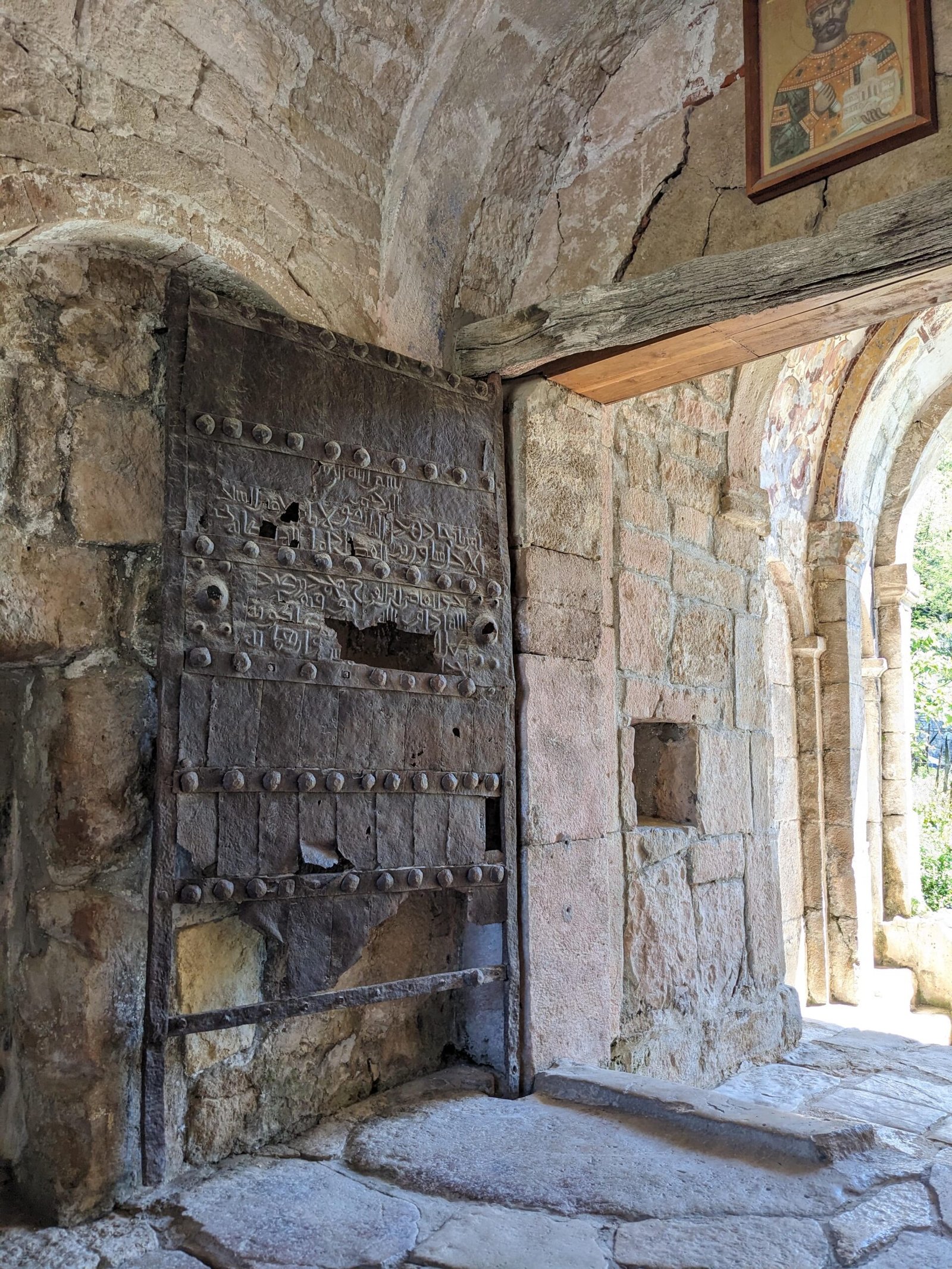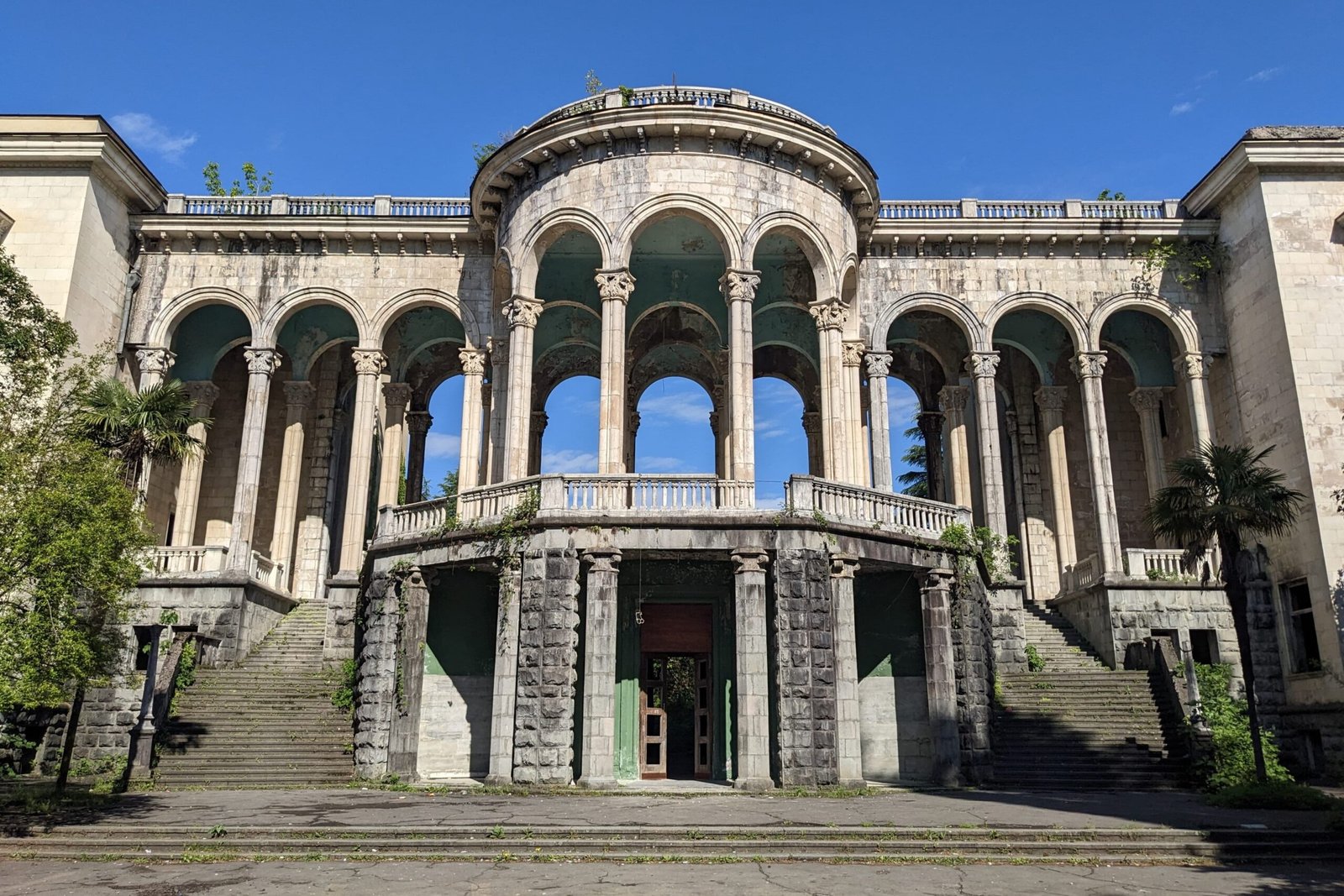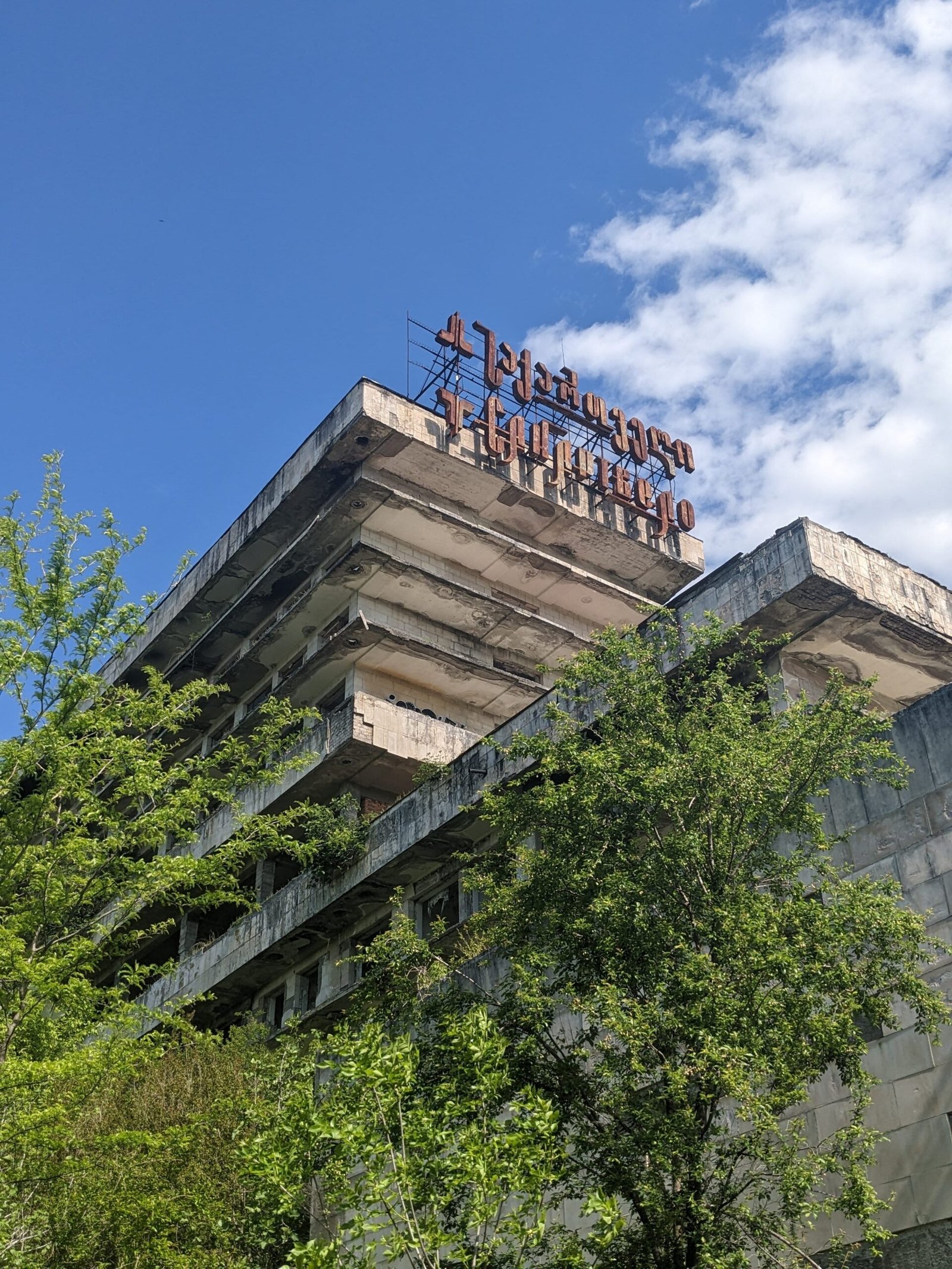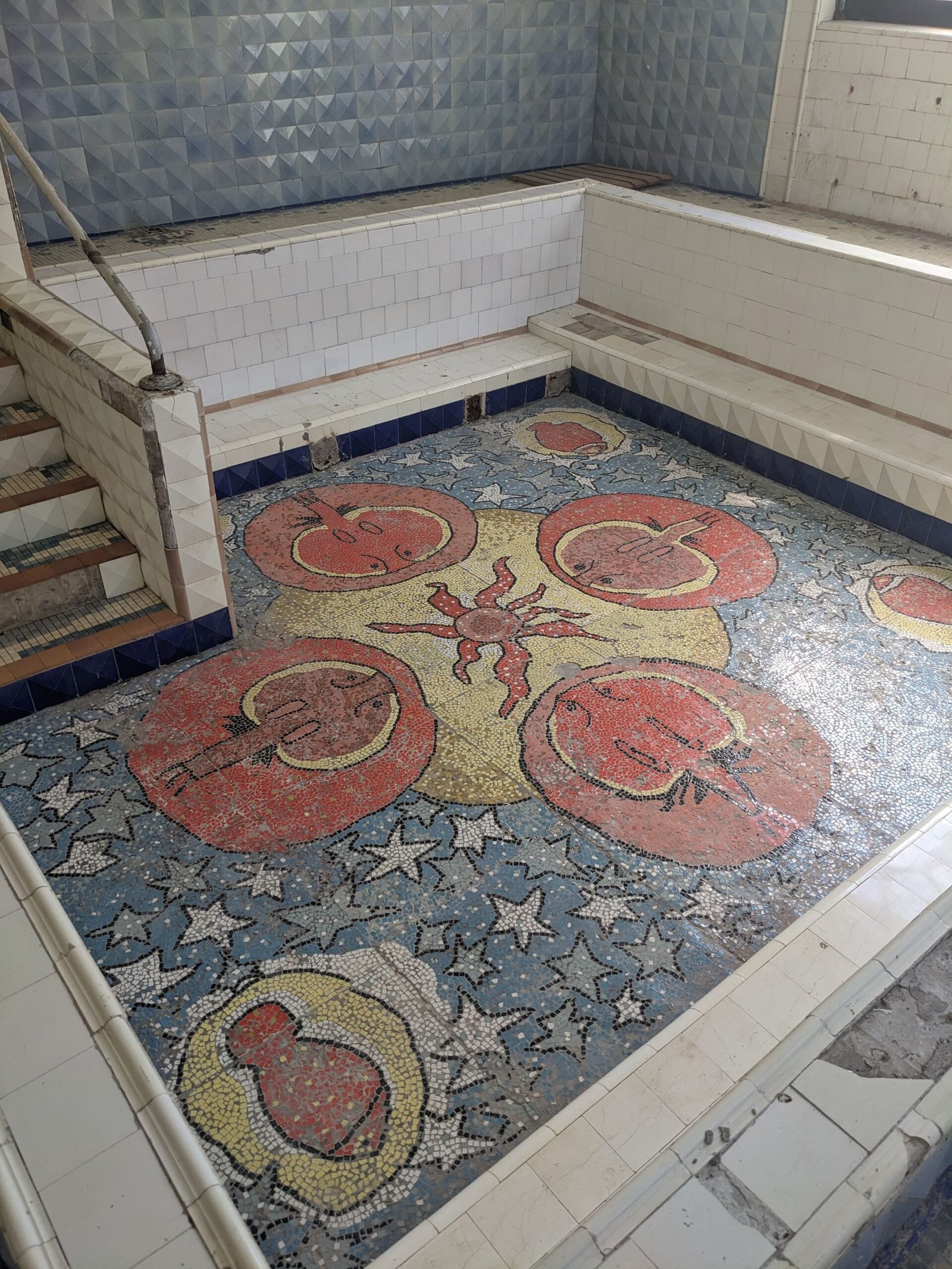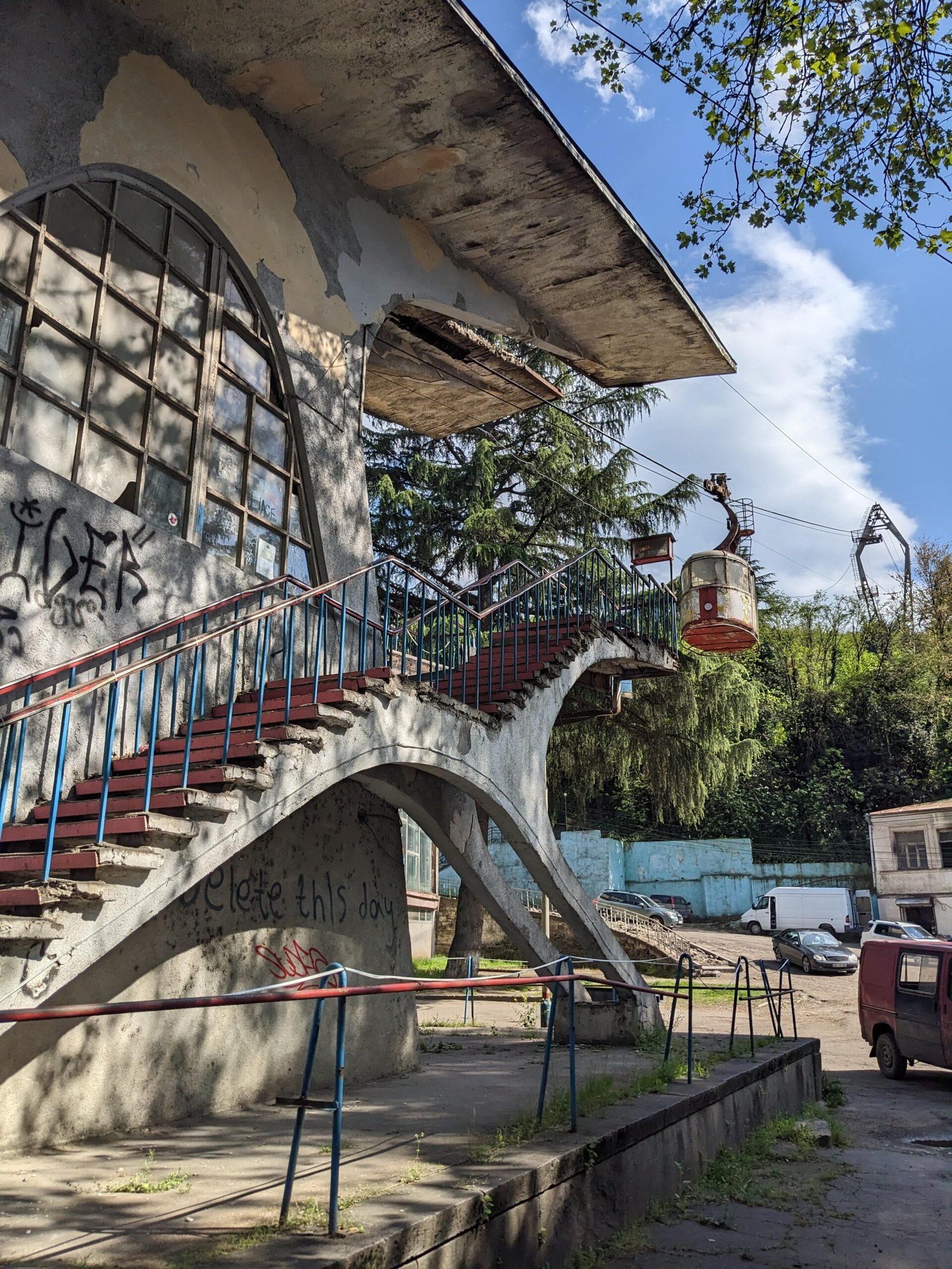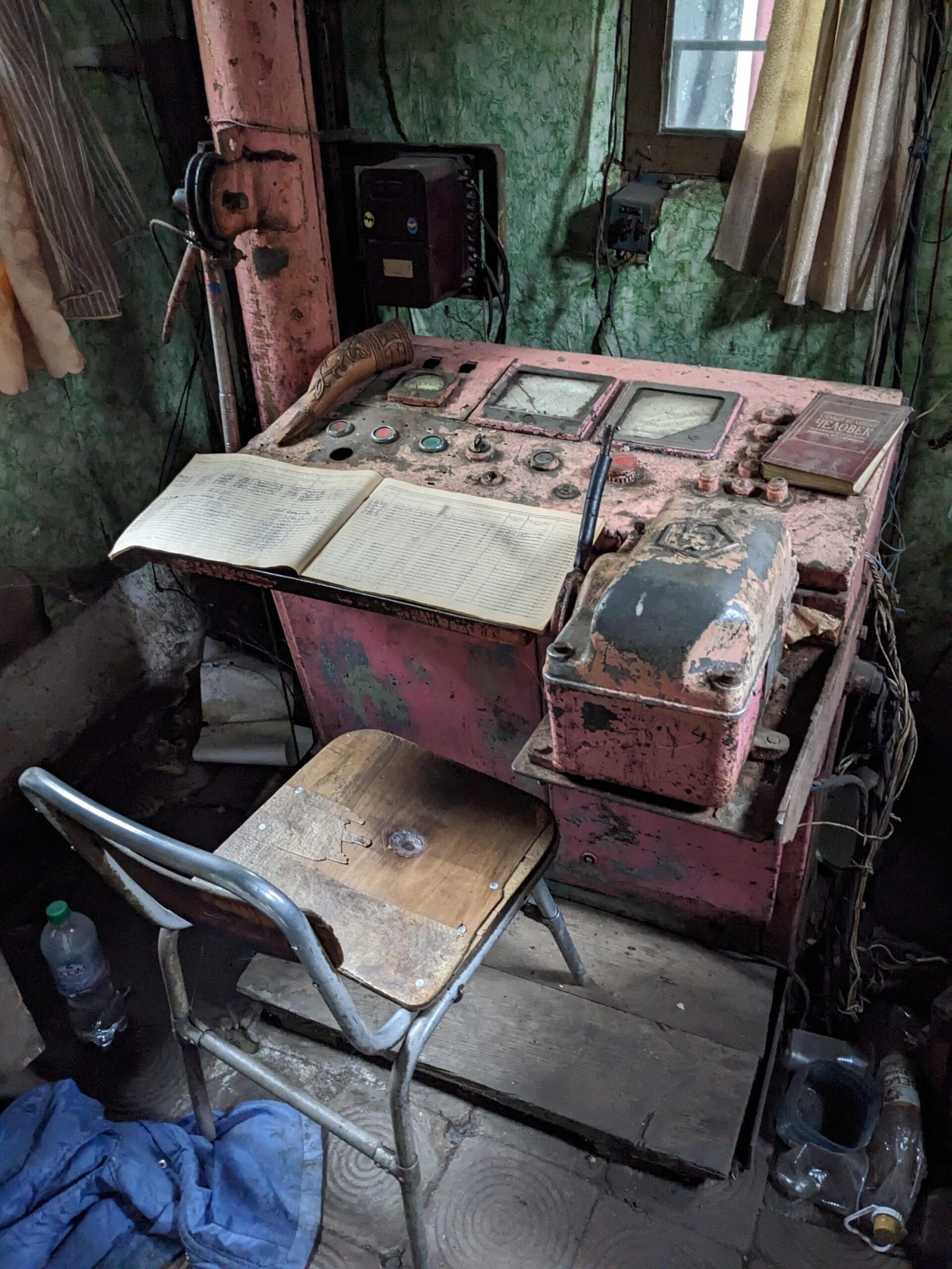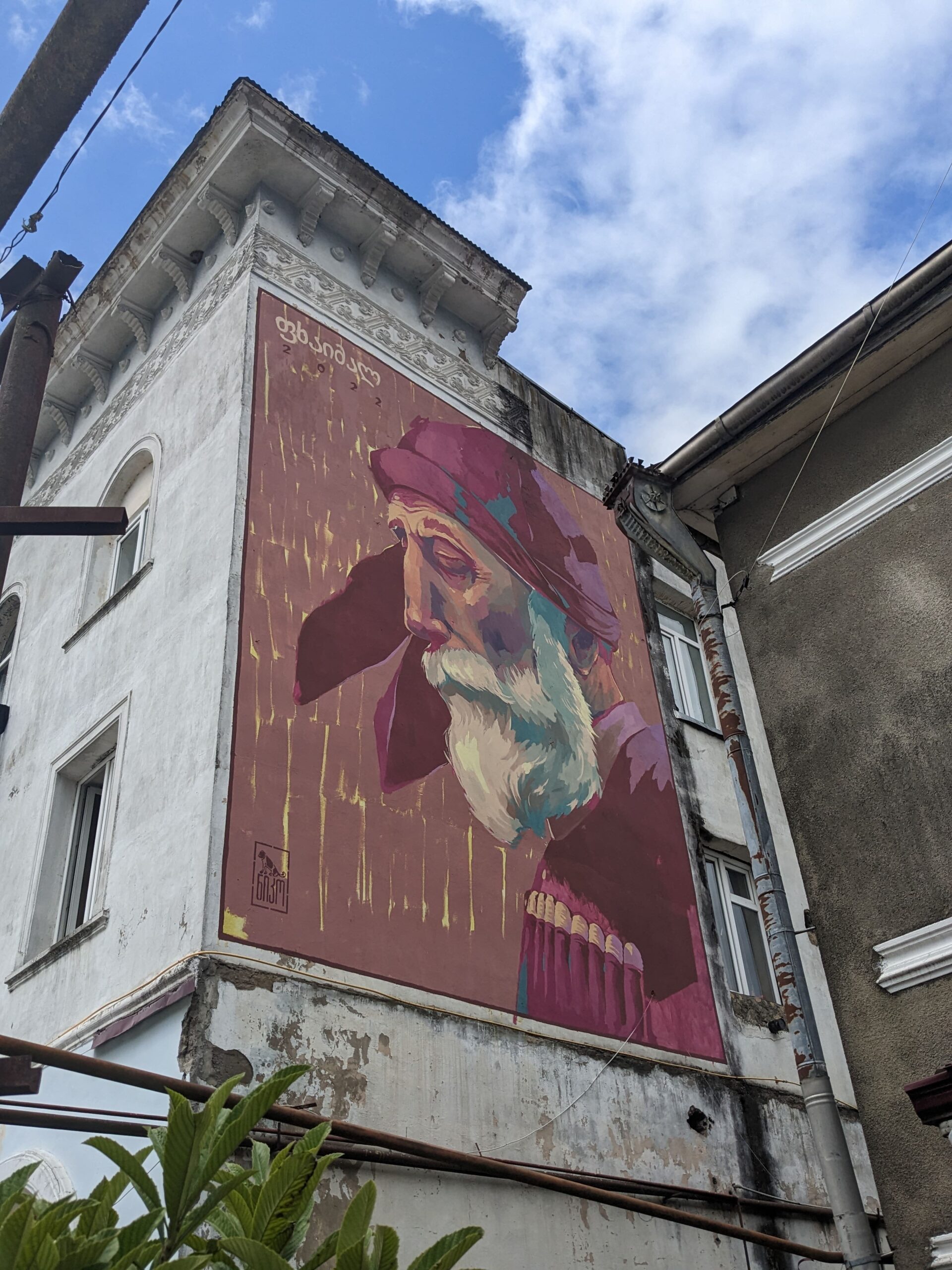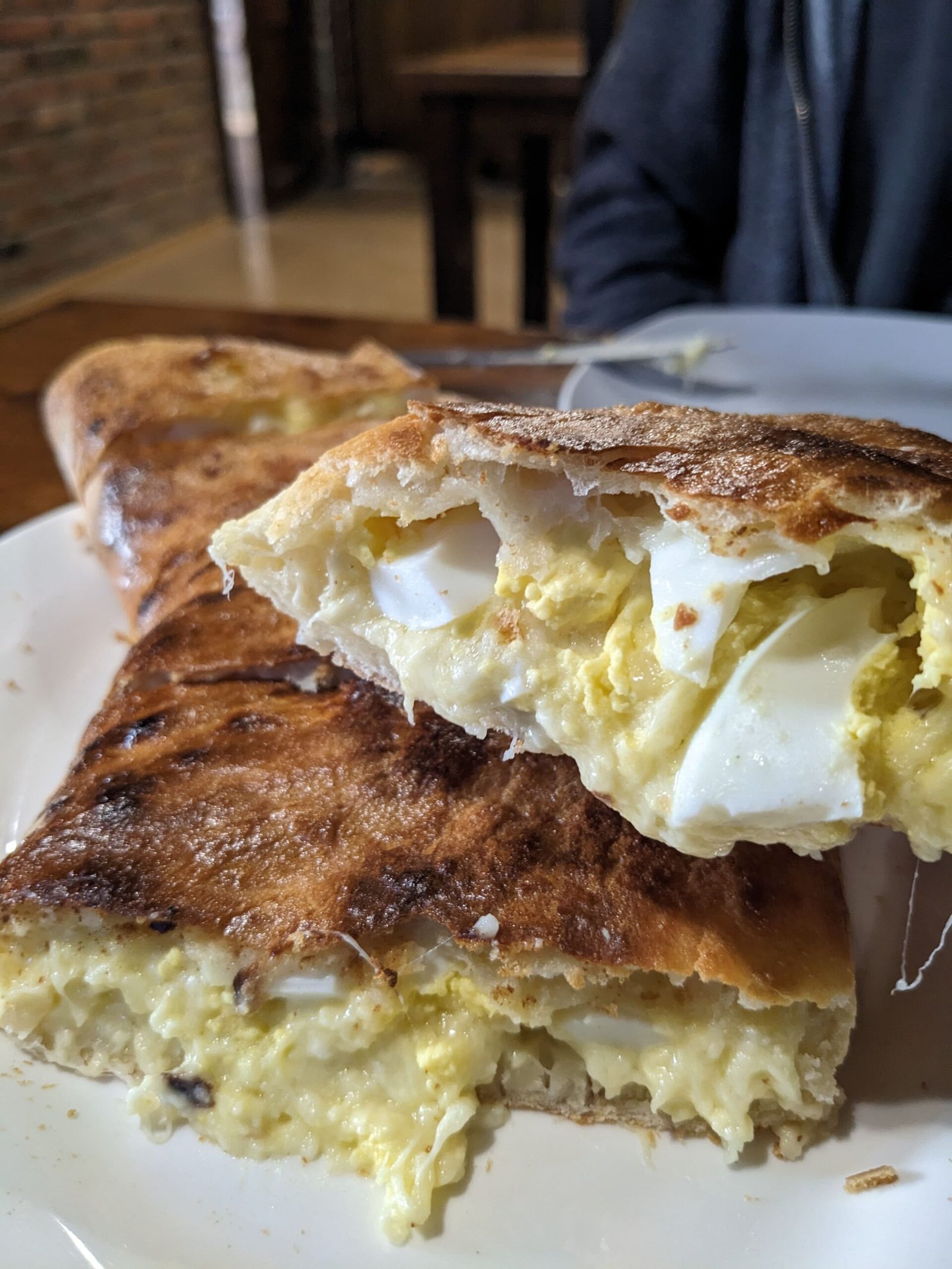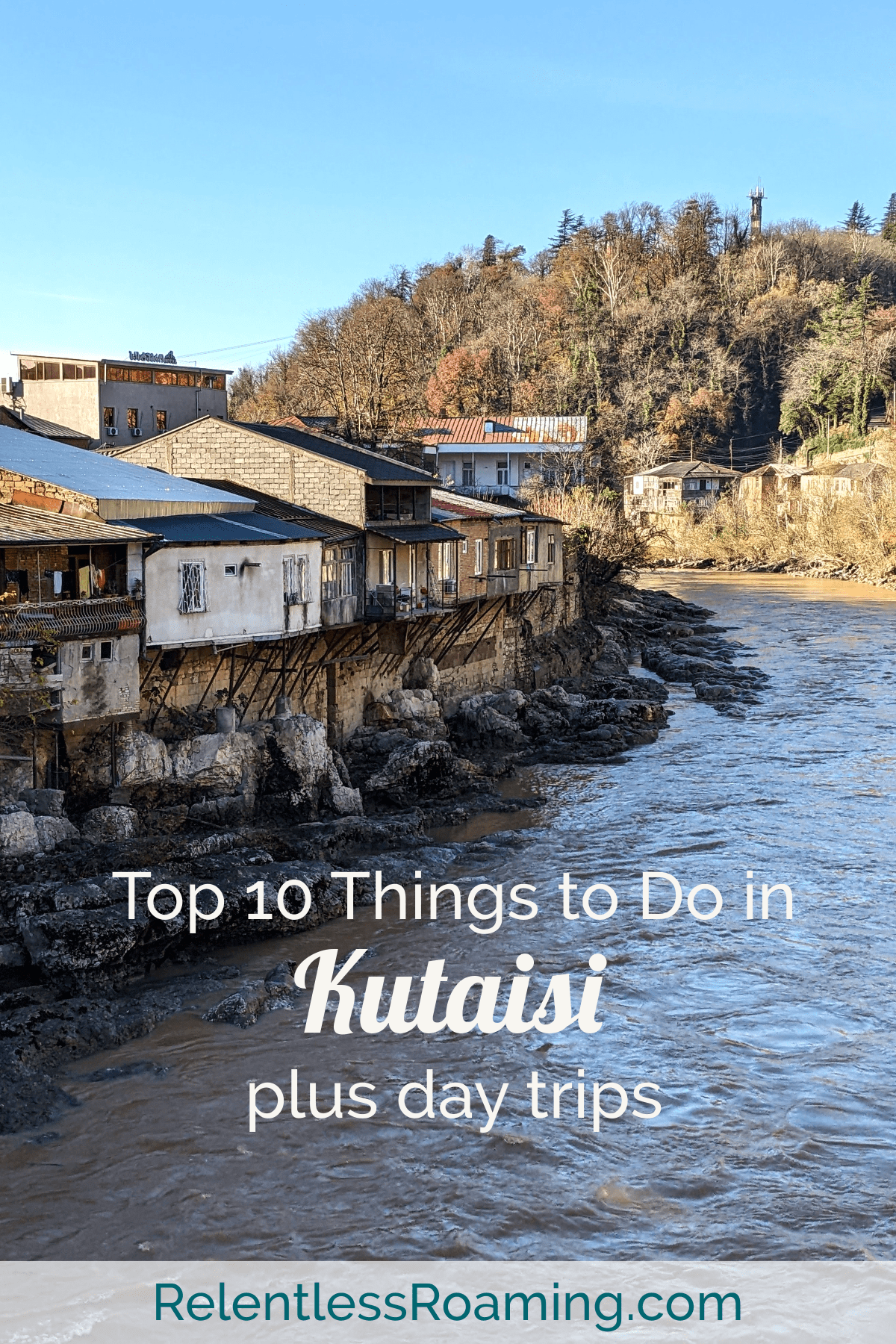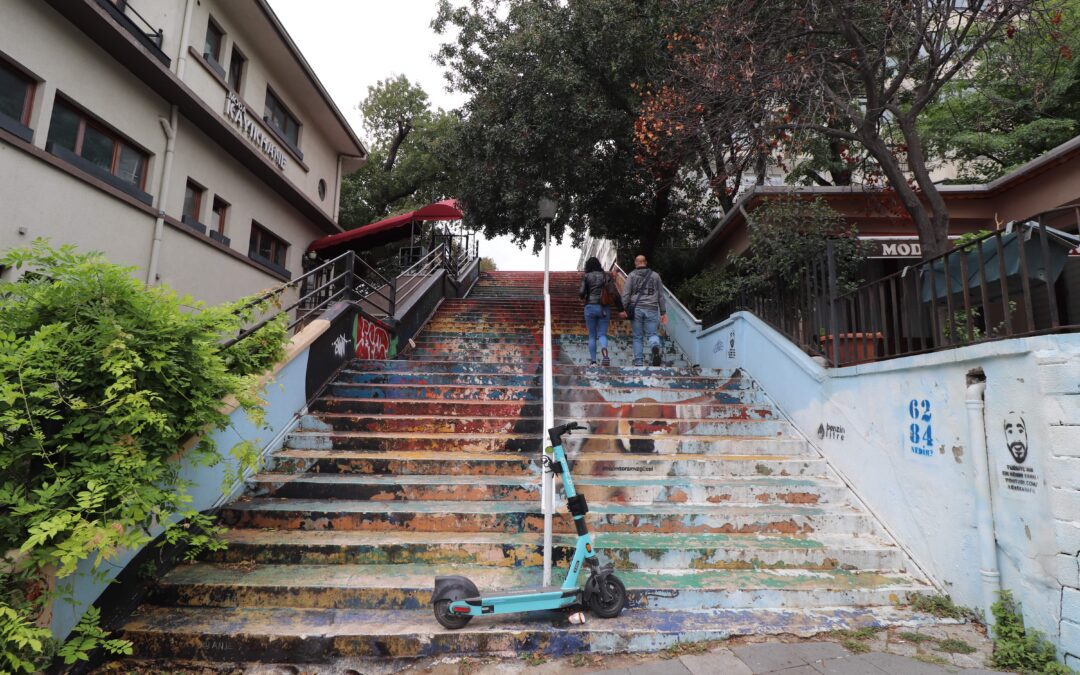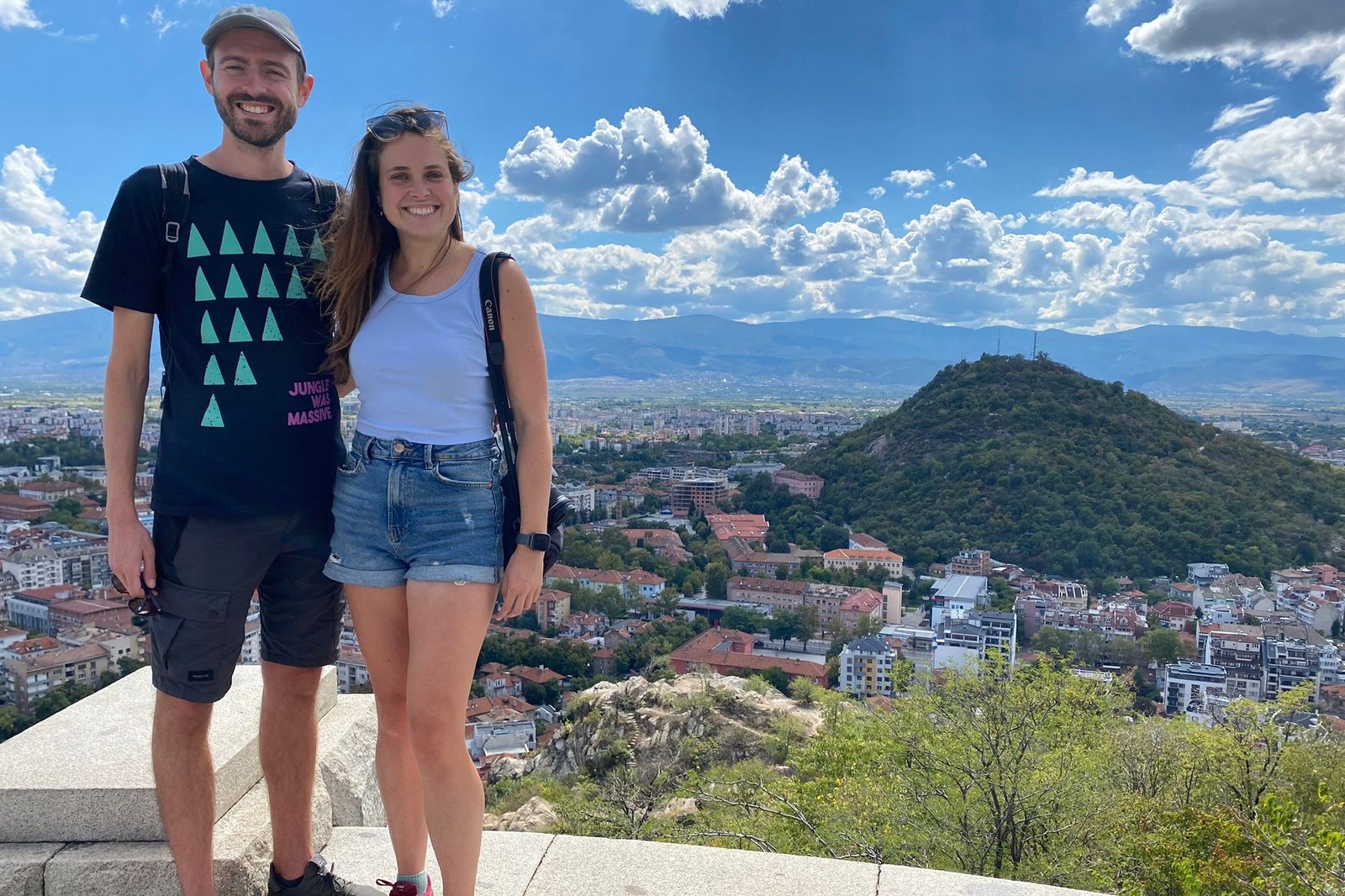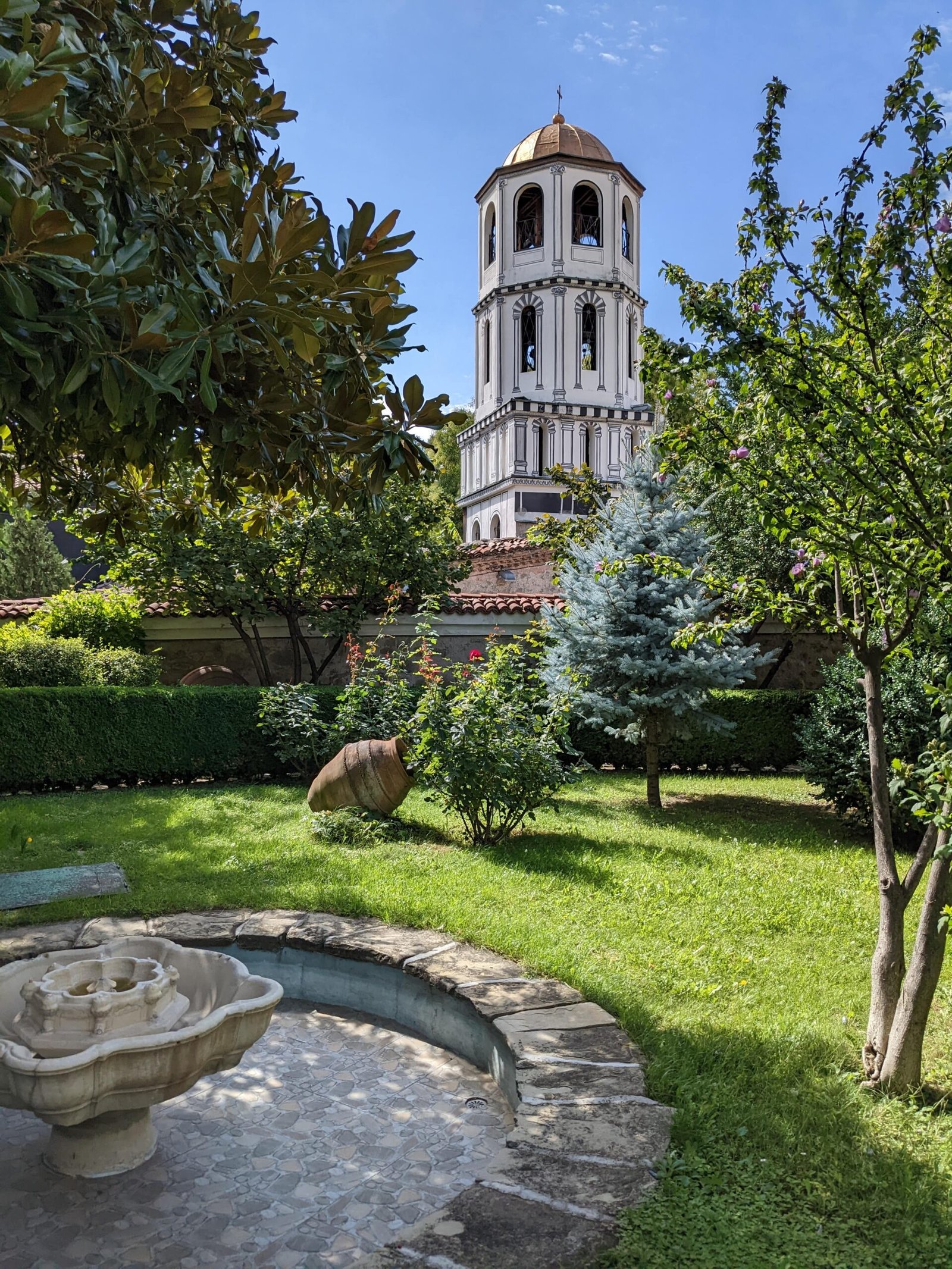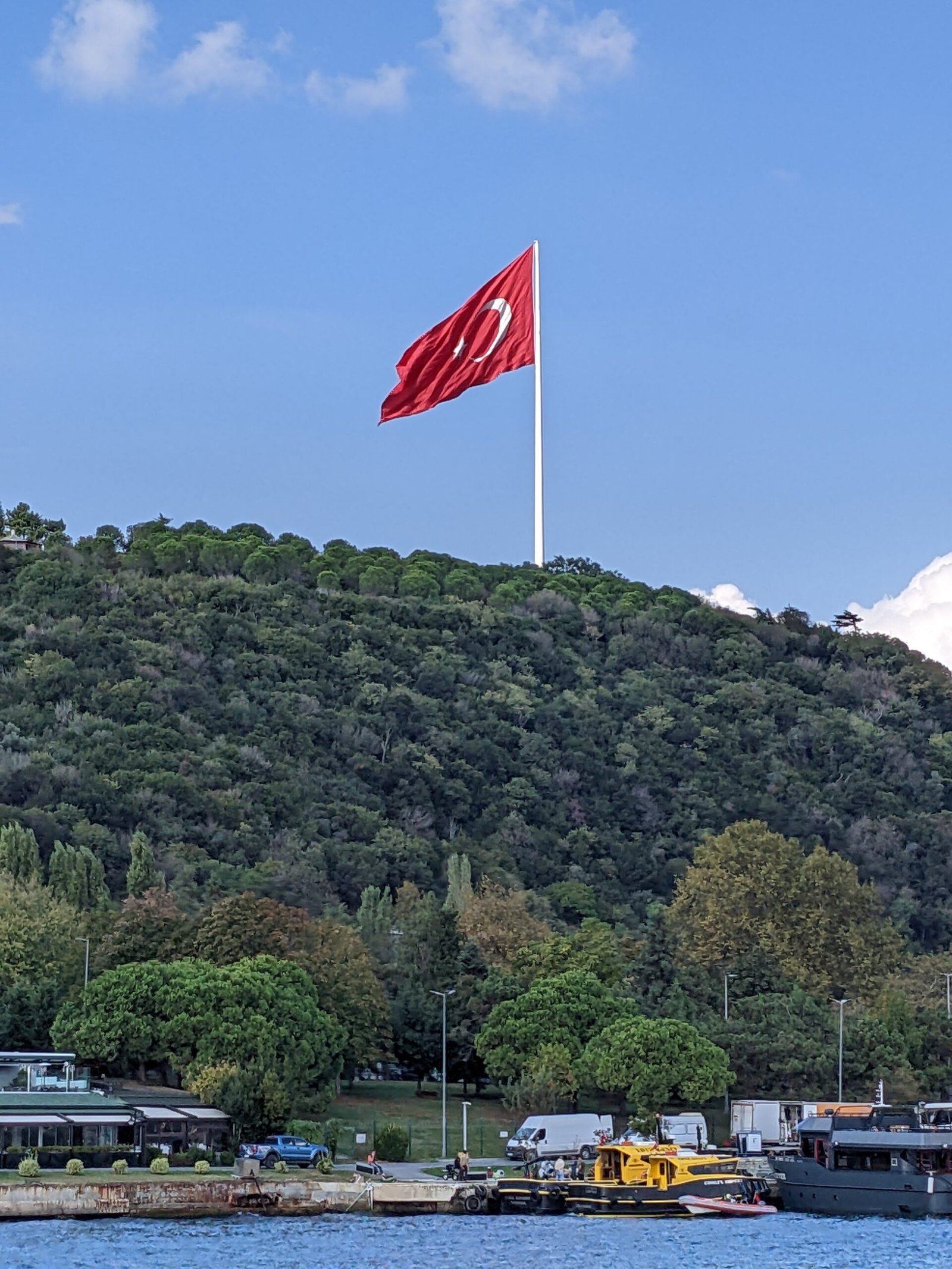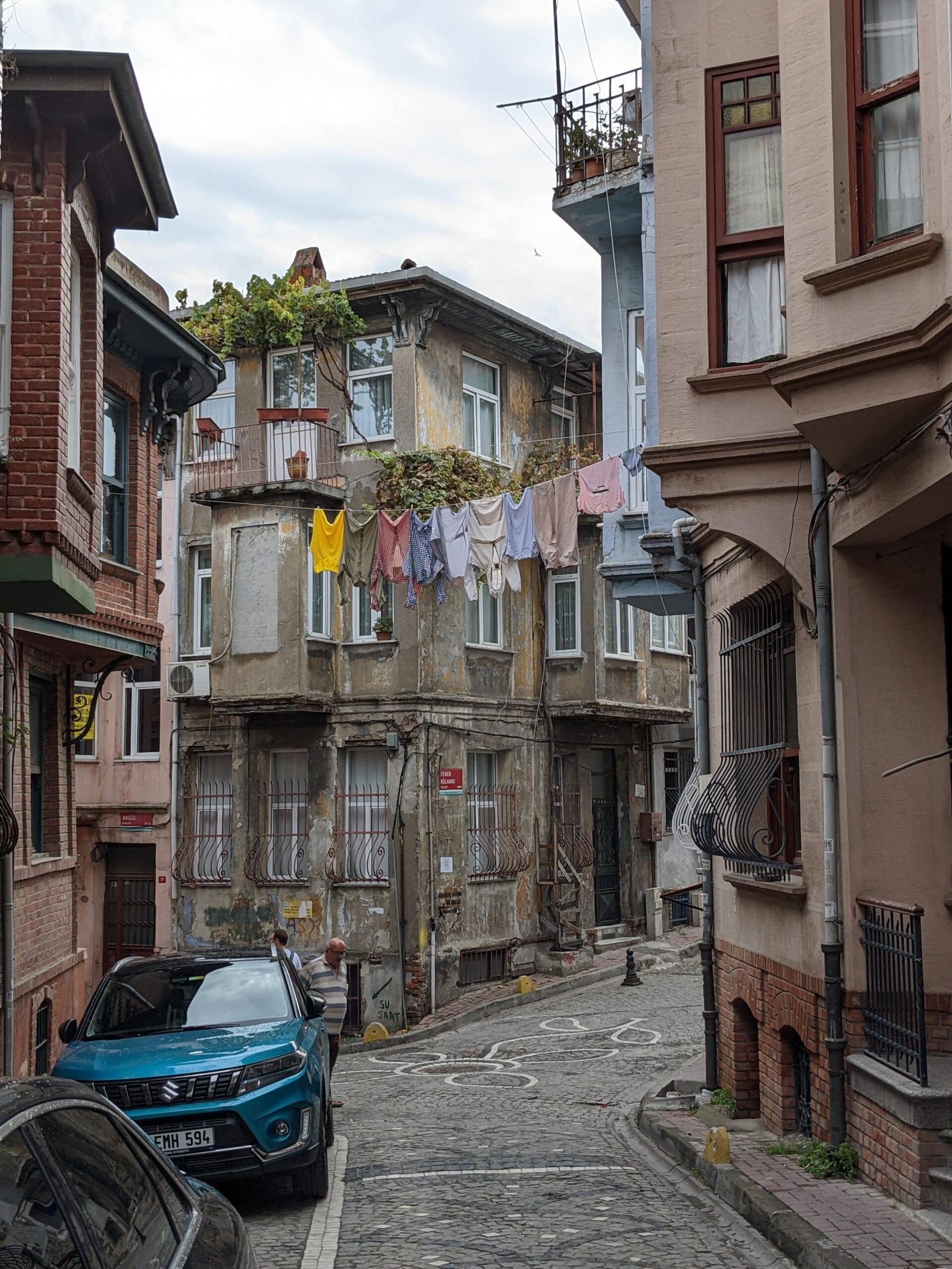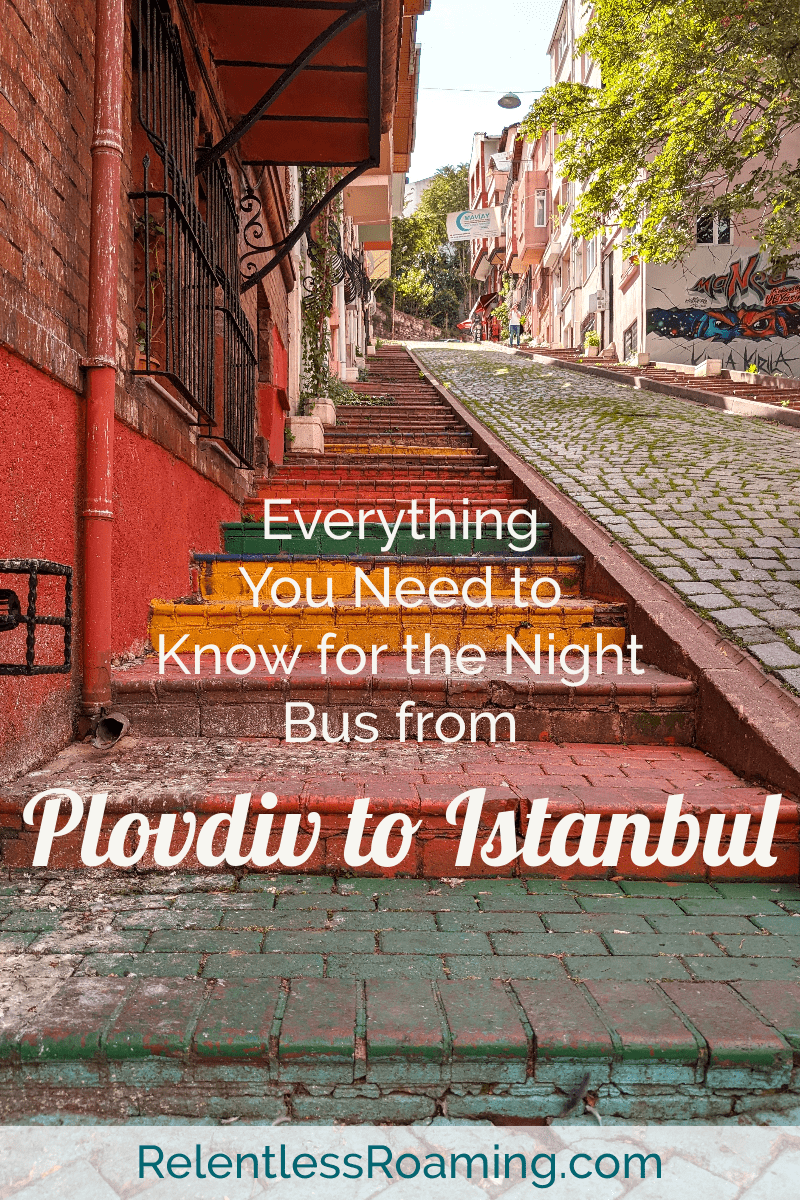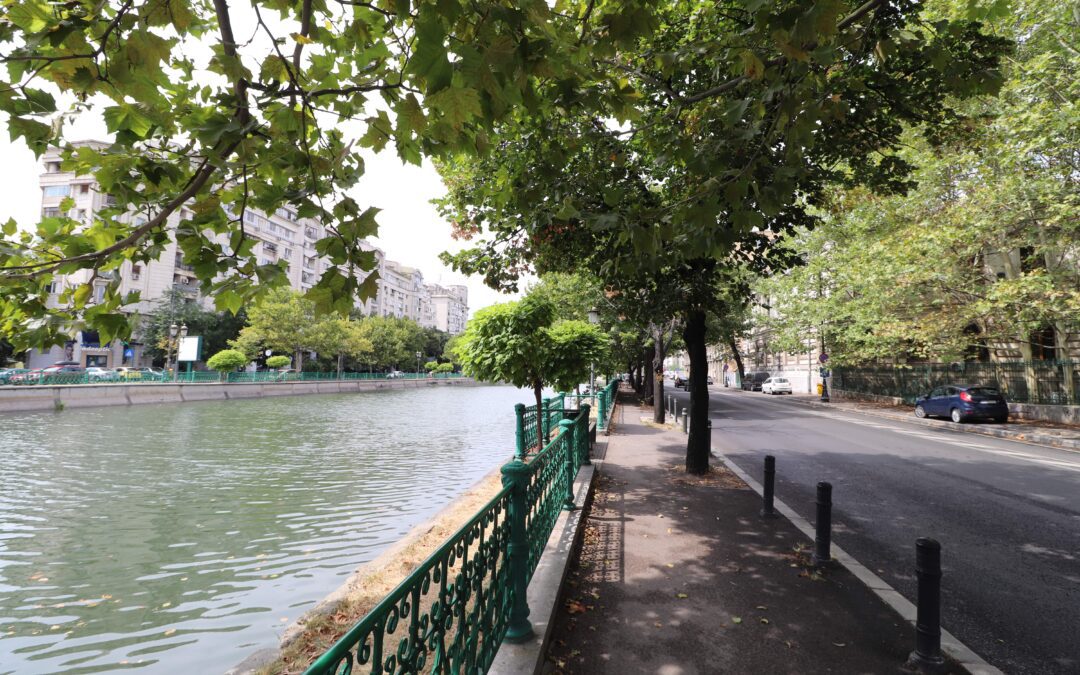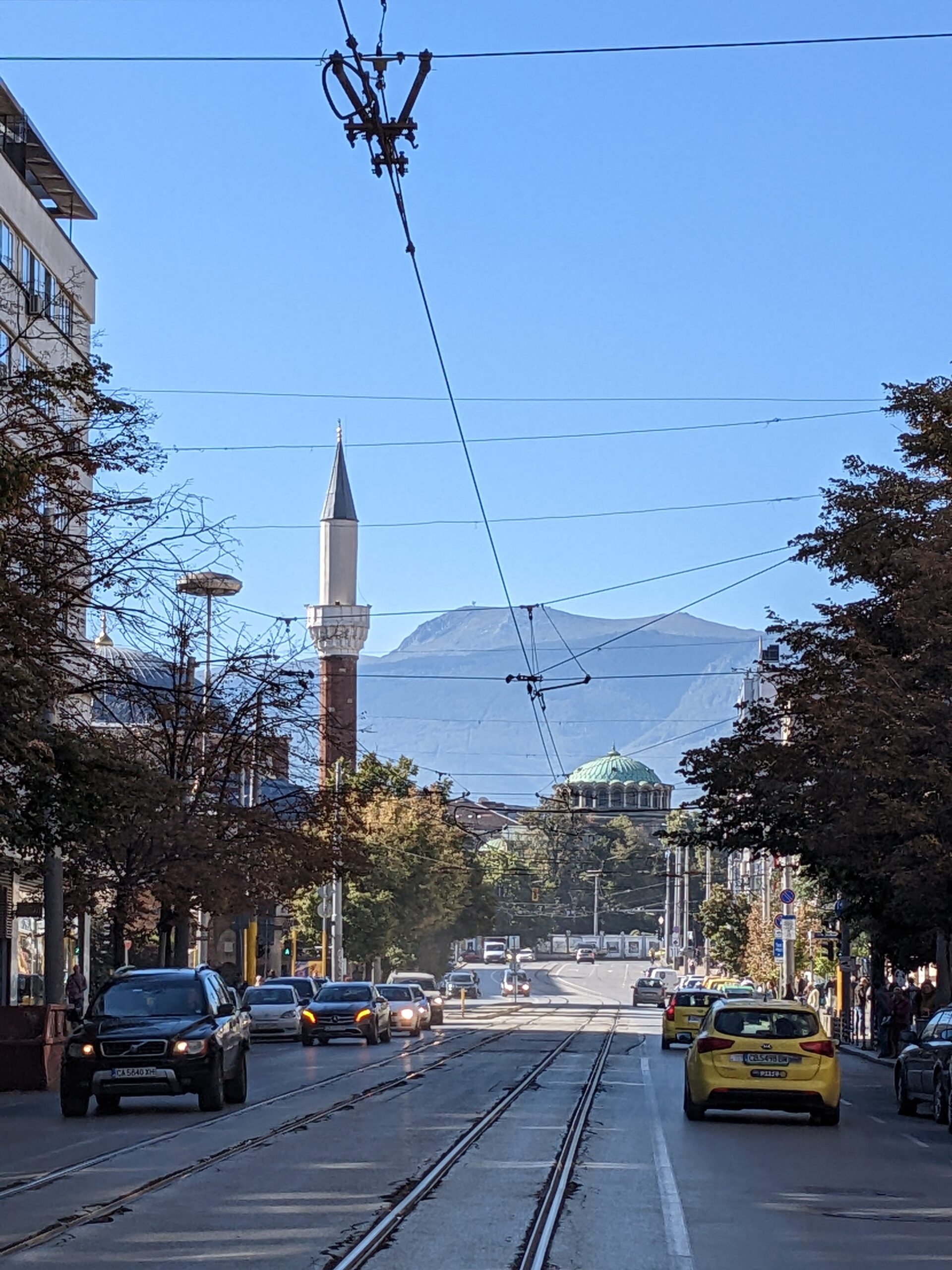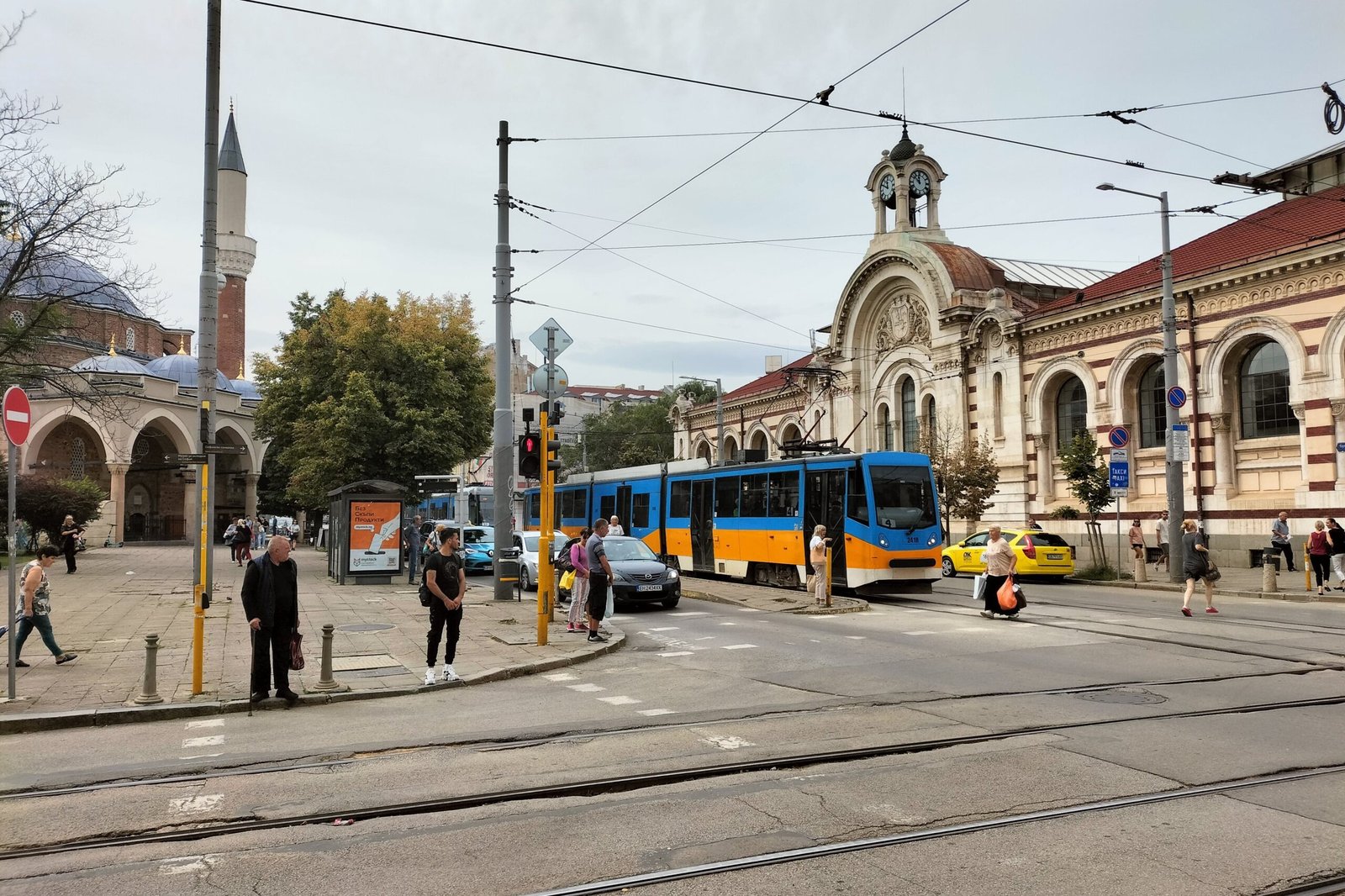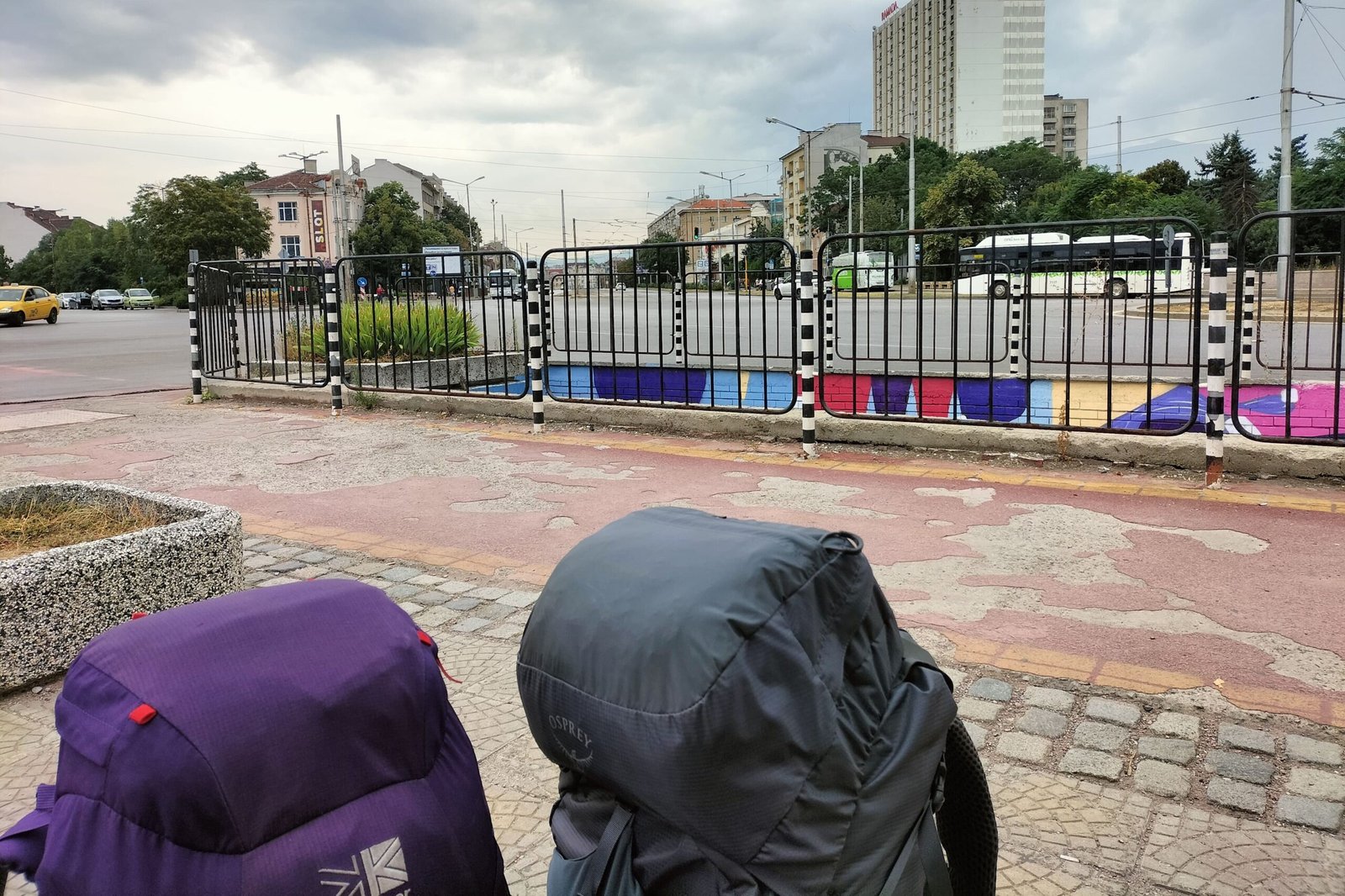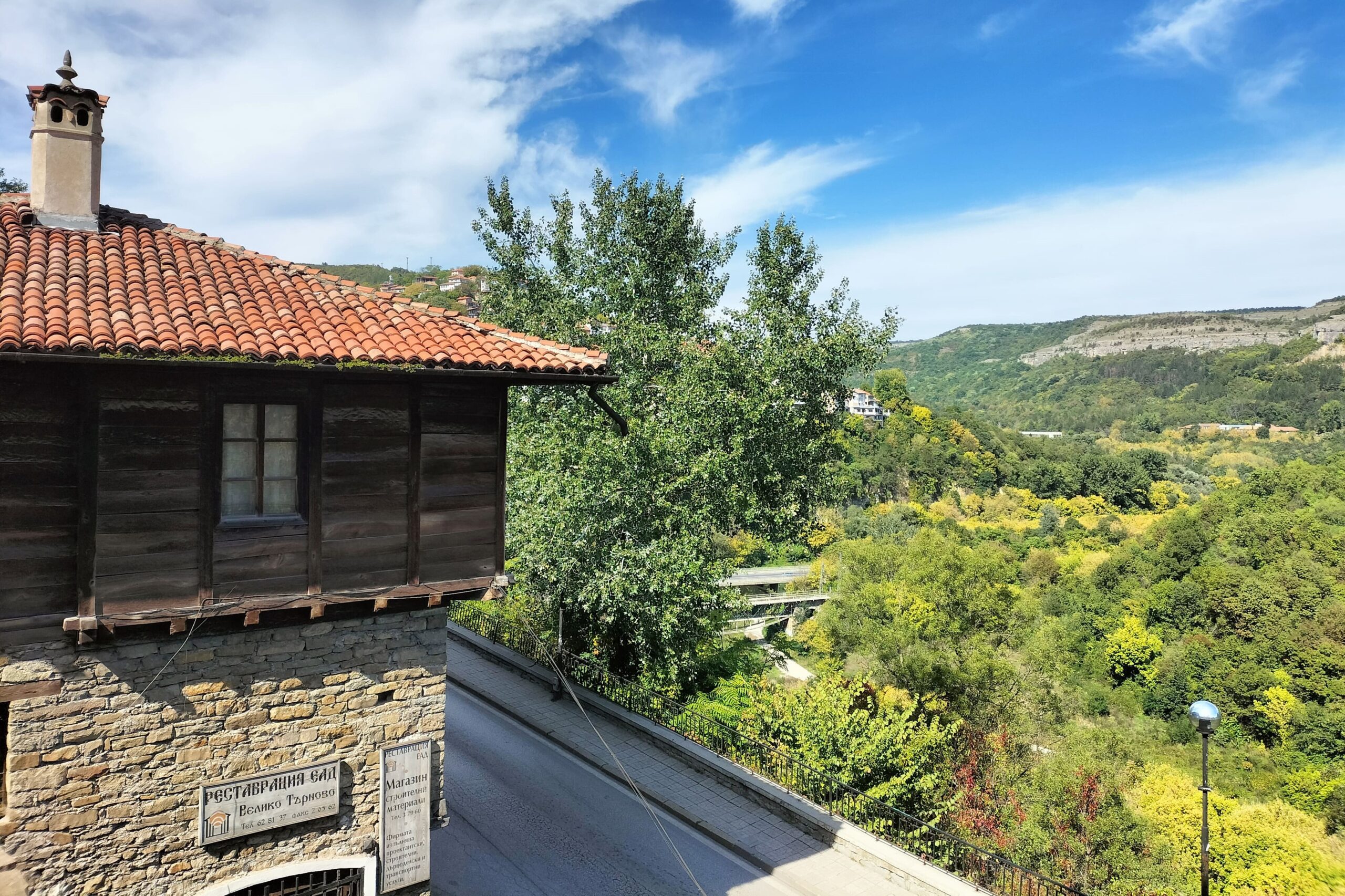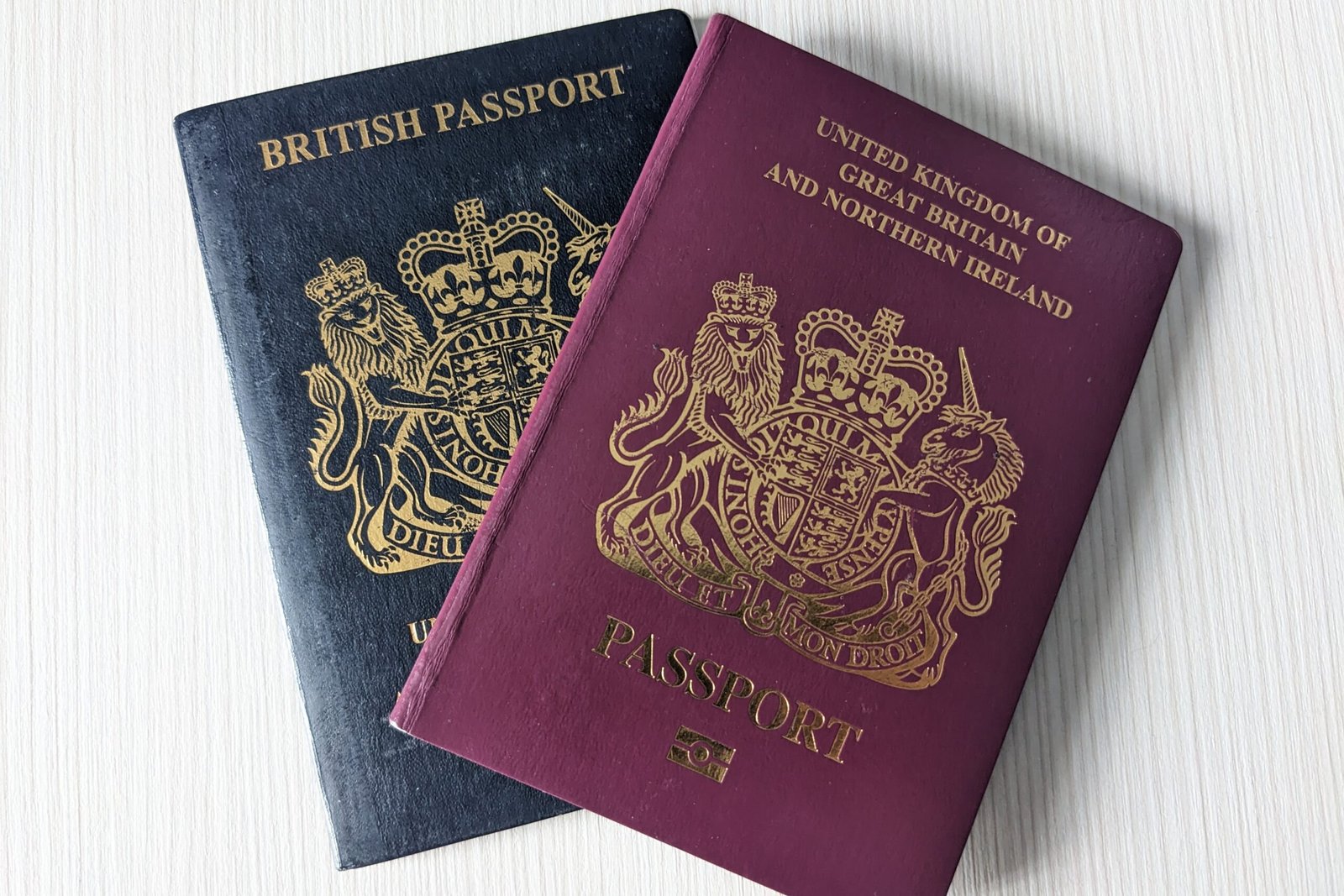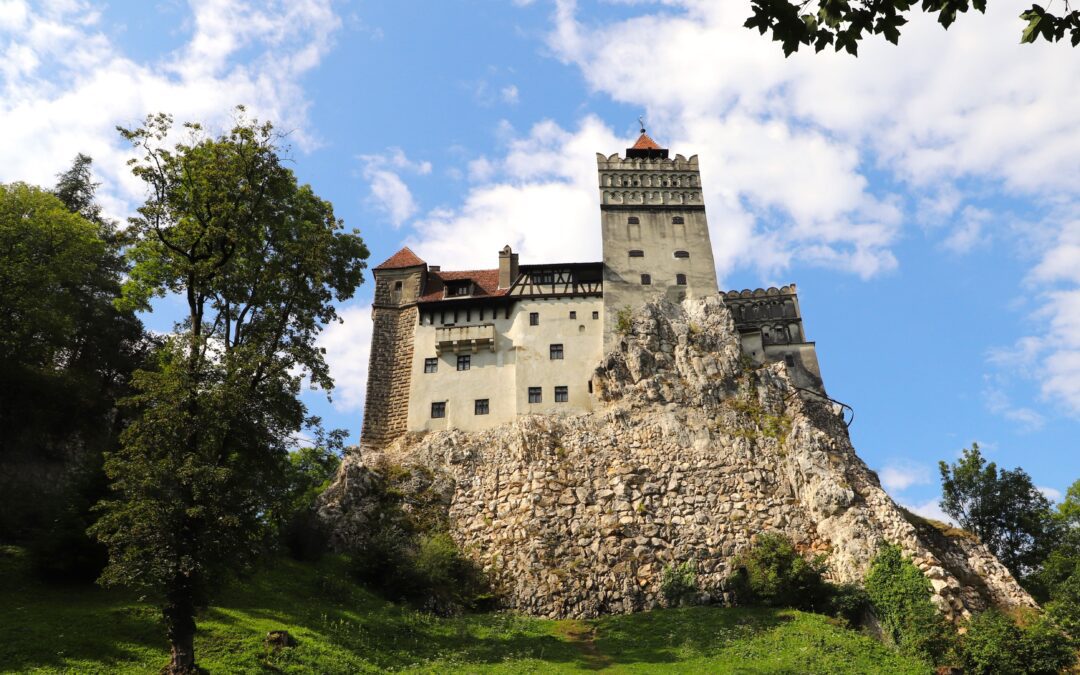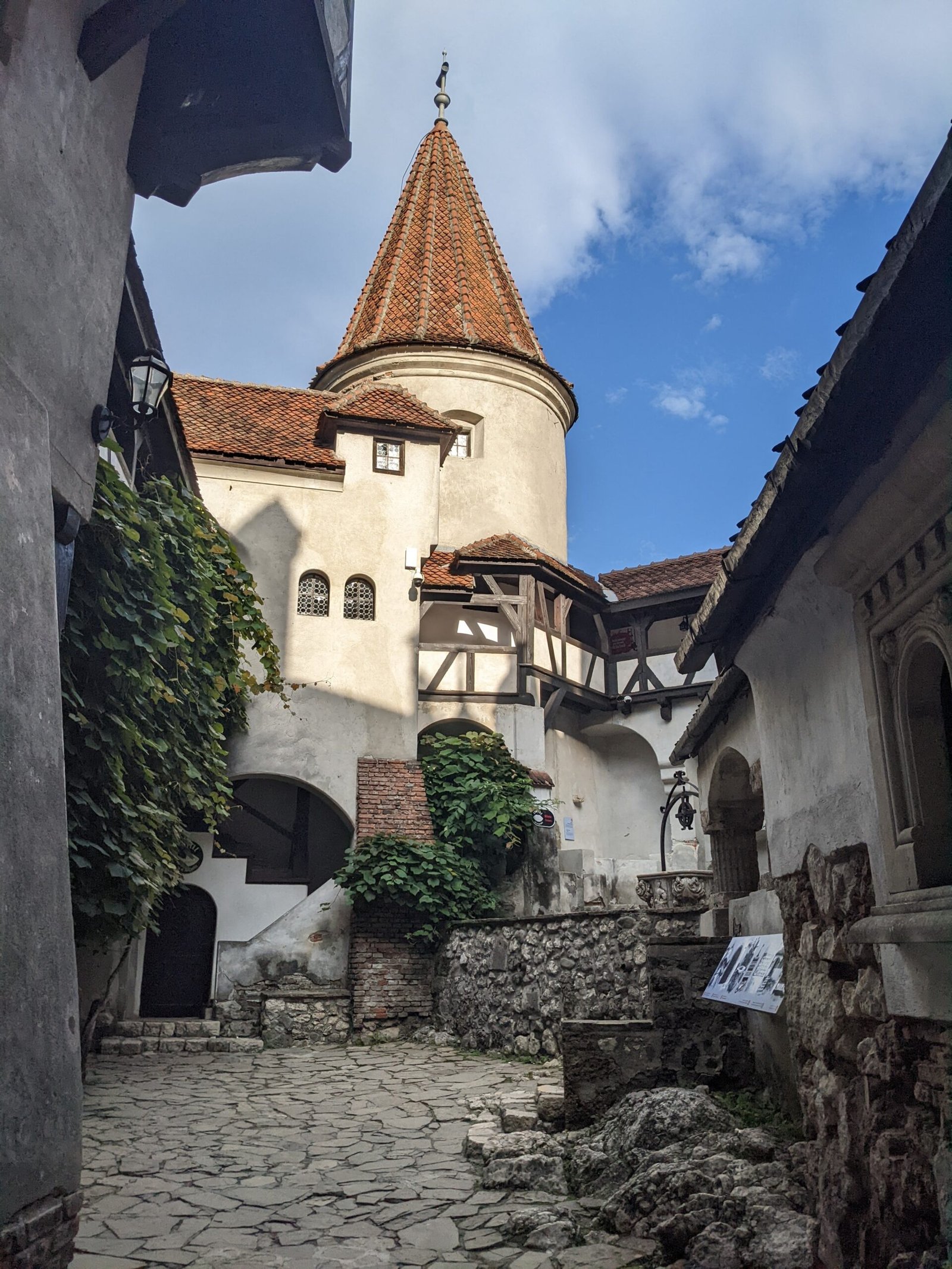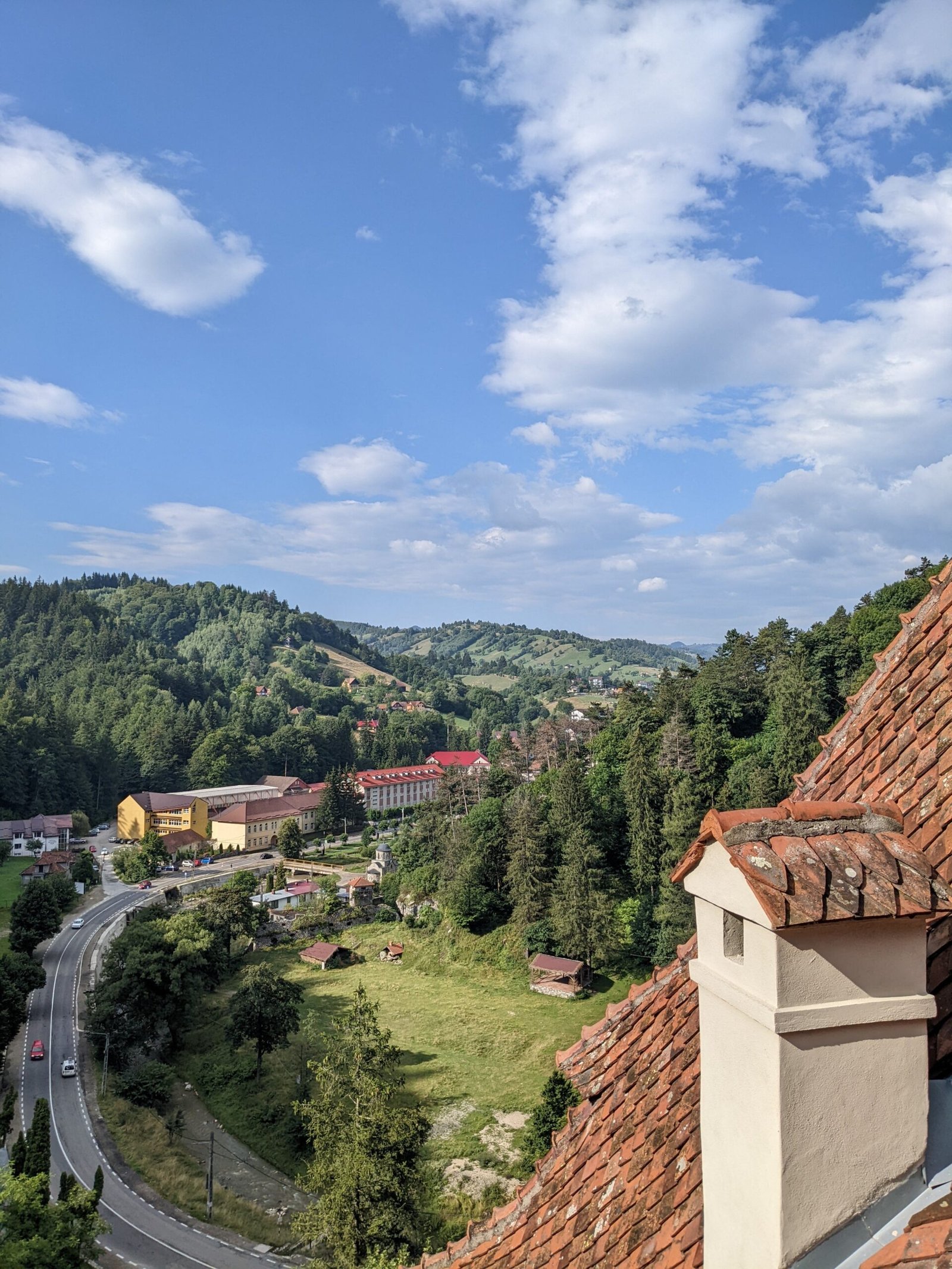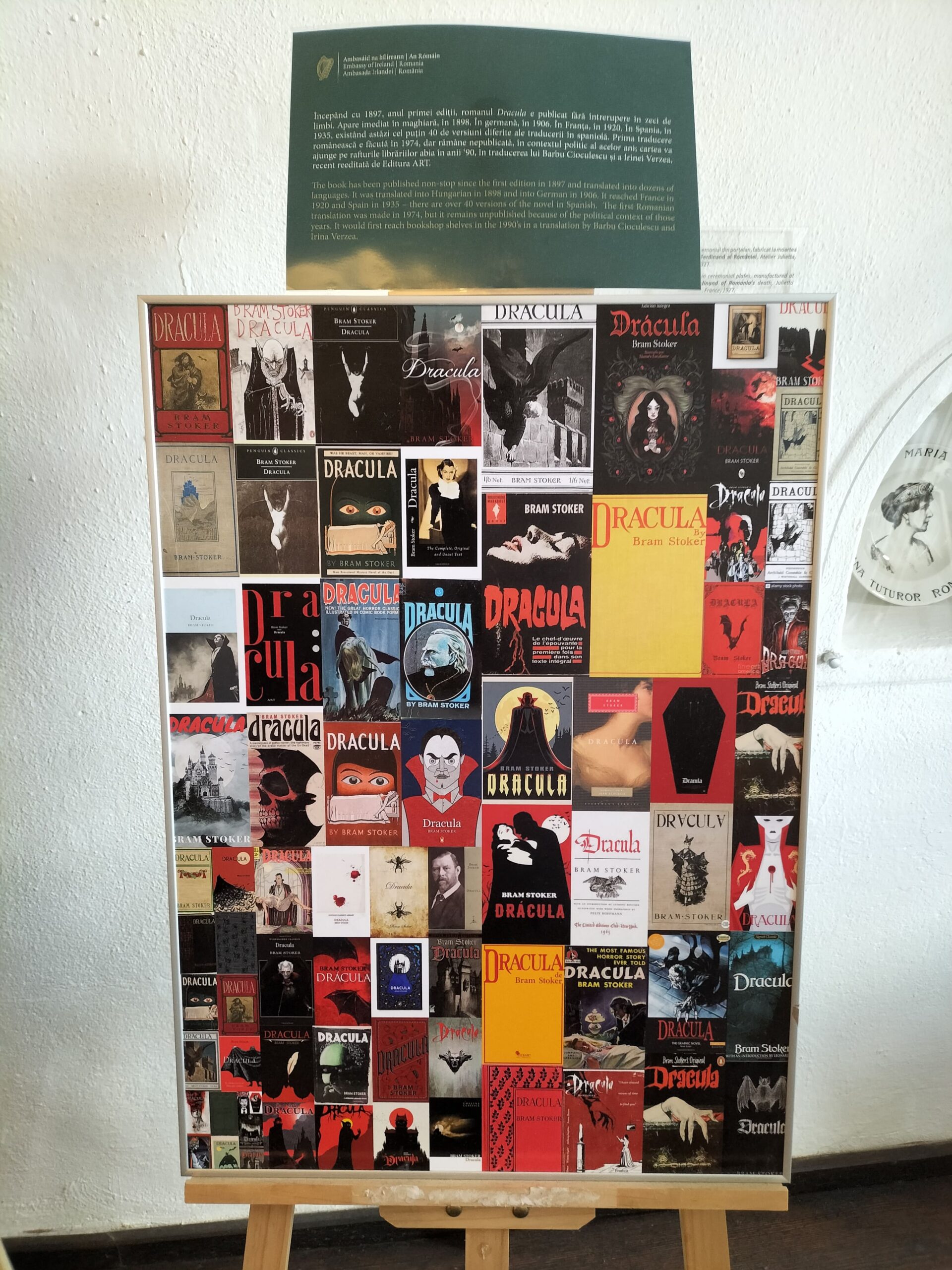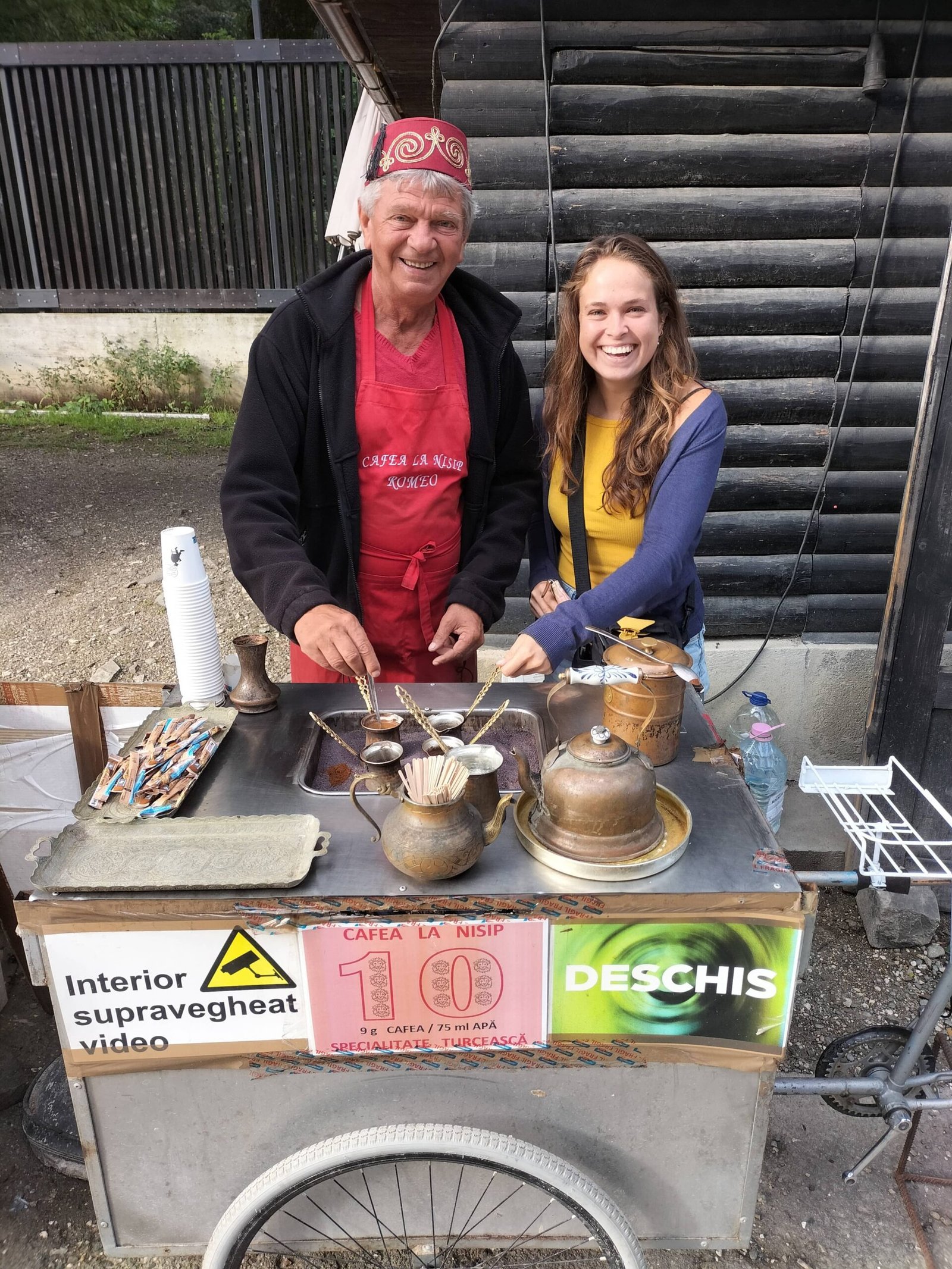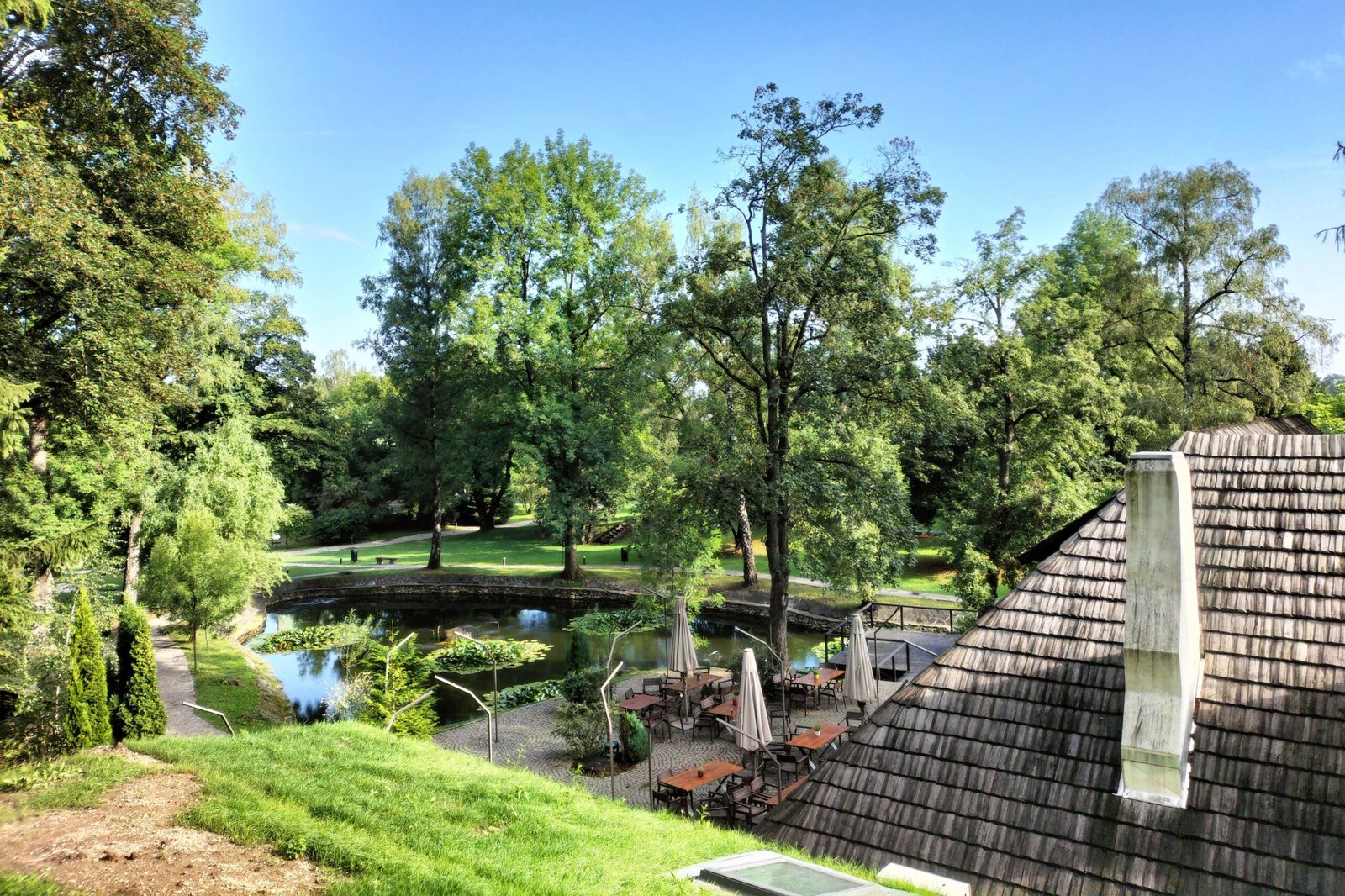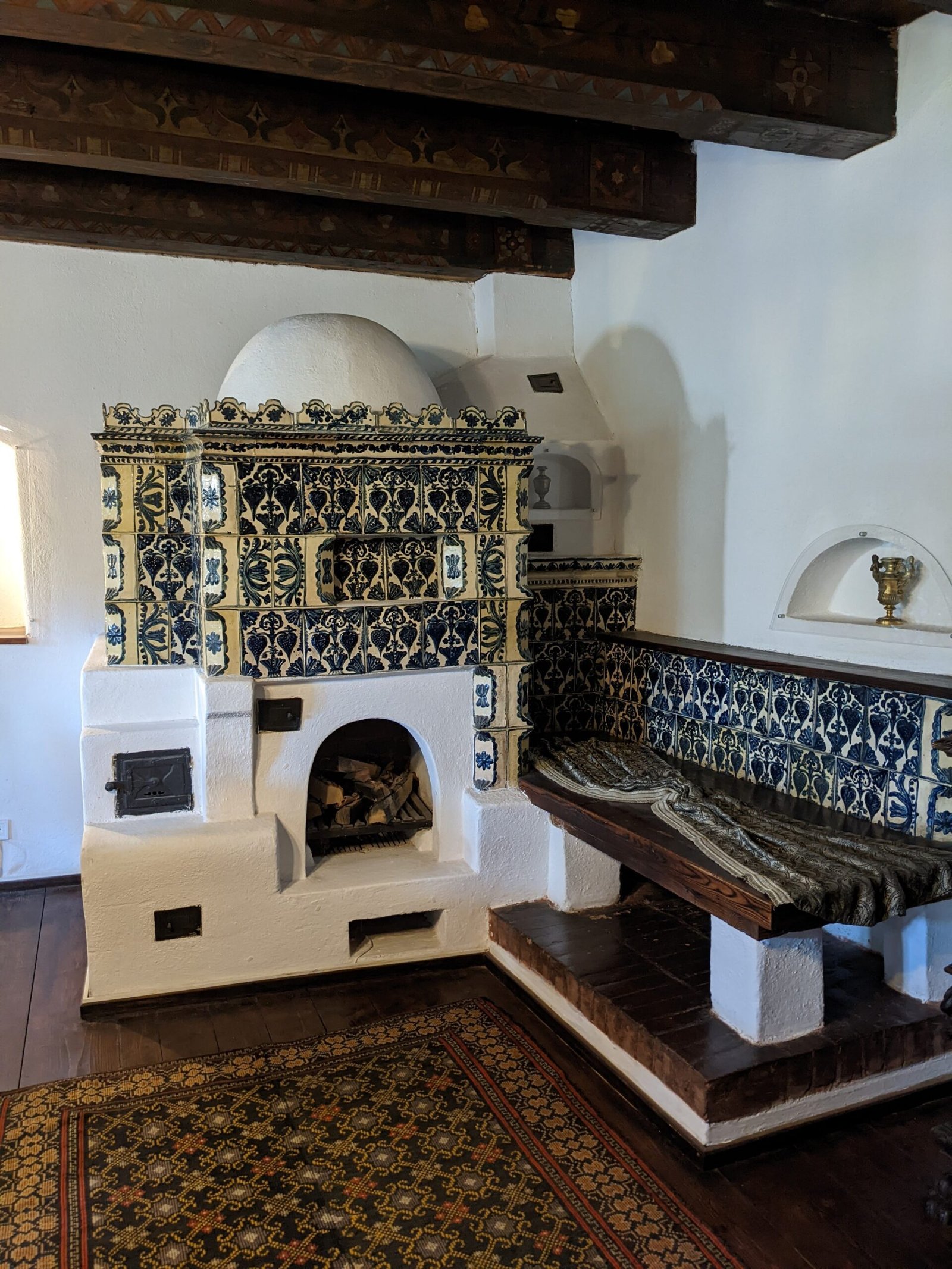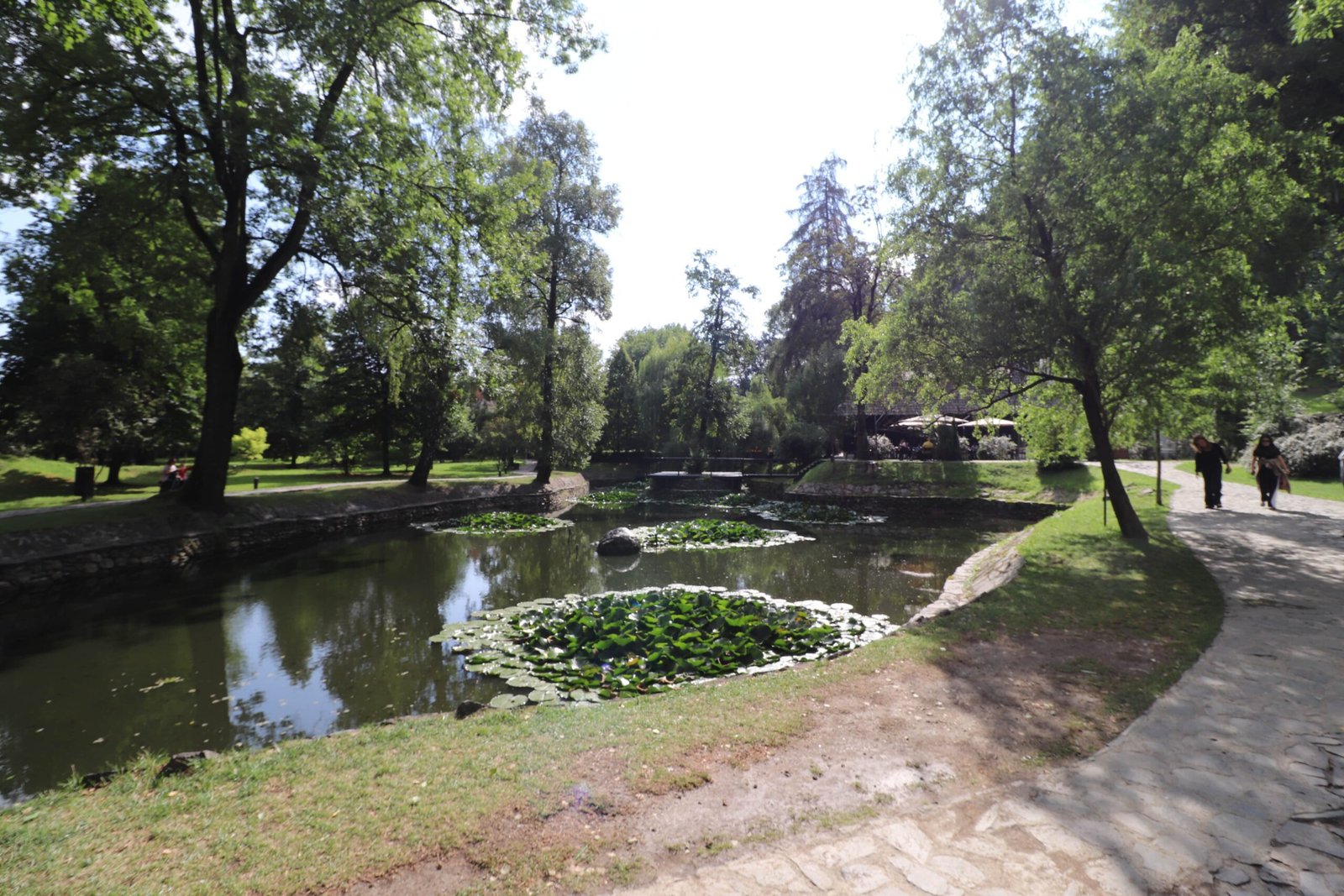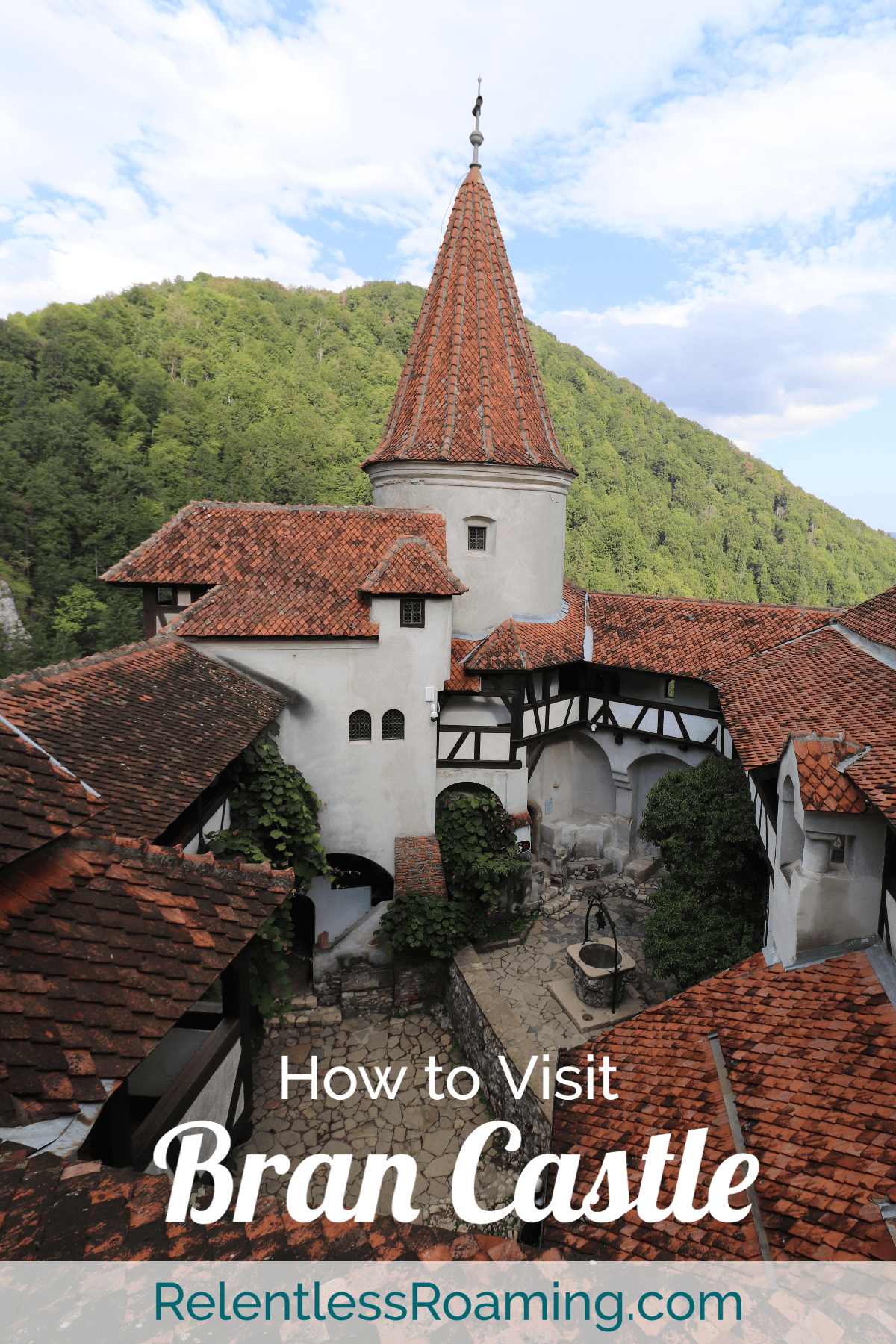
Top Tips for the Tbilisi to Yerevan Train
Top Tips for the Tbilisi to Yerevan Train
For a budget backpacker, an overnight journey always feels like a win because you save on a night’s accommodation! And while you save money, you often lose the will to live once you arrive at your destination because you are so knackered from the night before. Now, don’t get me wrong, the overnight Tbilisi to Yerevan train isn’t strictly an exception to the rule; you will be tired. But, because of the timings of border crossings, and the (half) decent sleeping conditions, you’ll likely be in a better state than you were expecting when you get to the other side. Also, this is an experience in and of itself!
We have put together this guide to share all our tips on taking the Tbilisi to Yerevan train overnight, and hopefully answer the questions that you might have.
Disclaimer: This blog post may contain affiliate links. If you click and purchase through an affiliate link, we may earn a small commission at no extra cost to you! This just helps us to continue creating blog posts. We will only ever recommend products and services that we have tried and loved ourselves.
Where to Stay in Tbilisi
We stayed at Magnolia, which is a lovely hotel with beautiful rooms with big windows, so that you can catch the stunning sunrise each morning! They serve a buffet breakfast, and have a roof terrace too.
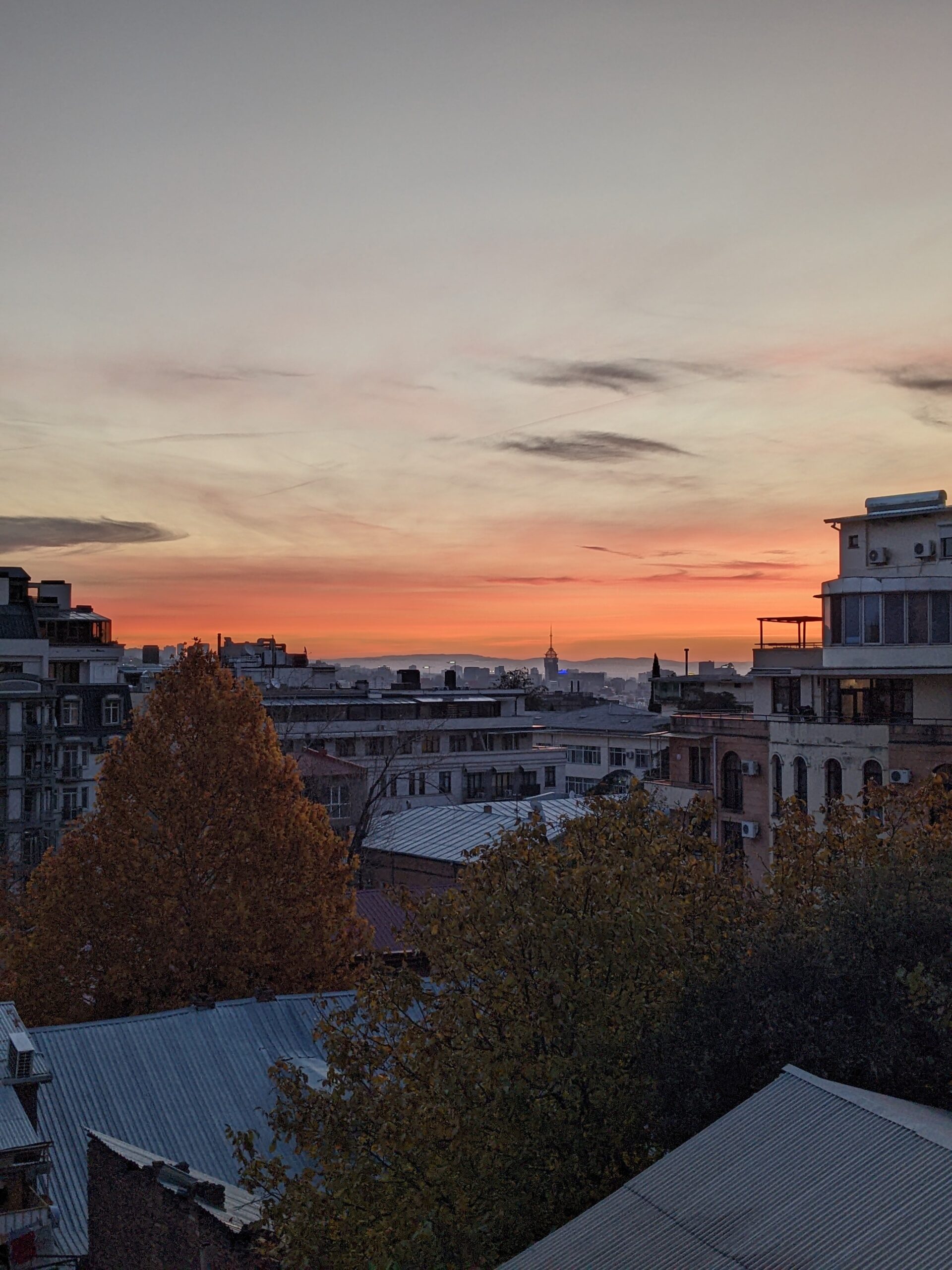
How long is the journey?
Our journey took about eleven hours. Obviously, if there is a hold-up at the border for whatever reason, the time could vary, but this gives you a general idea. The train leaves Tbilisi Central Station promptly at 20:20, and we arrived into Yerevan Railway Station at about 07:00 the next day.
Planning Your Trip?
These are our favourite resources that we use religiously for planning our travels at home and while on the road. Use them for your trip planning too!
Accommodation: for the best deals, we use Booking.com, and Agoda.com. And what’s even better is that you build up loyalty points the more you book, which gets you exclusive offers like extra discounts, free breakfast, free room upgrades, and cashback!
Transport: For buses and trains, we swear by BusBud, and 12Go Asia.
For flights, we find them on Skyscanner and make sure to book through Trip.com because you can rack up points which turn into credit on your account, and sometimes free lounge access.
Travel Insurance: THE best budget-friendly insurance SafetyWing – no question.
SIM Cards/Tickets/Experience: Klook is the way to go!
What are the sleeping arrangements like?
Well, it depends on your ticket. Fancy first class is two beds in a cabin, second class is four bunks in a cabin, while third class is an open carriage with loads of bunks (only ever two bunks high). We travelled in third class, and honestly, it was pretty good. Everyone was given a beige sheet, pillow and pillowcase, and the bunks themselves were comfortable enough.
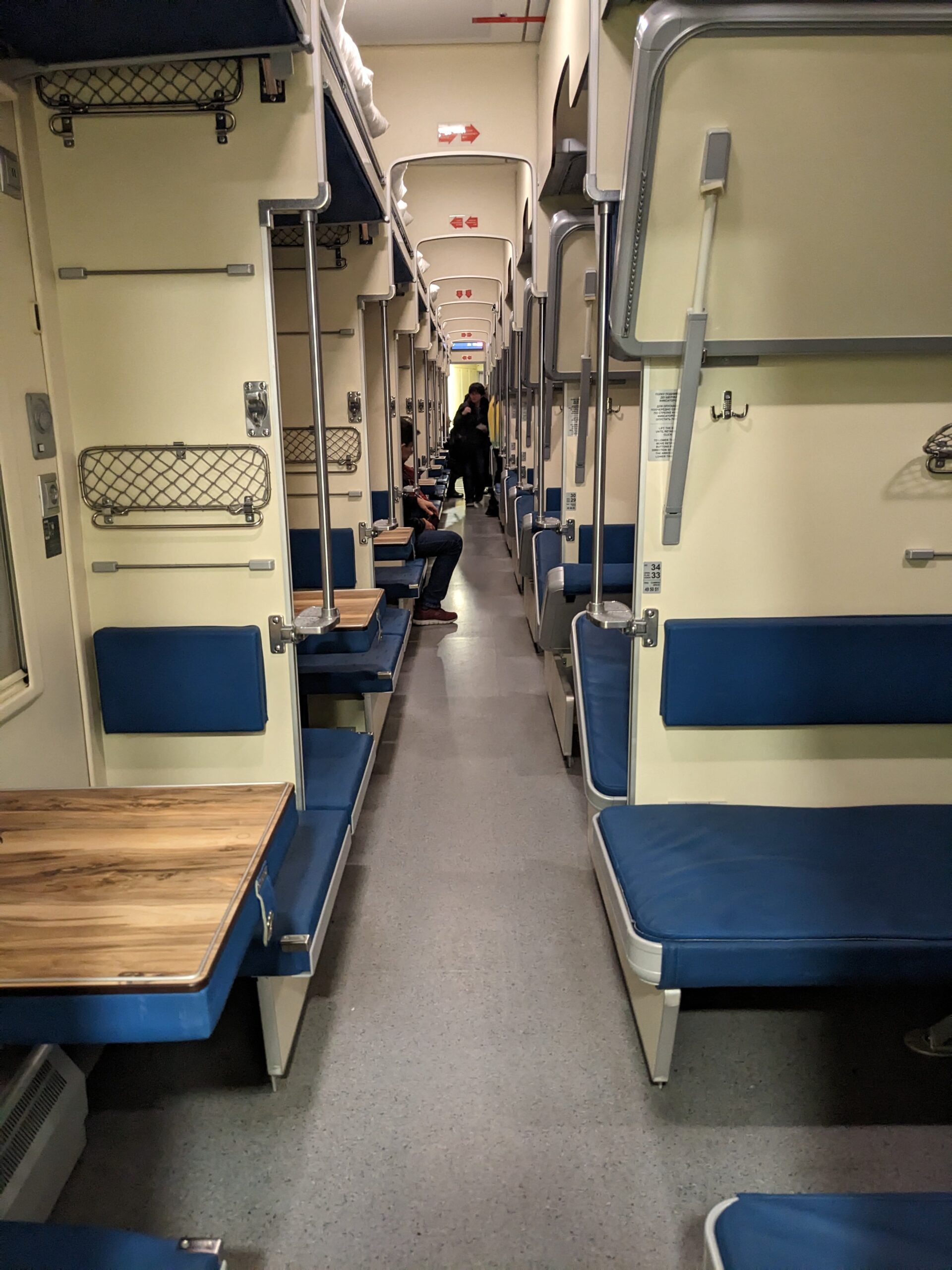
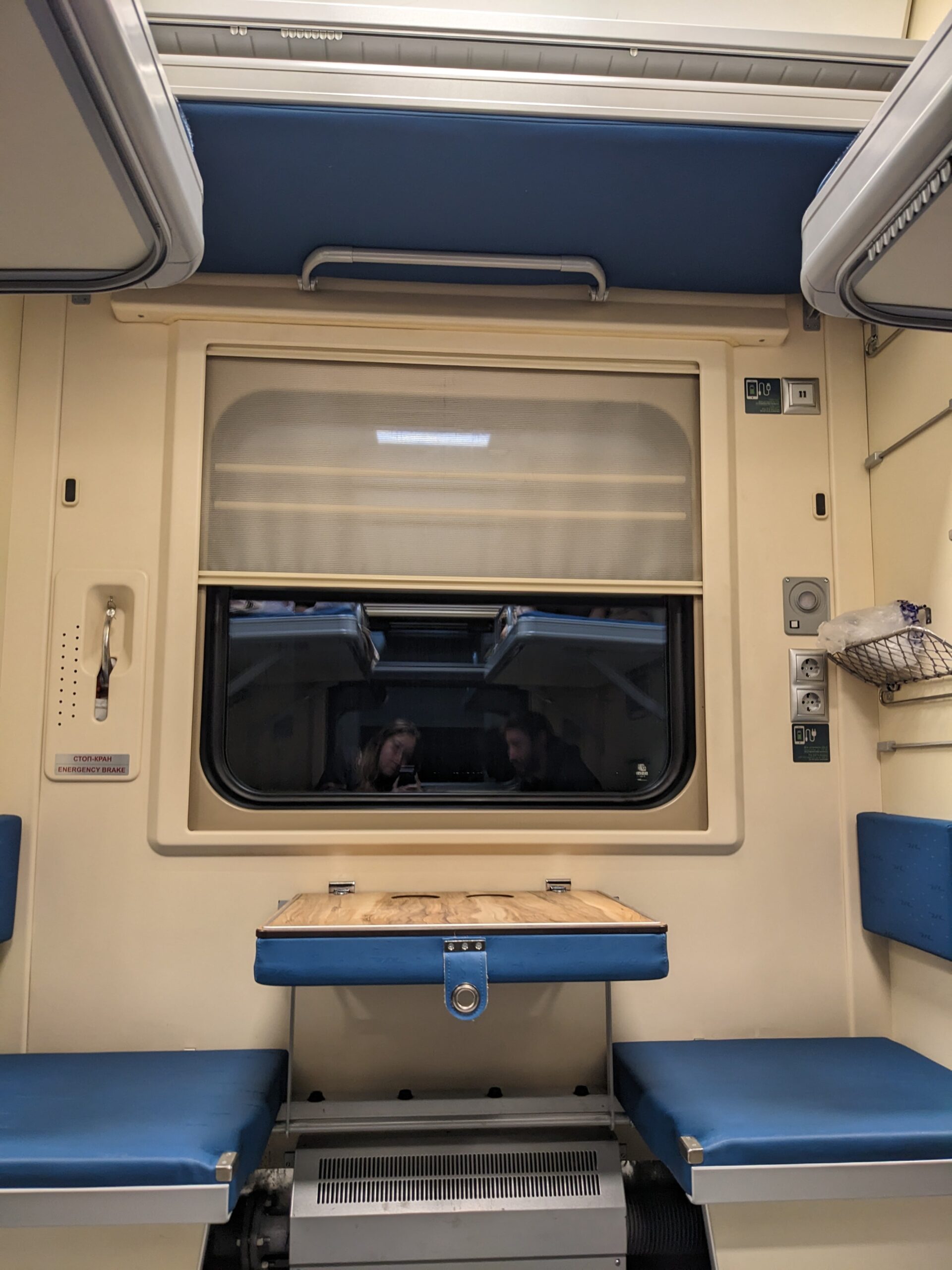
What facilities are on board?
There are toilets and evidently a shower (because we were given a towel with our bedding), but we didn’t try it out.
There is nowhere to buy food on board, so you need to buy everything that you would need for the whole journey in Tbilisi beforehand. Some people brought small kettles with them. Others brought litre bottles of vodka. There is a water dispenser, but I would still recommend bringing your own water.
The top bunks have access to a thin window, while the bottom bunks have a small table in between them. Each bunk has power outlets, reading lights, a couple of hooks to hang up jackets and a pocket to put your important stuff in while you sleep.
The bottom bunks have luggage storage under the bunks, while the top bunks have luggage storage above the bunks. So if you have heavy bags, it’s better to go for the lower bunks.
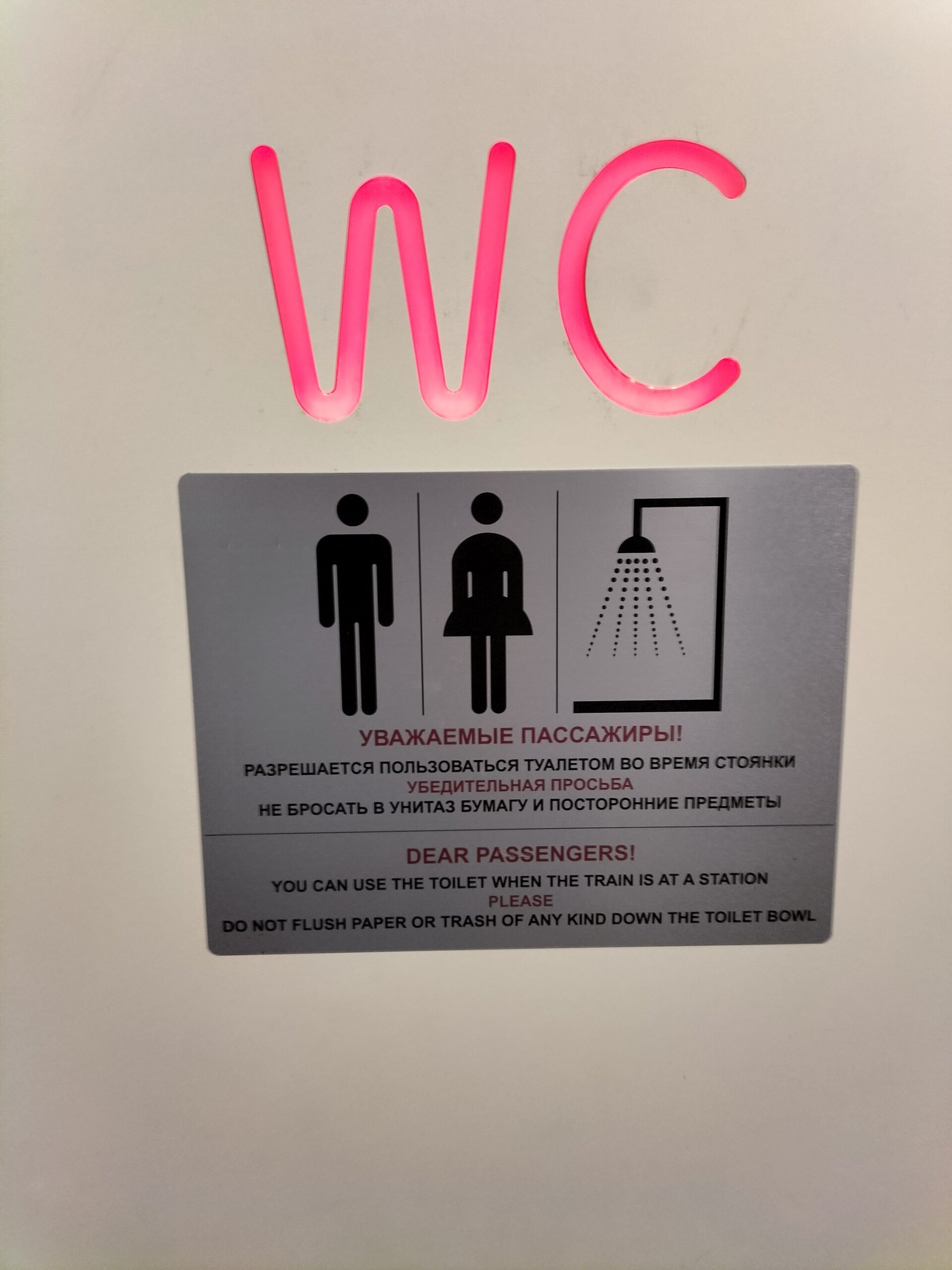
Haven't bought your travel insurance yet?
Definitely buy travel insurance for all of your trips abroad. We have used SafetyWing for the last two years of backpacking, and we 100% recommend it, whether you are travelling for a couple of weeks, months, or years. And it is the most budget friendly, best value option out there!
Purchase your SafetyWing Travel Insurance here.
How is best to buy tickets?
We bought our tickets at Tbilisi Central station as we didn’t have much luck working out how to do it online. When you reach the station take the escalators to the top floor, and take a ticket from the machine. (There was no one there when we arrived, but still, we were asked to take a ticket.)
Make sure you have cash and your passport with you. If you need cash, the Liberty ATM on the floor below by the Turkish coffee stand does not charge withdrawal fees.
Our third class tickets cost 85.8 GEL each.
I would always recommend booking the tickets at least a few days in advance. Having said that though, there were people buying tickets on the day while we were waiting for the Tbilisi to Yerevan train; they got on with no problems.
How often does the train run?
Now, this is something that is forever changing. Back in the olden days (I mean 2022/23), the Tbilisi to Yerevan train ran every evening in the summer months, and every odd-numbered date in the winter months. This year (2024), my understanding is that the odd-numbered date rule has remained throughout the whole year of 2023 and into 2024. My advice would be to assume that you can only travel on this train every other day, and to be super flexible with accommodation plans.
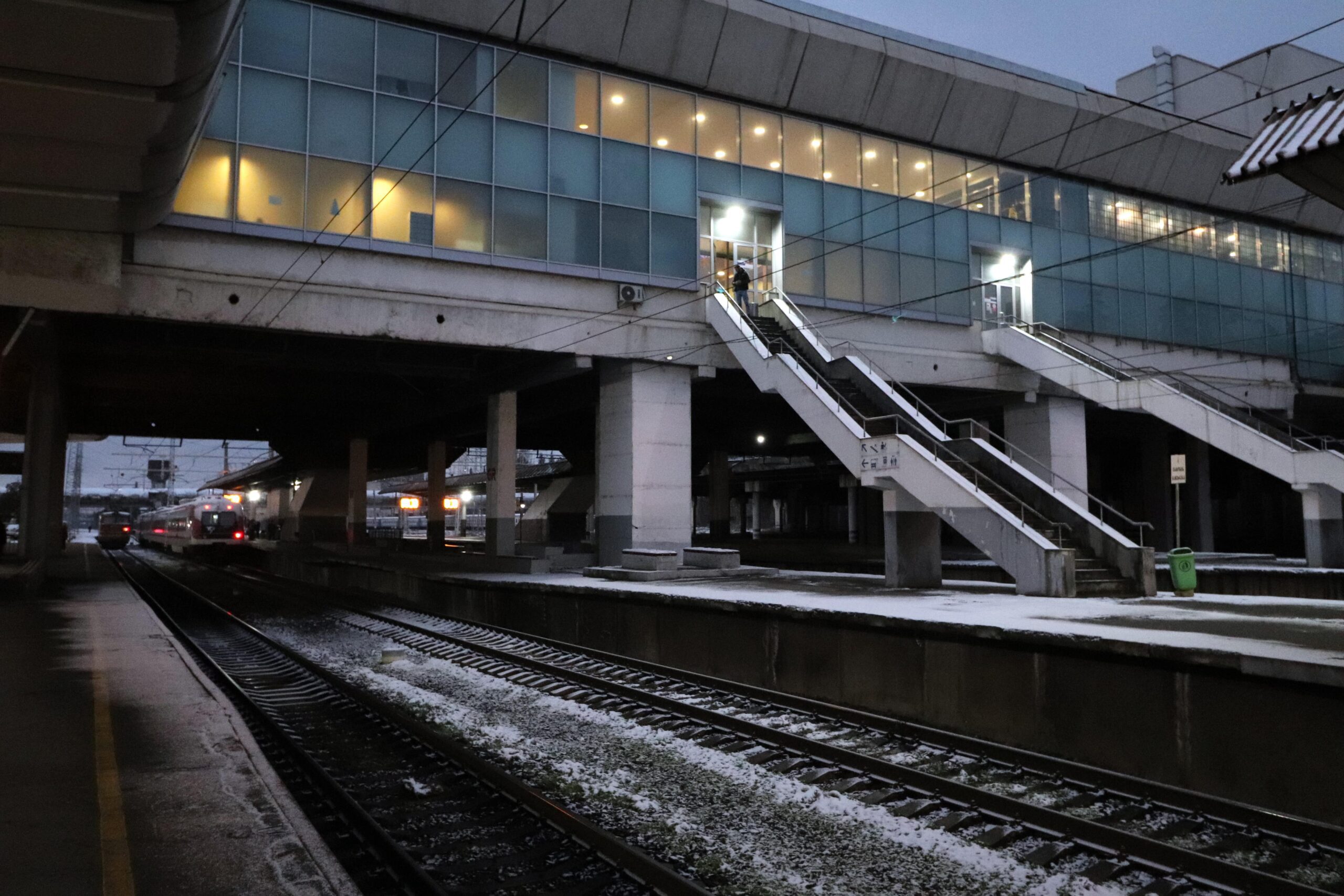
What is the Georgia border crossing like?
You should get to the Georgia border crossing at around 22:00. Everyone had to get off the train and queue to have passports checked and stamped. Once everyone has a stamp and is back on the train, border security walks the full length of the train to double check all the stamps have been issued. The whole process took 60 – 90 minutes.
What is the Armenia border crossing like?
We got to the border at around 00:30. The border guards came on to the train with portable passport checking devices. They scanned everyone’s passports, and stamped them on board. We were the only non-Russian speakers on the train, and so we were unable to communicate with the border guards. Maybe this was a blessing in disguise, because they couldn’t ask us any questions! Again, this probably took about 60 – 90 minutes.
Arrival into Yerevan
So, the rest of the journey is smooth sailing until you reach Yerevan at around 07:00, so you could get a good five hours of solid sleep.
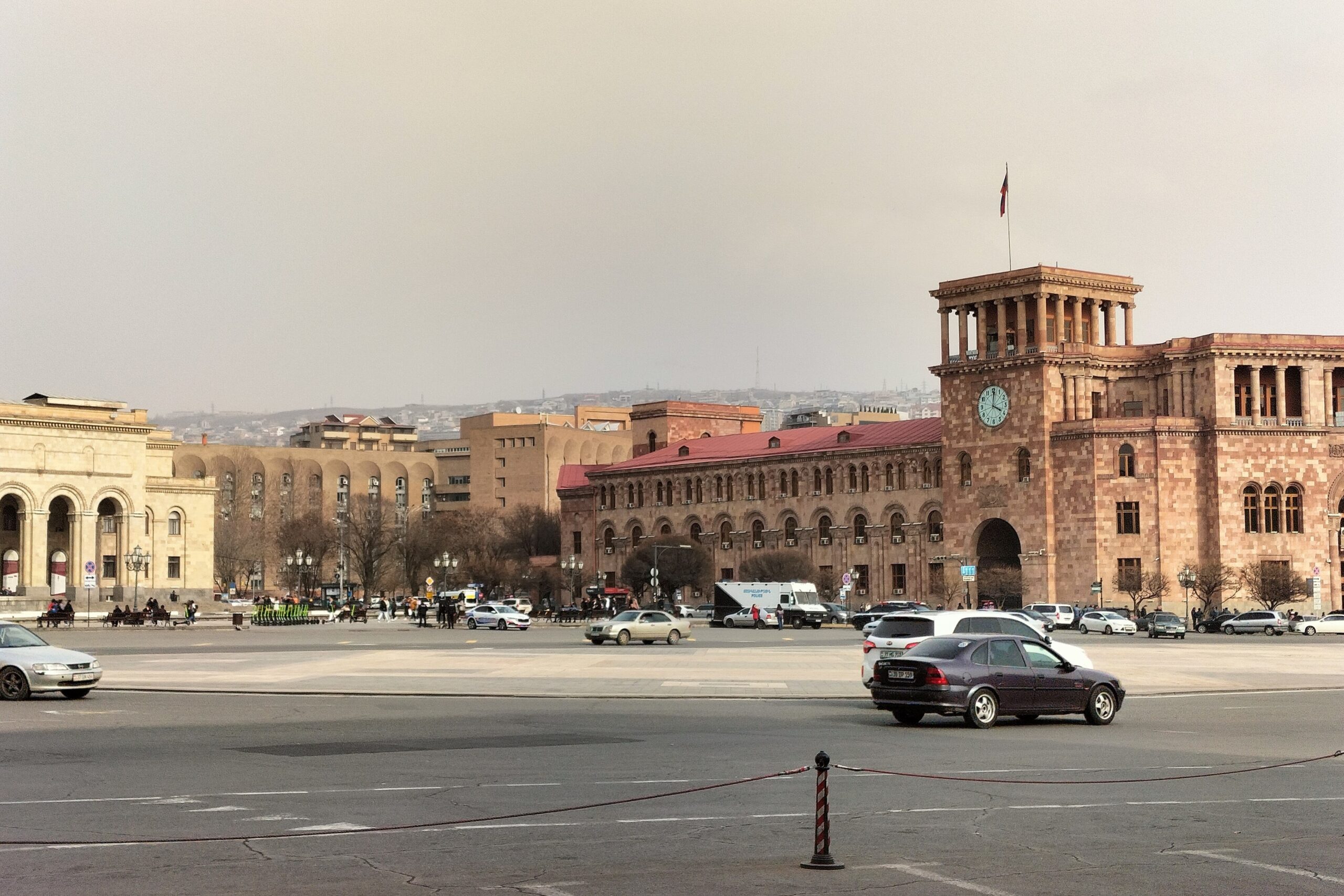
Onward travel in Yerevan
Yerevan Railway Station is right next to Sasuntsi David metro station, so you can use this to get into the centre of the city. The metro starts running at around 07:30, so no need to rush off the sleeper train! You’ll need to pay 100 AMD in cash for a plastic token to ride the metro. There is an ATM in the metro if you haven’t got any local currency yet.
Otherwise, you can jump in a taxi. I would recommend downloading GG Taxi, a local Armenian taxi app so that you don’t have to barter with the drivers. You’ve only just entered the country, you don’t know the going rate of a taxi ride, haven’t got a grasp of the new currency yet either, and are tired, which means that taxi drivers are likely to rip you off! Sasuntsi David metro station supposedly has free wifi. If not, see if a local could call you a GG, you can jump in and pay in cash. Everything that you need know about taking public transport in Yerevan is right here in this post.
Read our top things to do in Yerevan here and the best restaurants for vegetarians here – the falafel wrap game is strong!
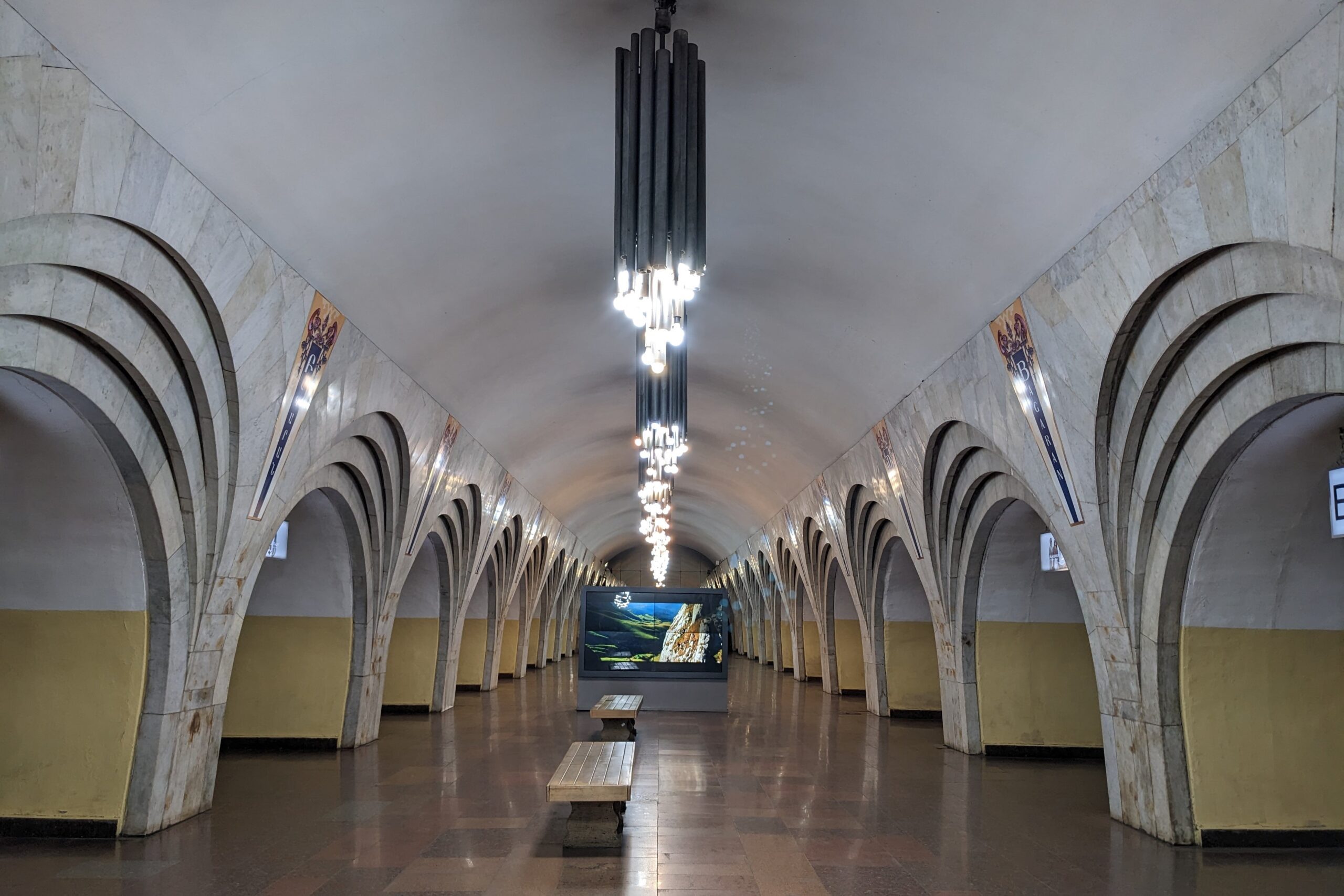
So what was the whole experience like overall?
It was pretty painless actually. The train left on time, the beds were comfortable enough, the border crossings were smooth. My main criticism is the fact that the third class area doesn’t have much ventilation which means that the air gets very breathy and sweaty. It didn’t seem the healthiest especially in the post-COVID era.
But would I recommend the Tbilisi to Yerevan train? Yes. It was an experience to get the old Soviet train to take you from A to B, and it was more comfortable than a marshrutka would have been.
Don’t fancy an 11-hour sleeper train?
I get it, it’s not everyone’s bag. There are a few marshrutkas that run this route every day from Avlabari and Ortachala bus stations in Tbilisi. They tend to leave when they are full, so turn up early and prepare yourself for an hour or so’s wait. The marshrutka will then arrive into Kilikia bus station in Yerevan.
The journey is quicker and cheaper than the train, so if you’ve done the old Soviet train thing, and are just looking to get the journey done, this alternative might be for you.
Marshrutkas are small, have little leg room or luggage space, can get really uncomfortably packed and claustrophobic, and the drivers are generally not the most cautious. Read our guide to all things marshrutka here.
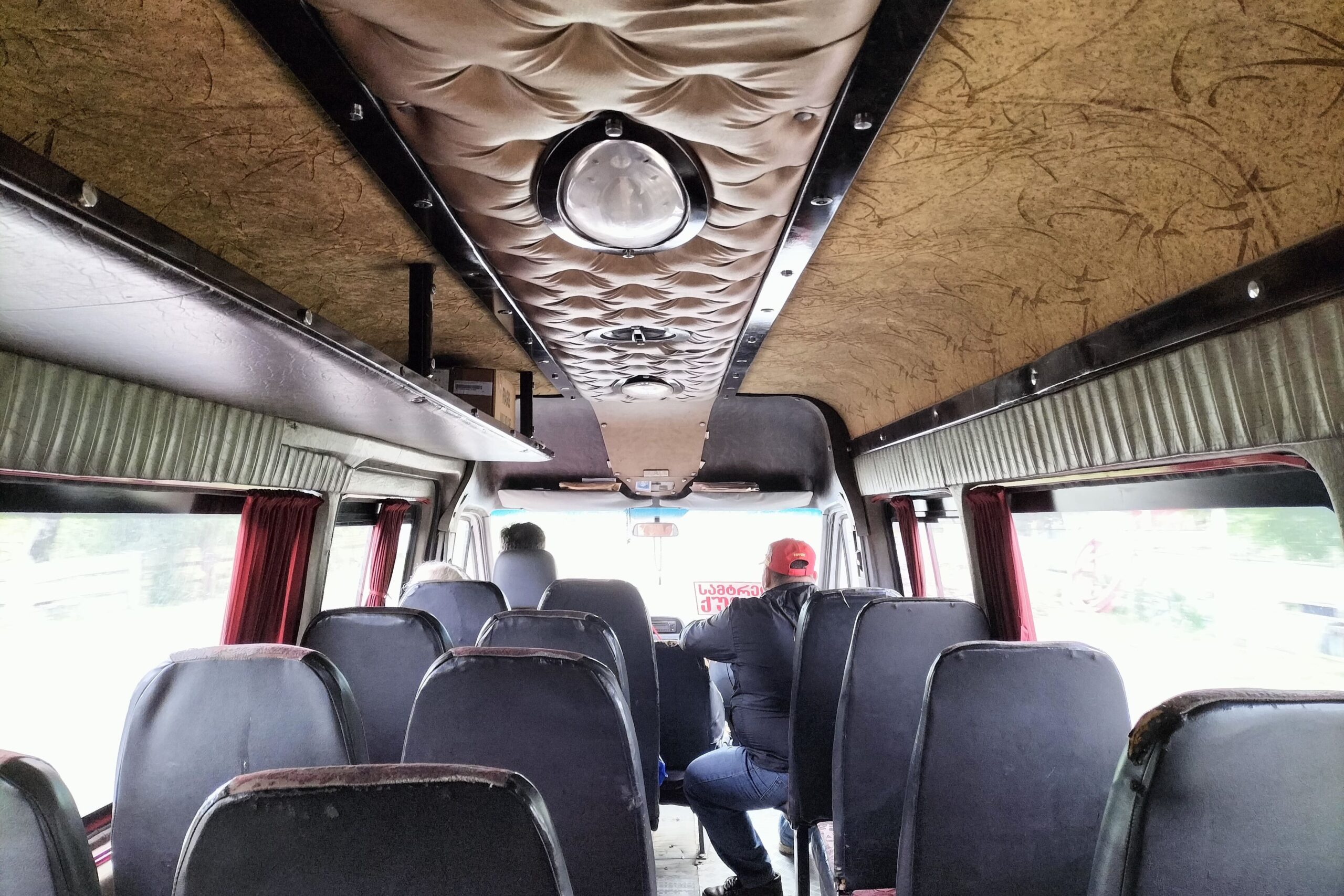
Fancy giving this route a go? Or have you already taken the overnight Tbilisi to Yerevan train?
I’d love to hear your thoughts, recommendations or questions.
Thanks for reading!
Like it? Save it!
